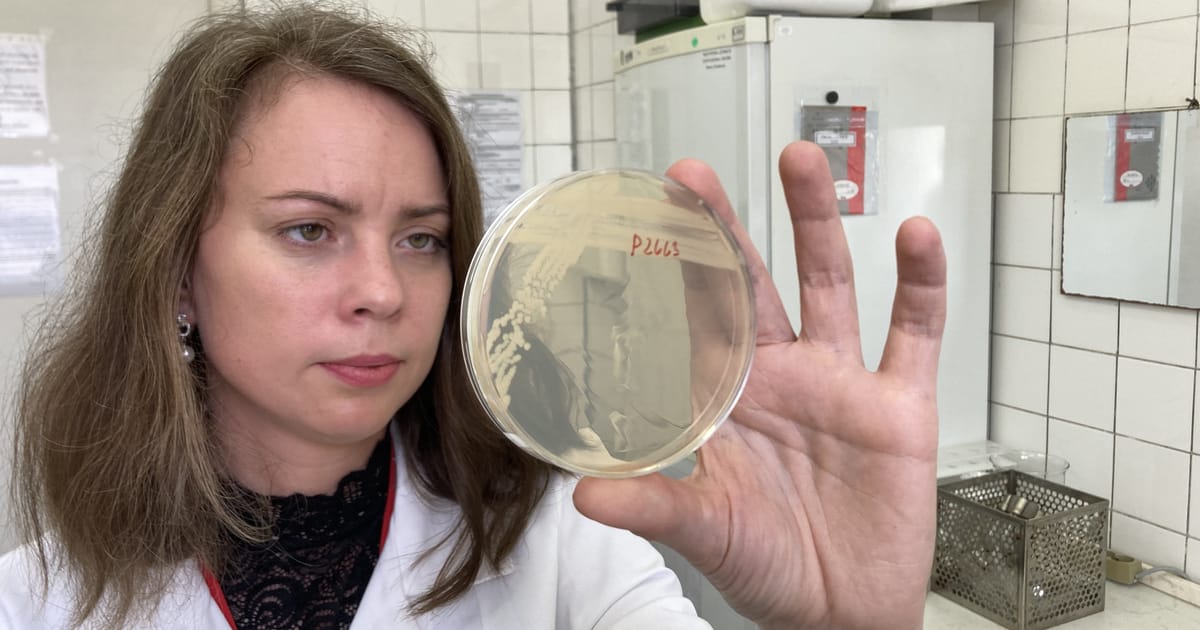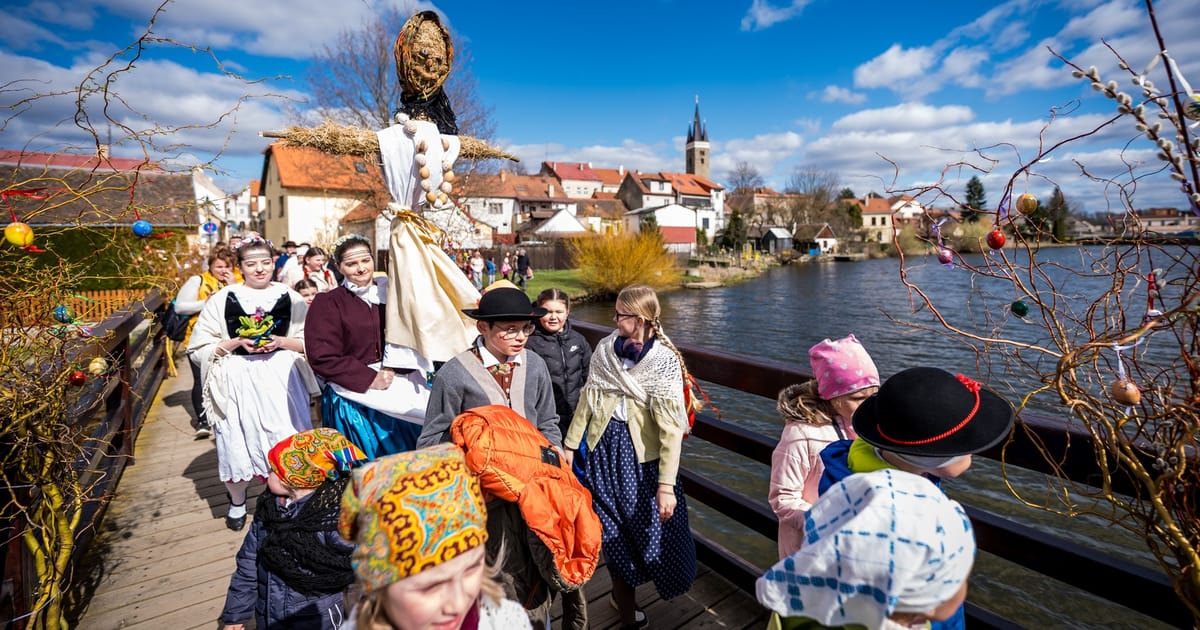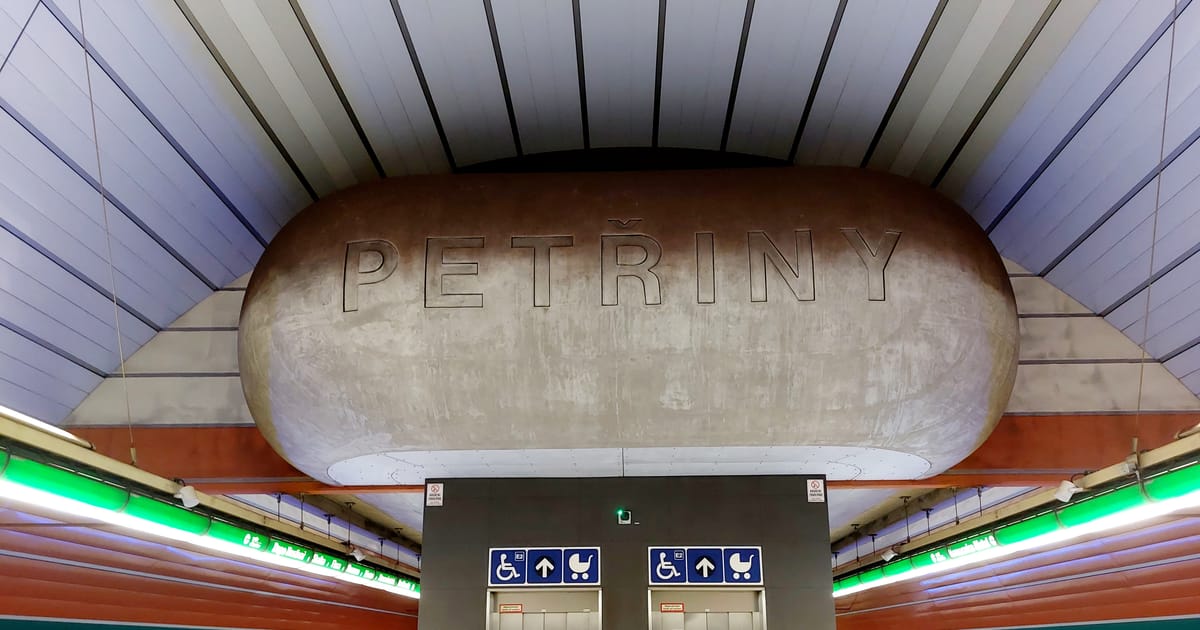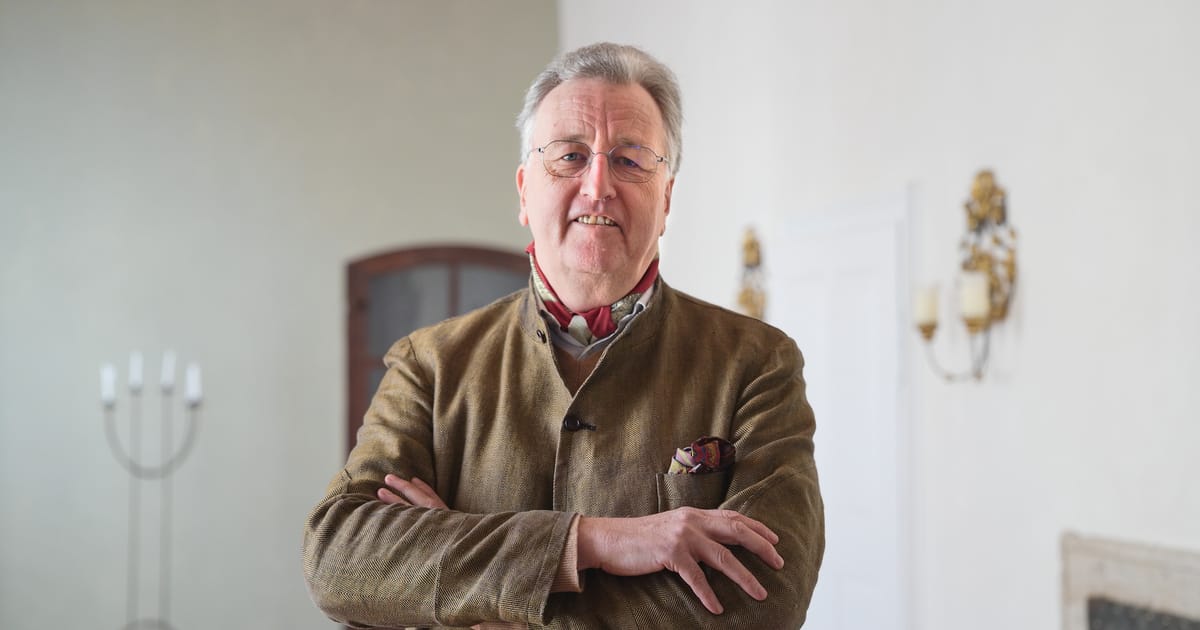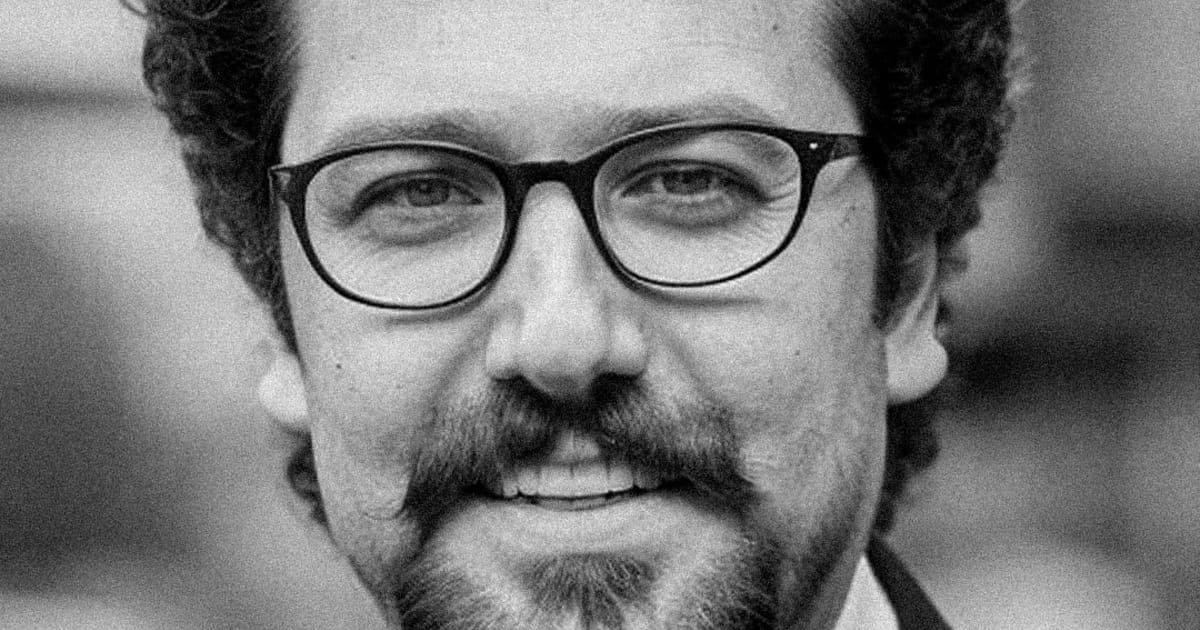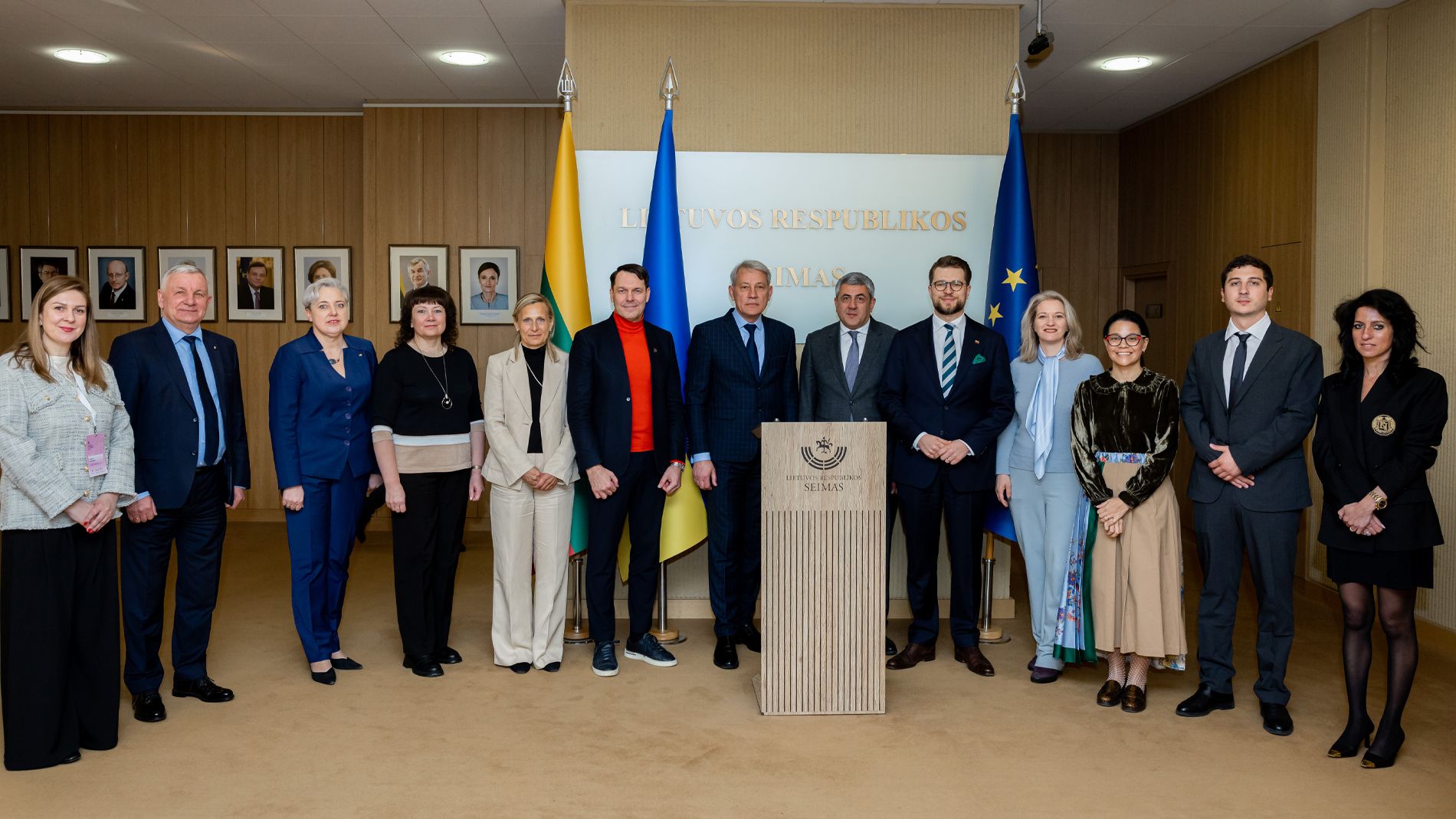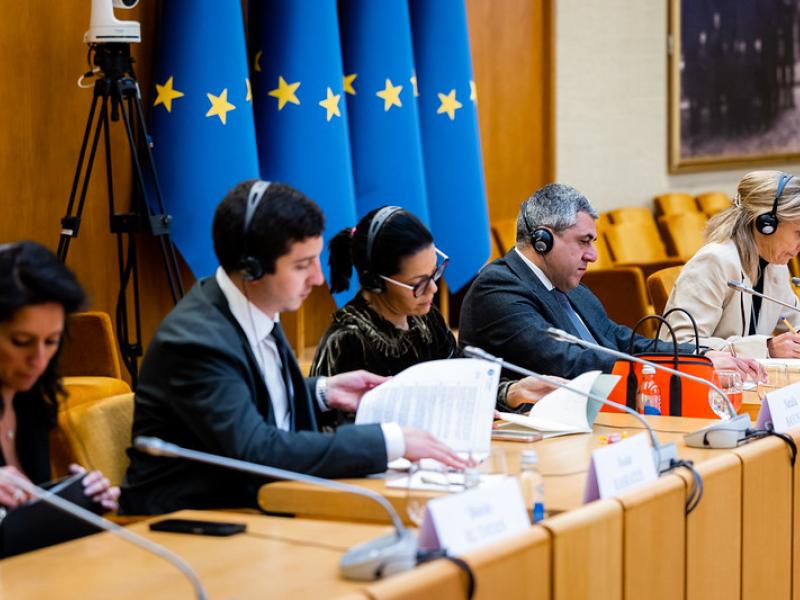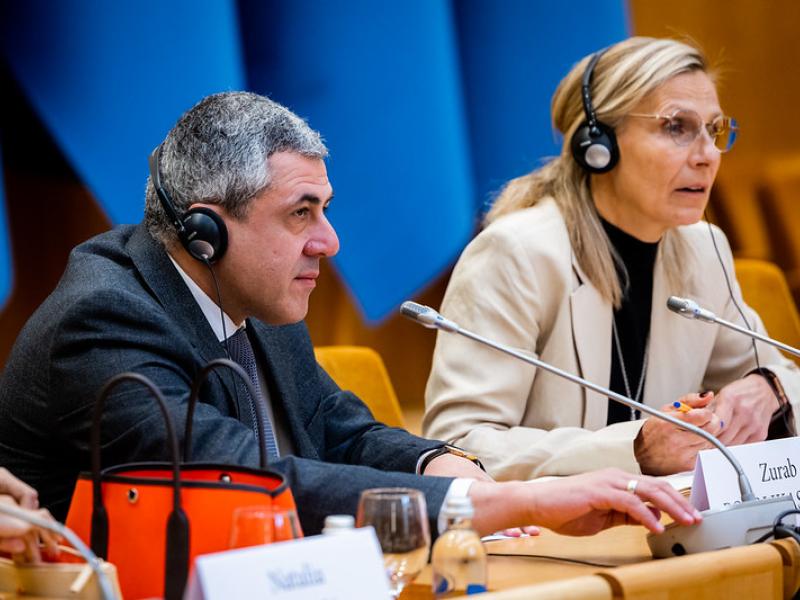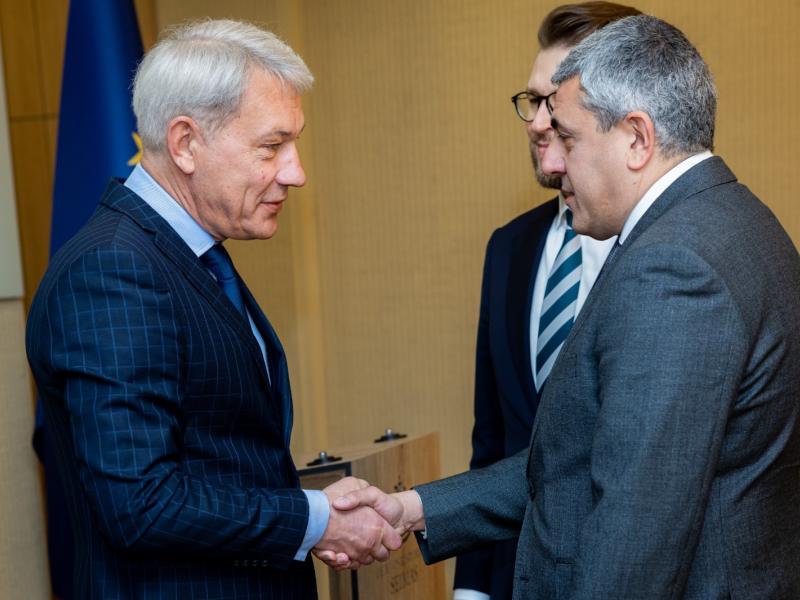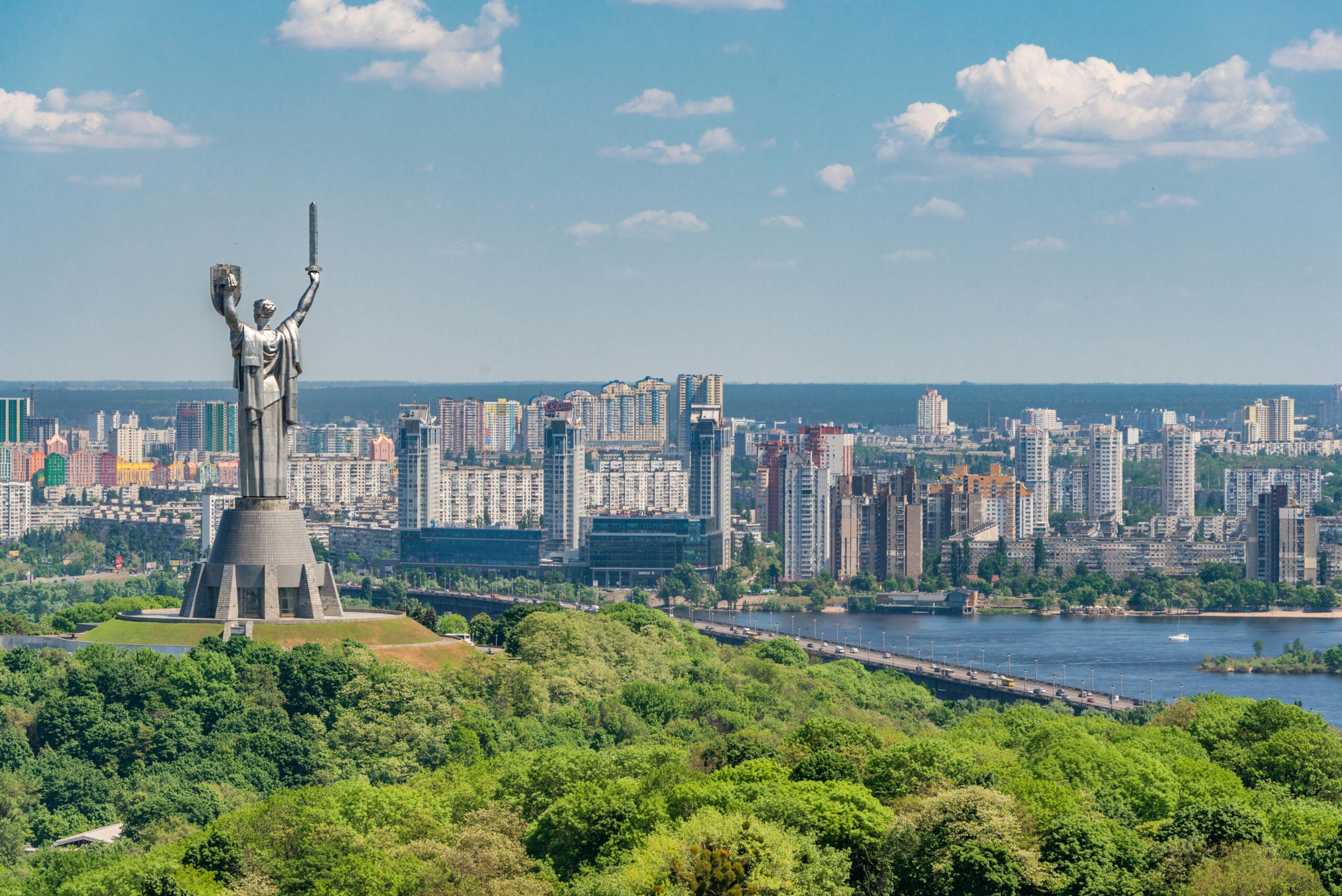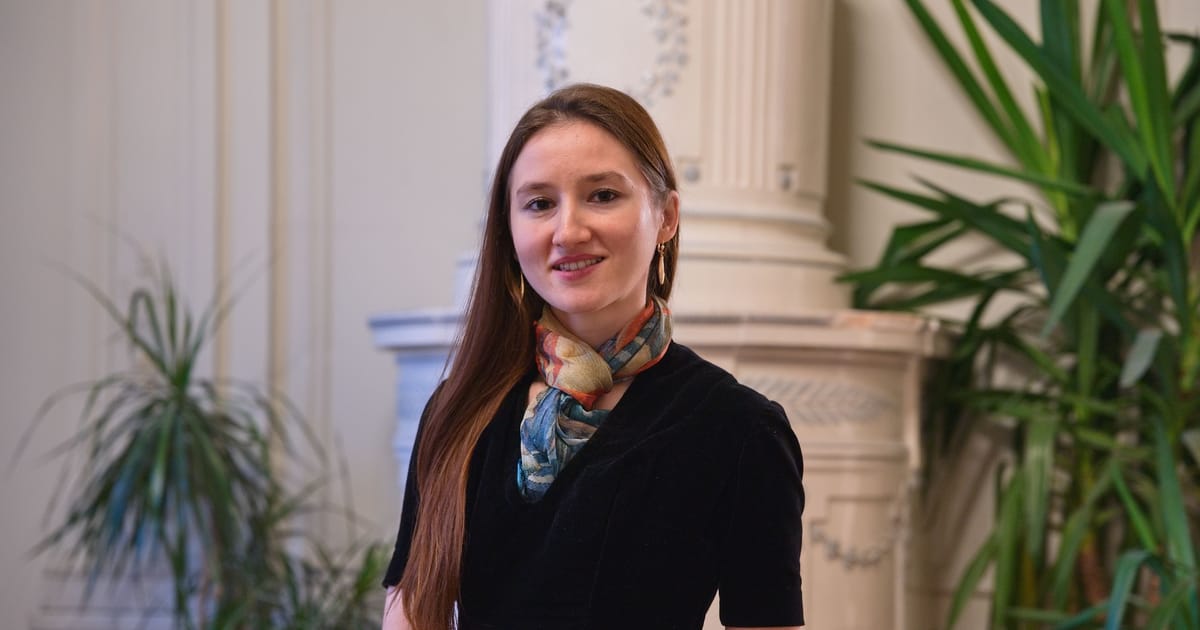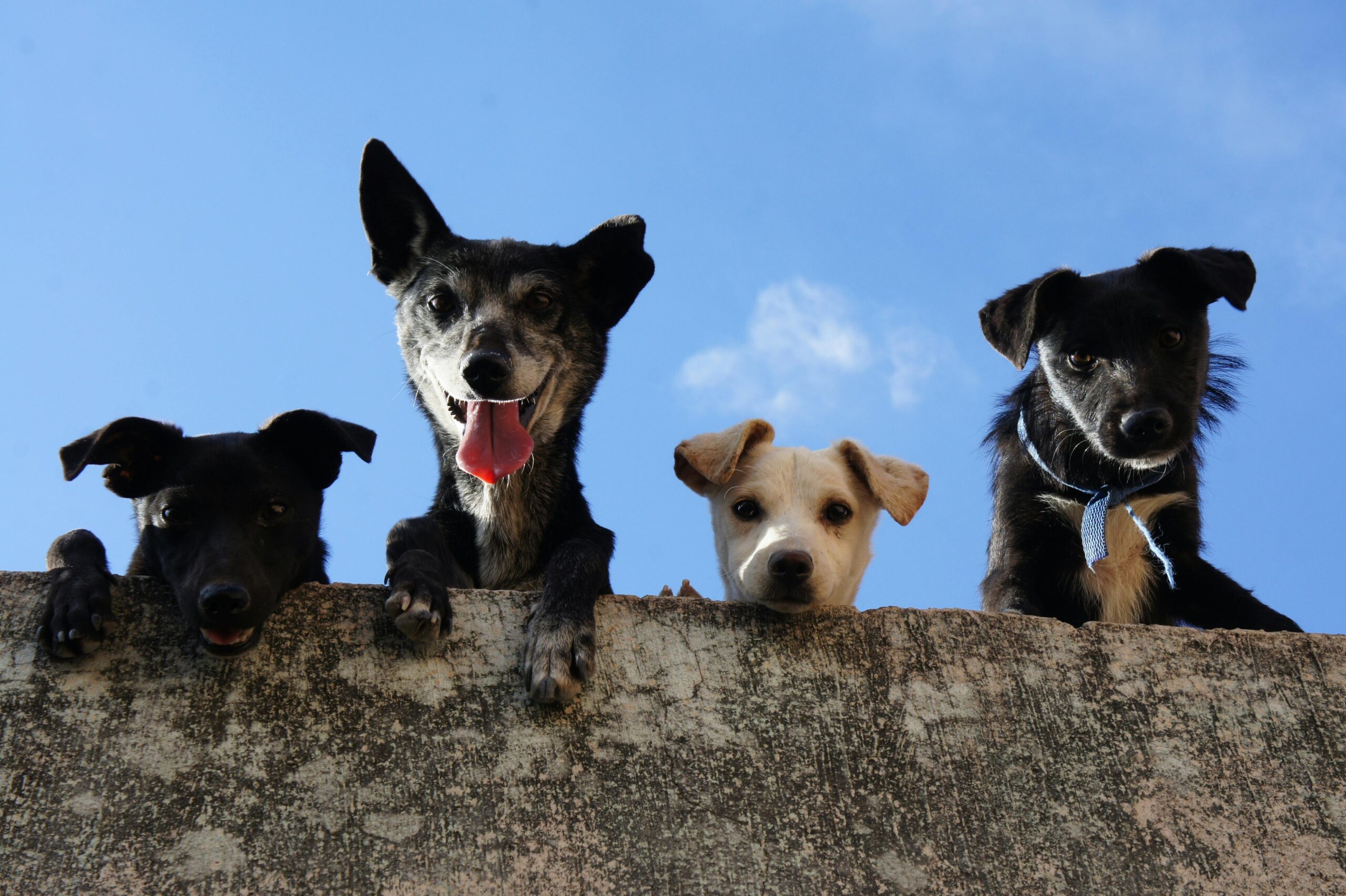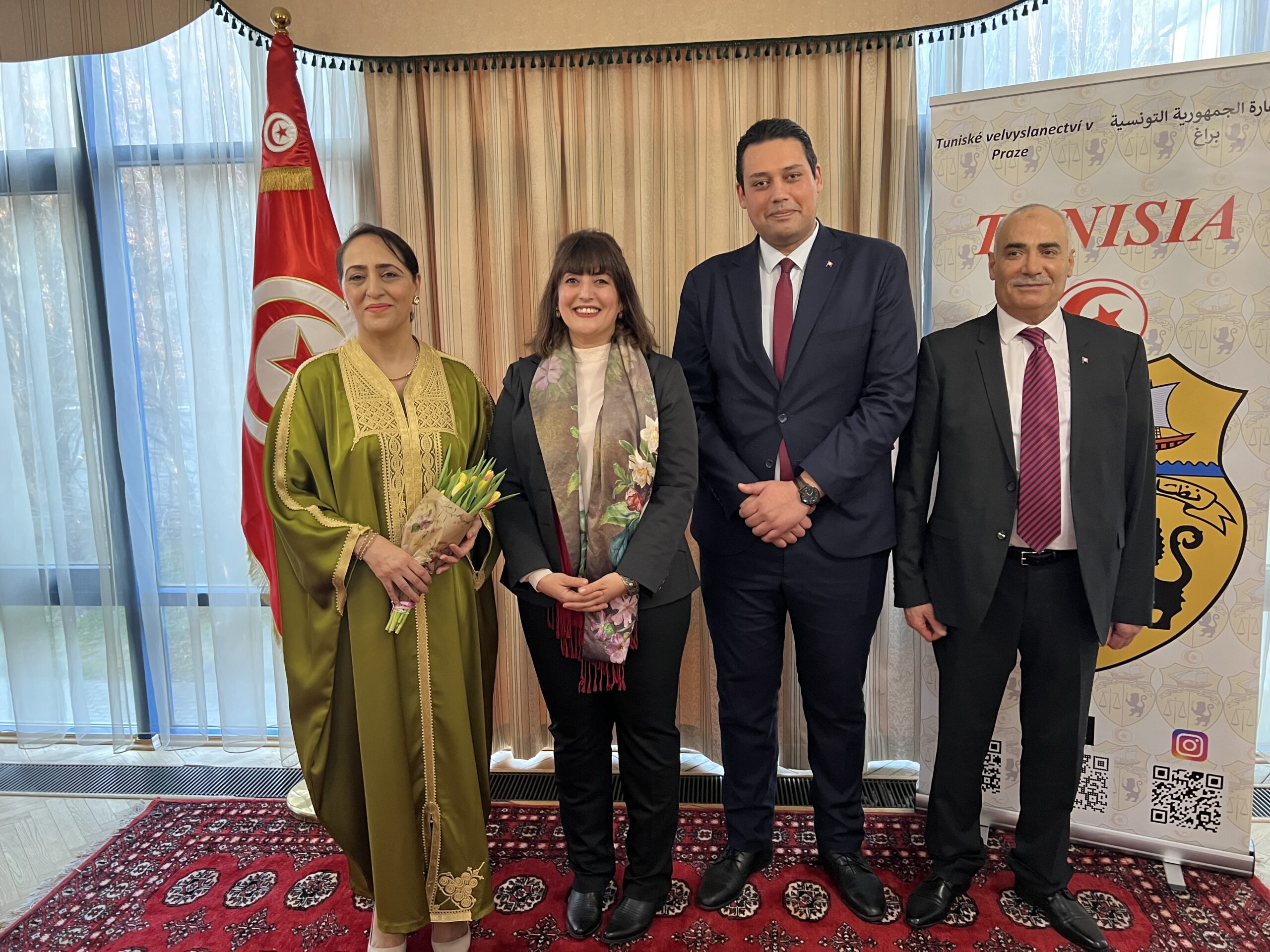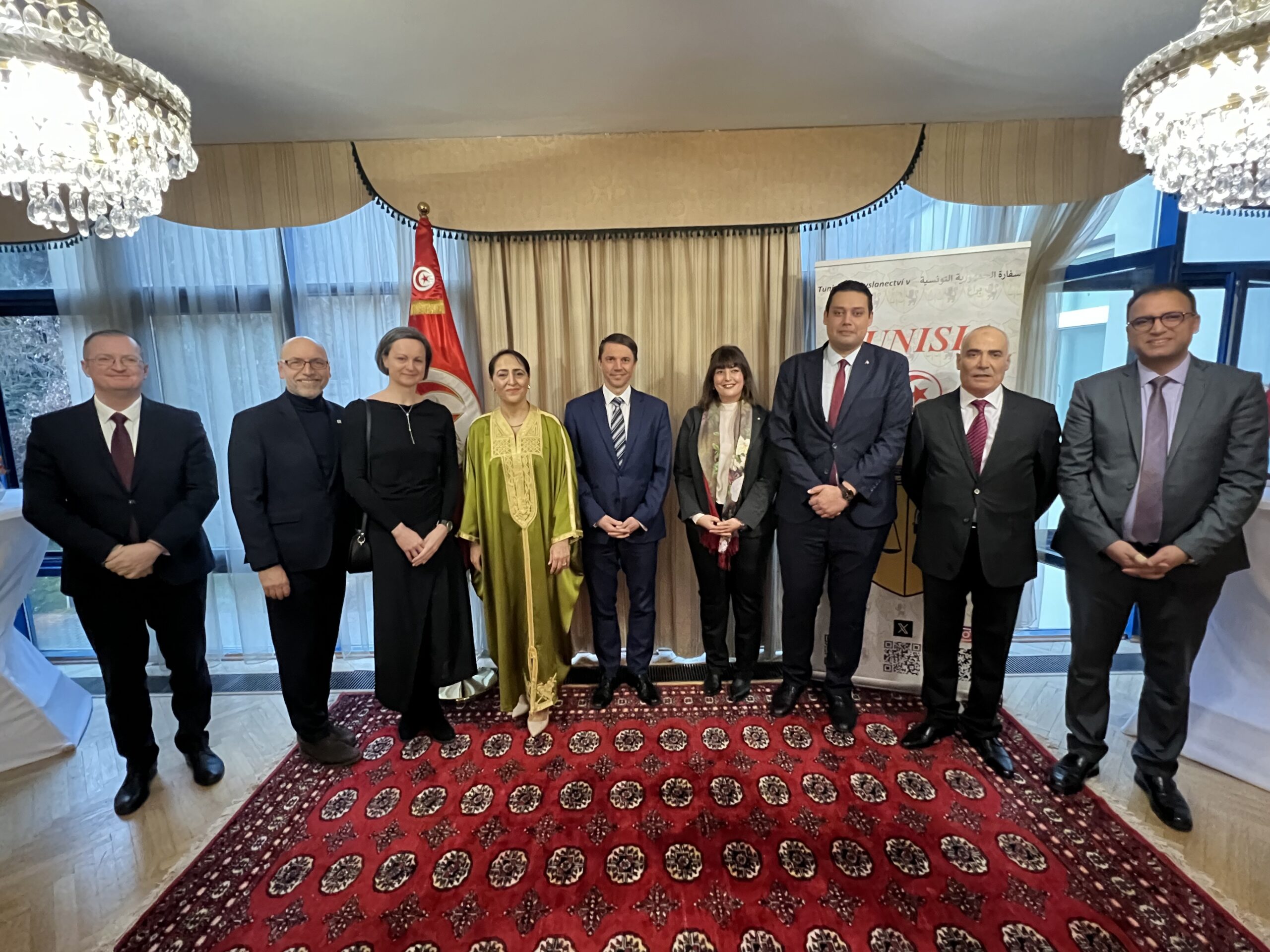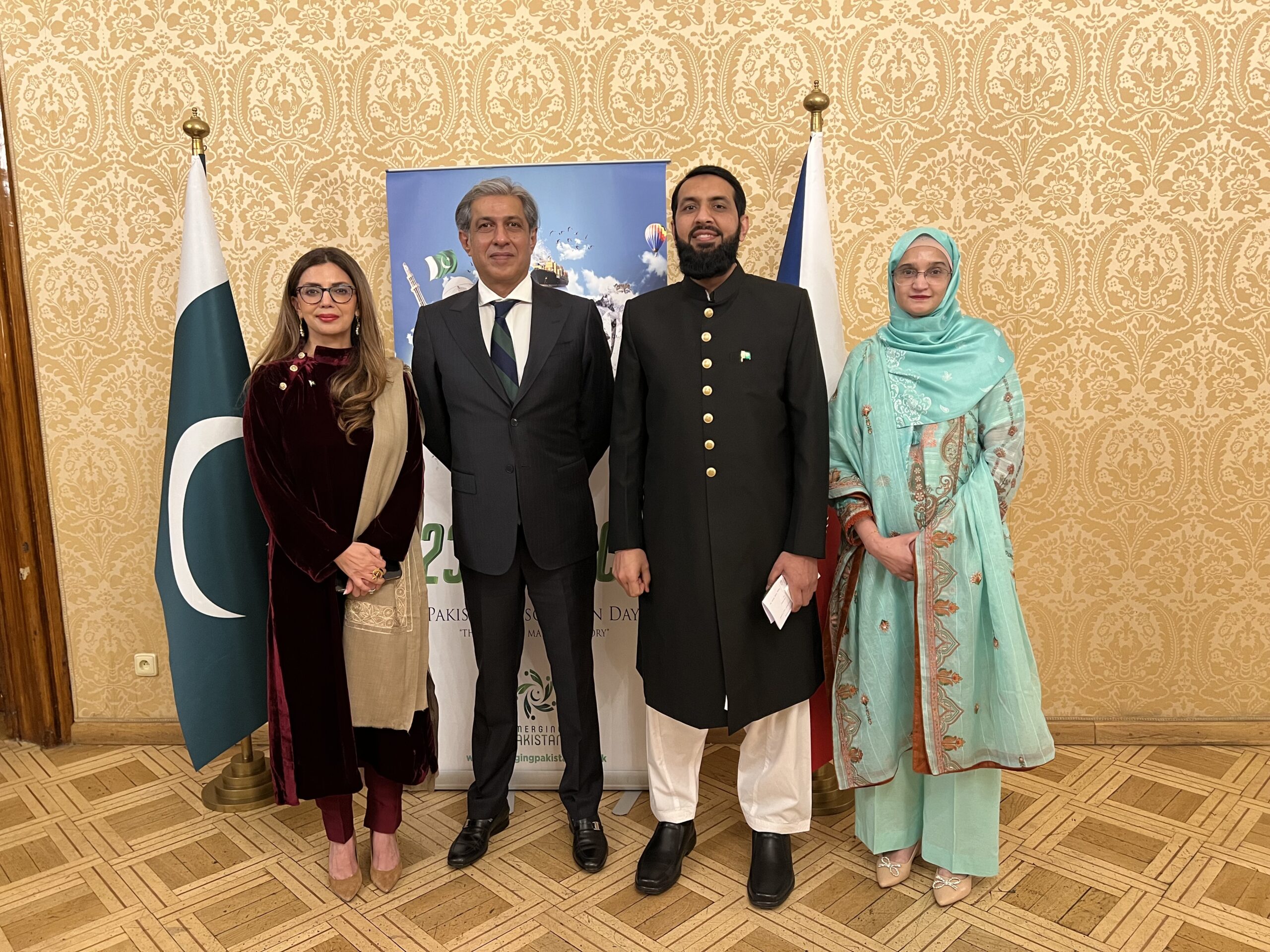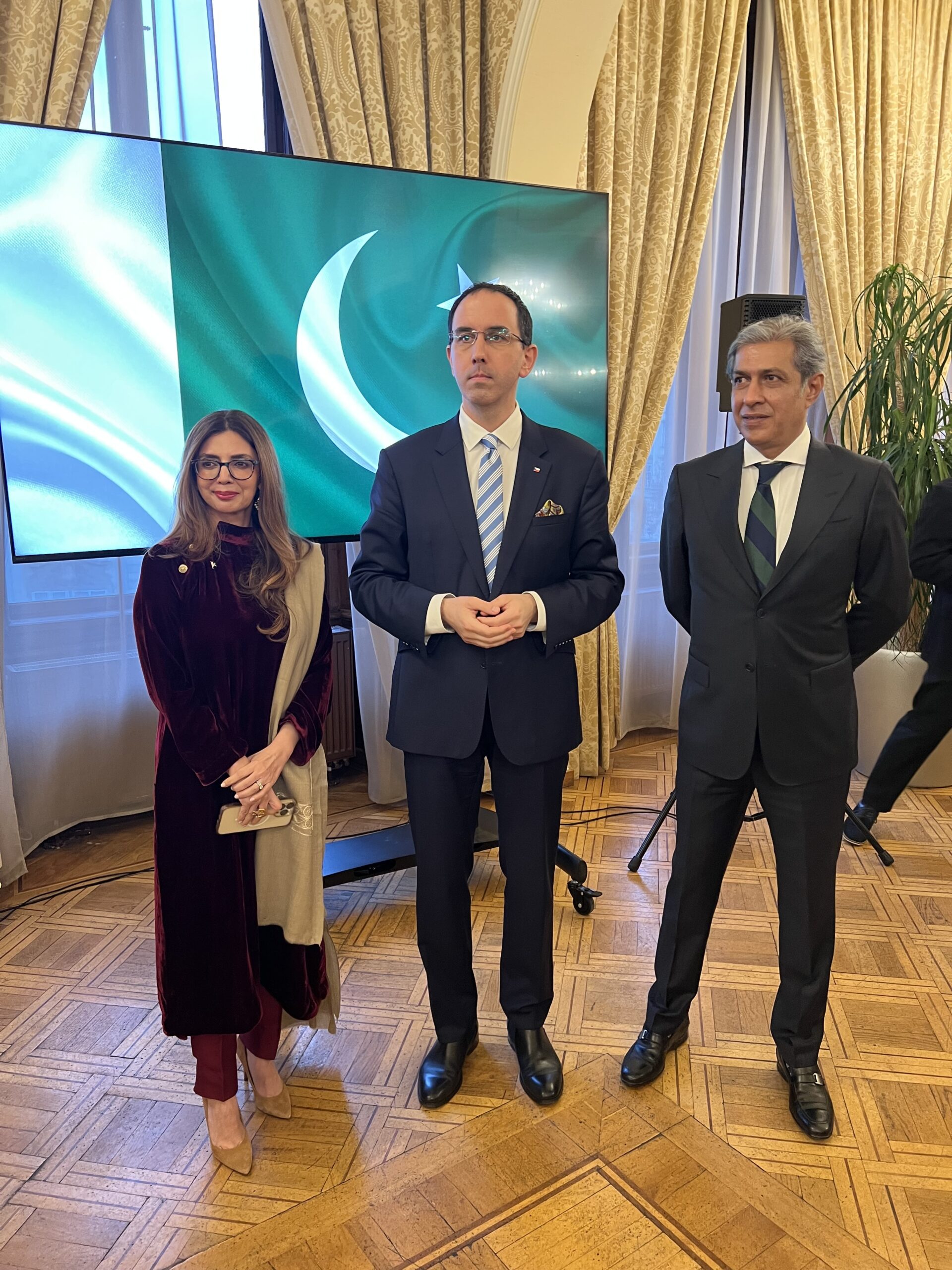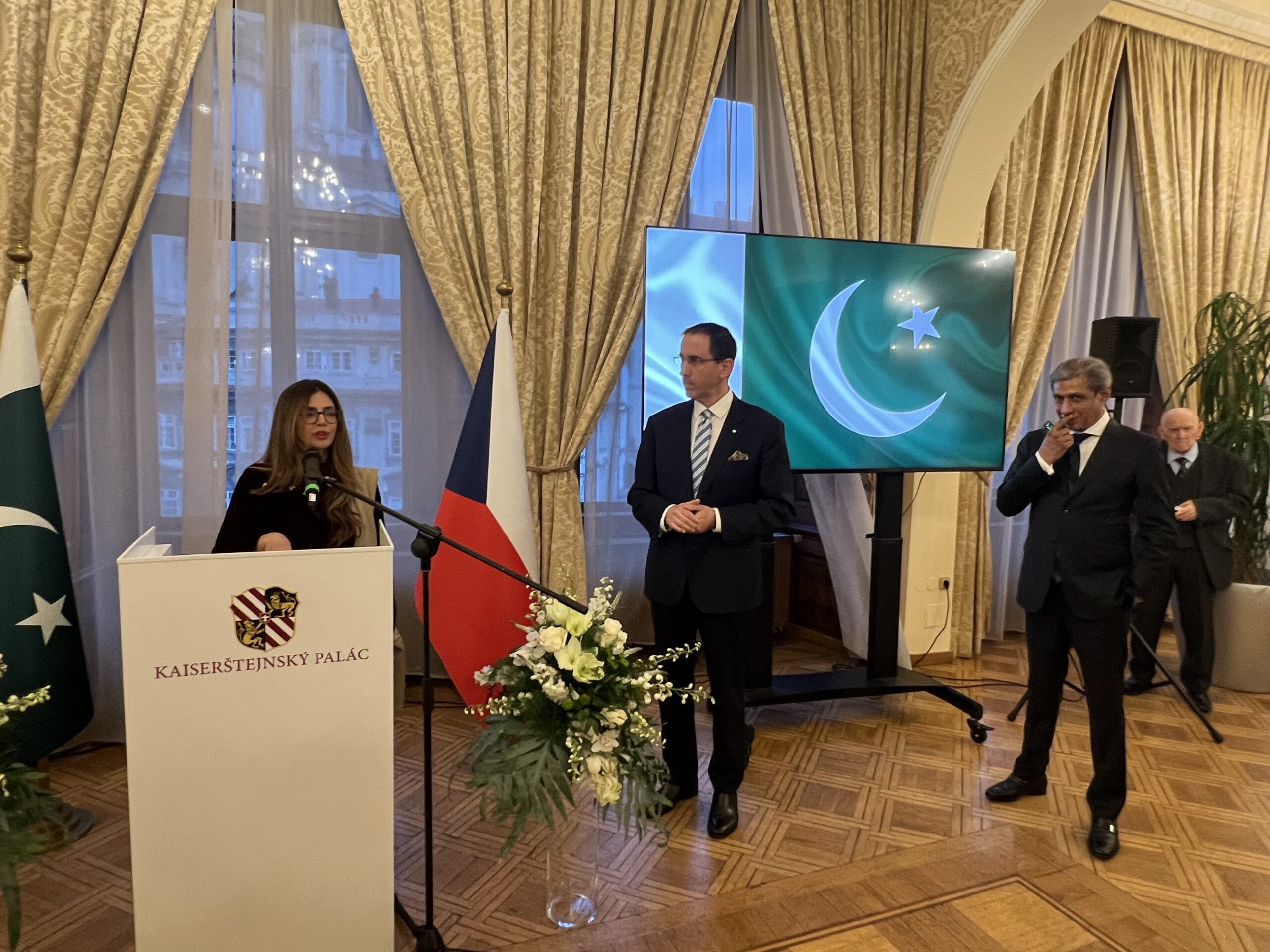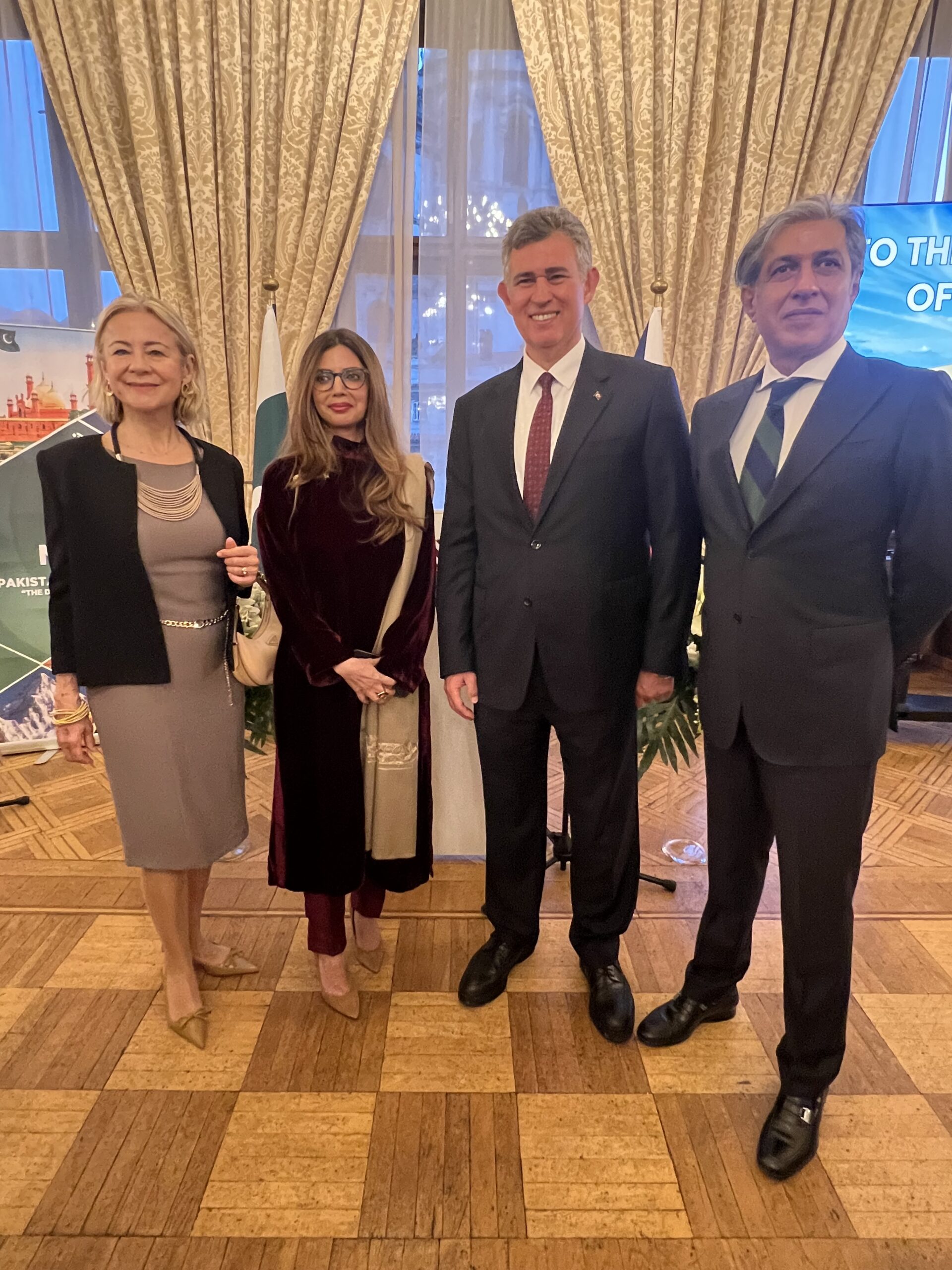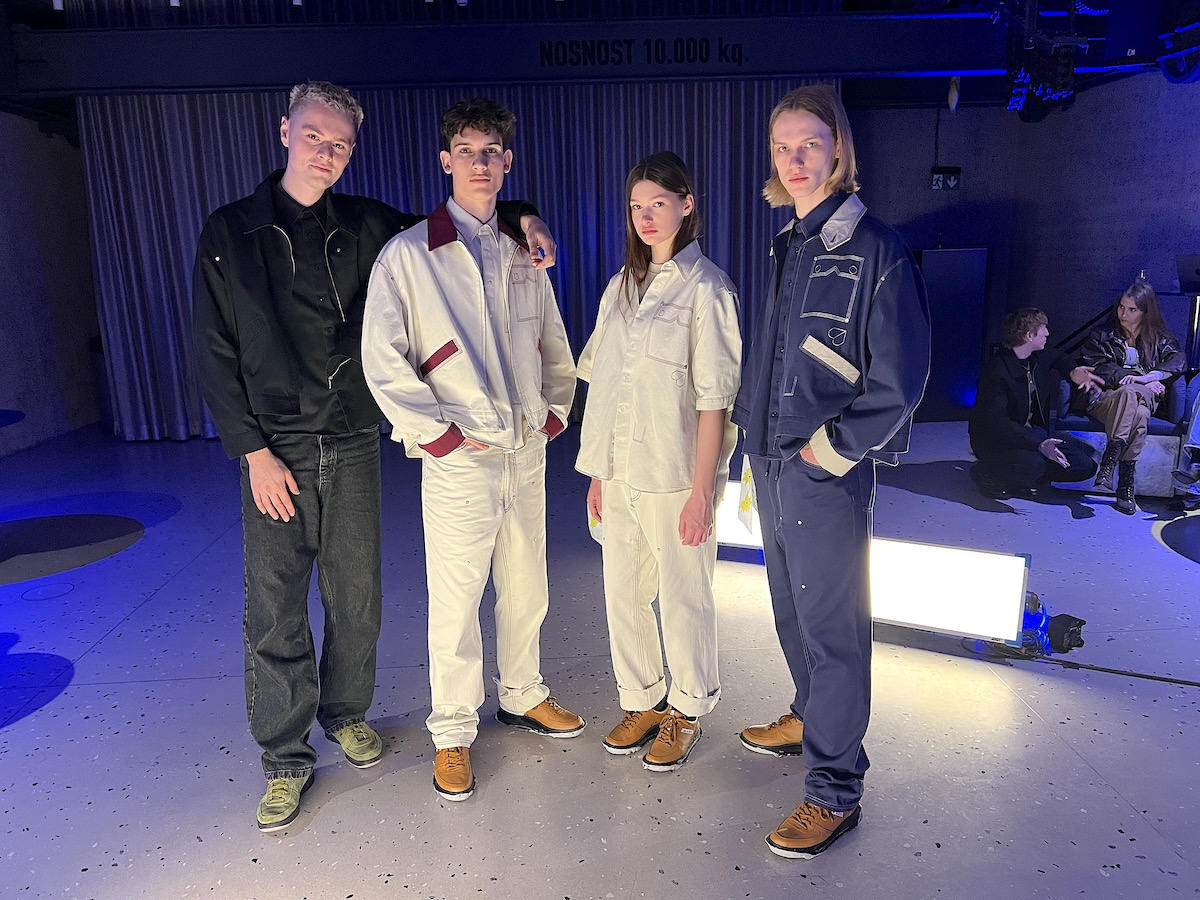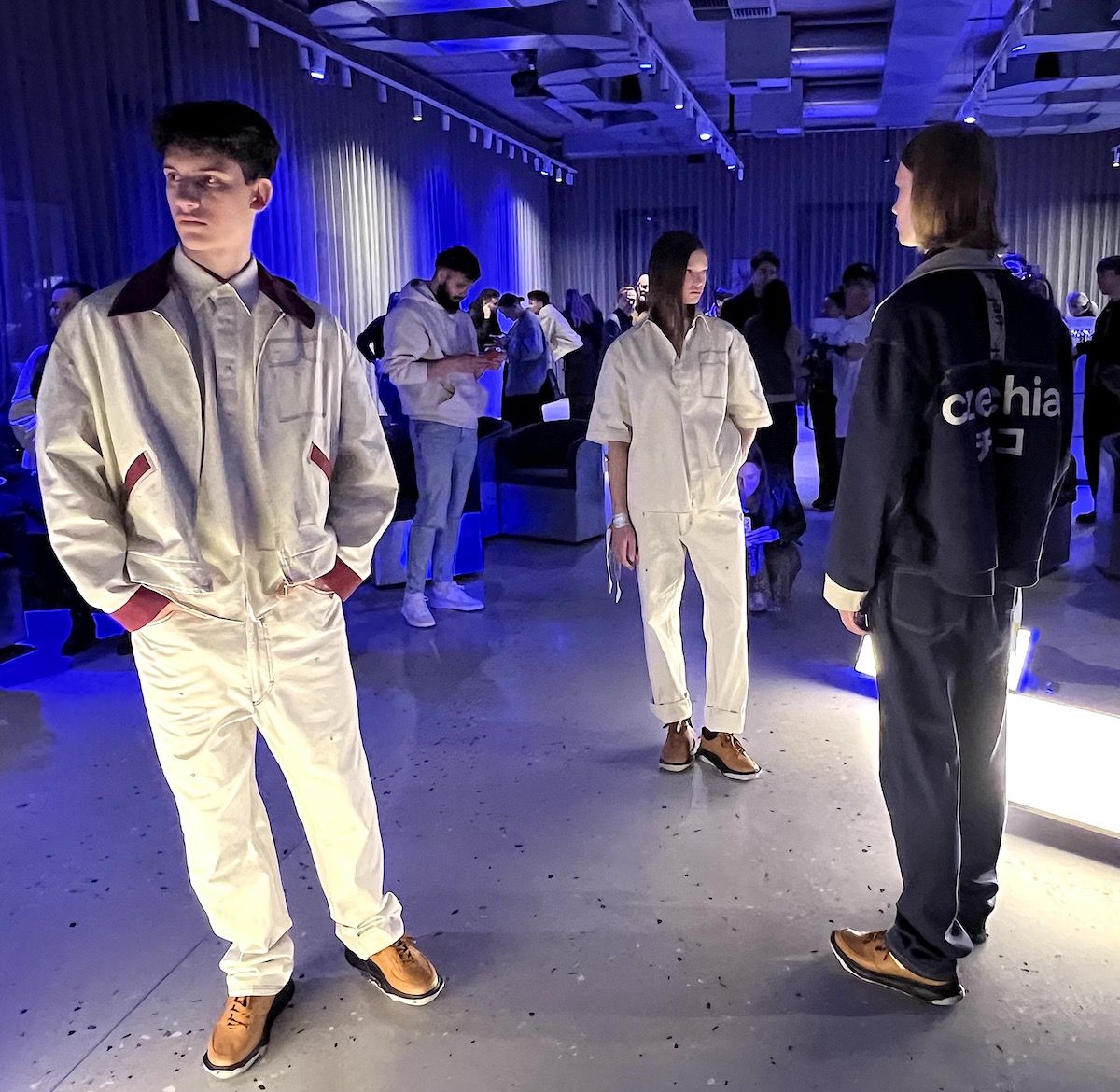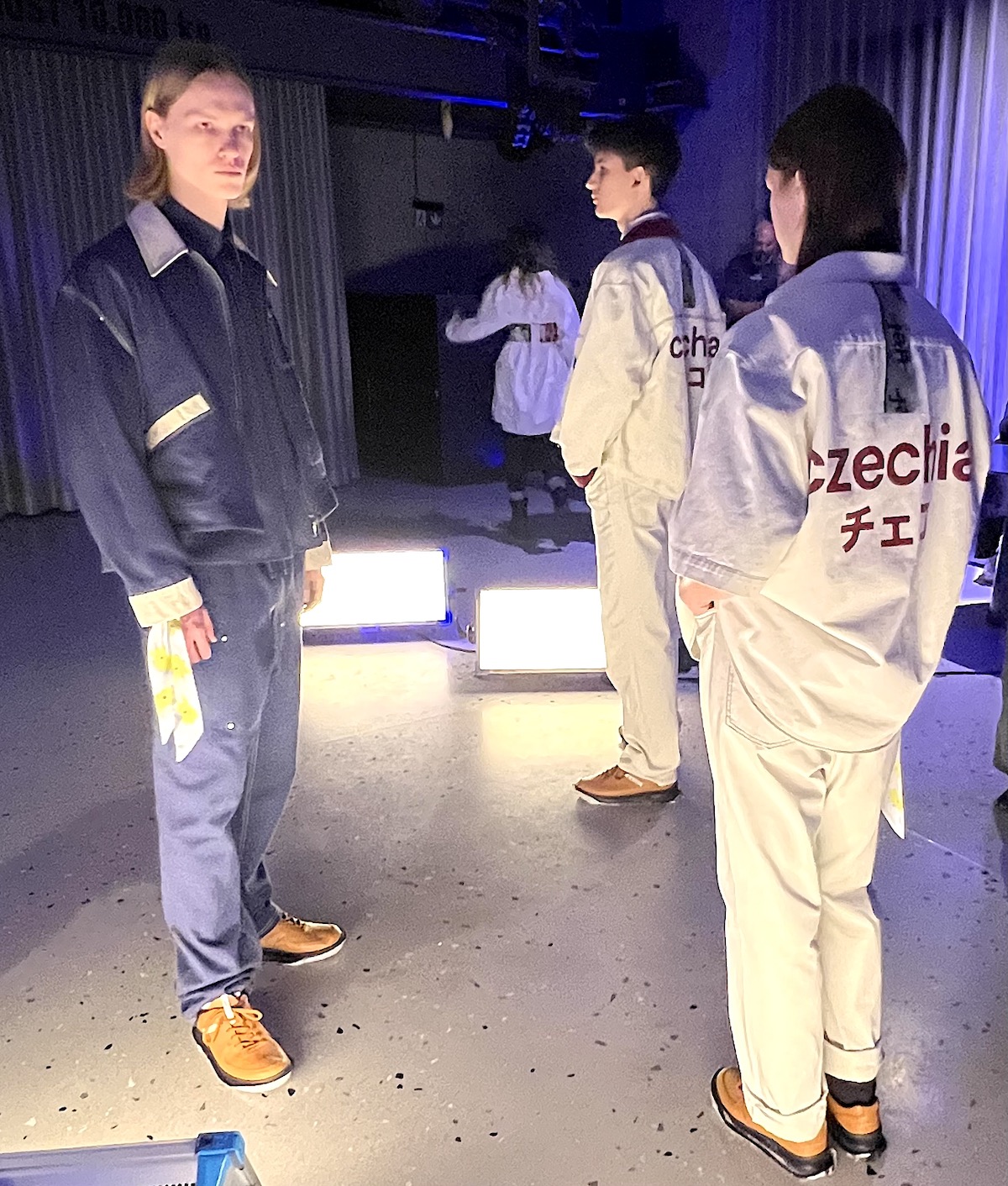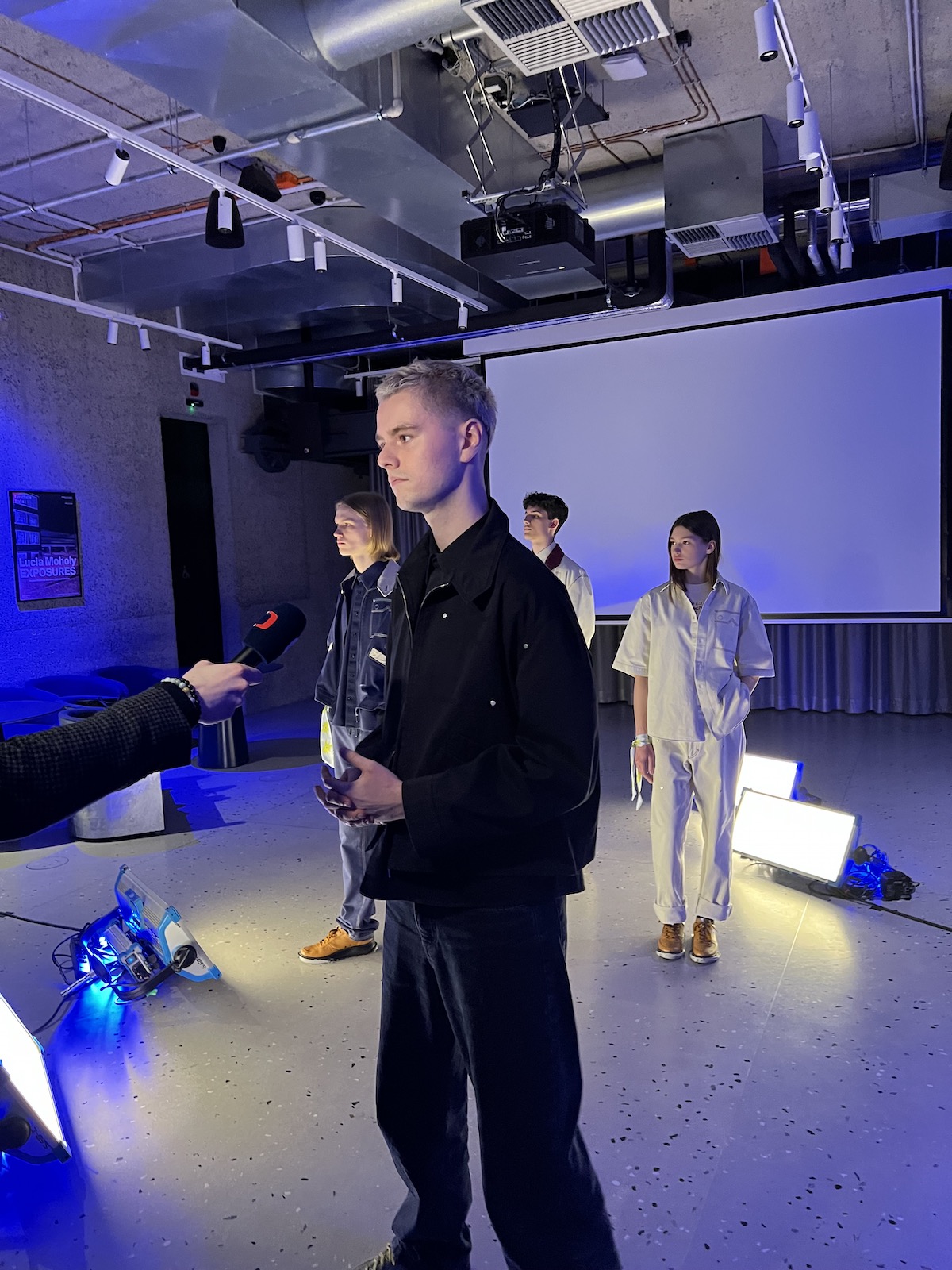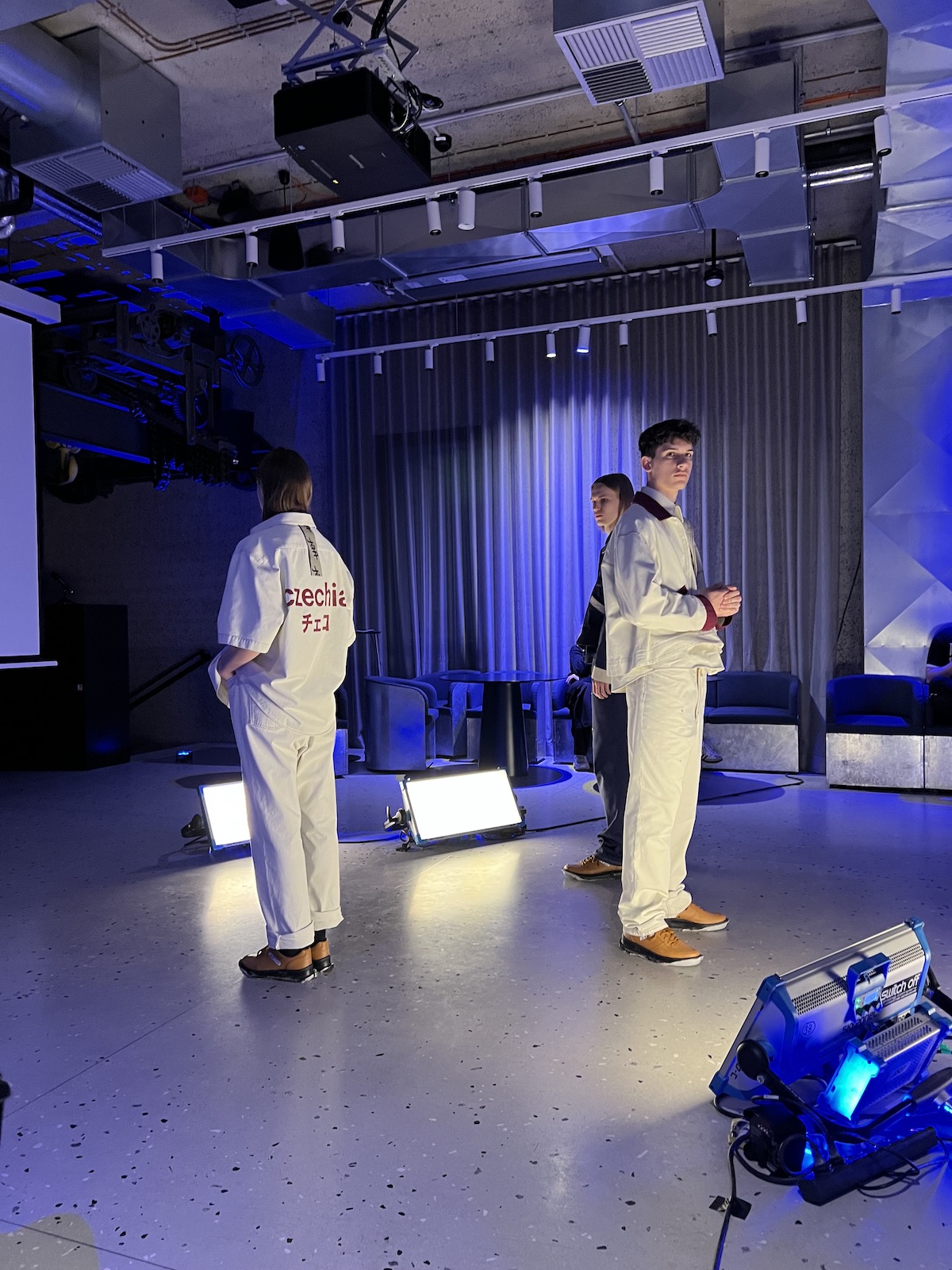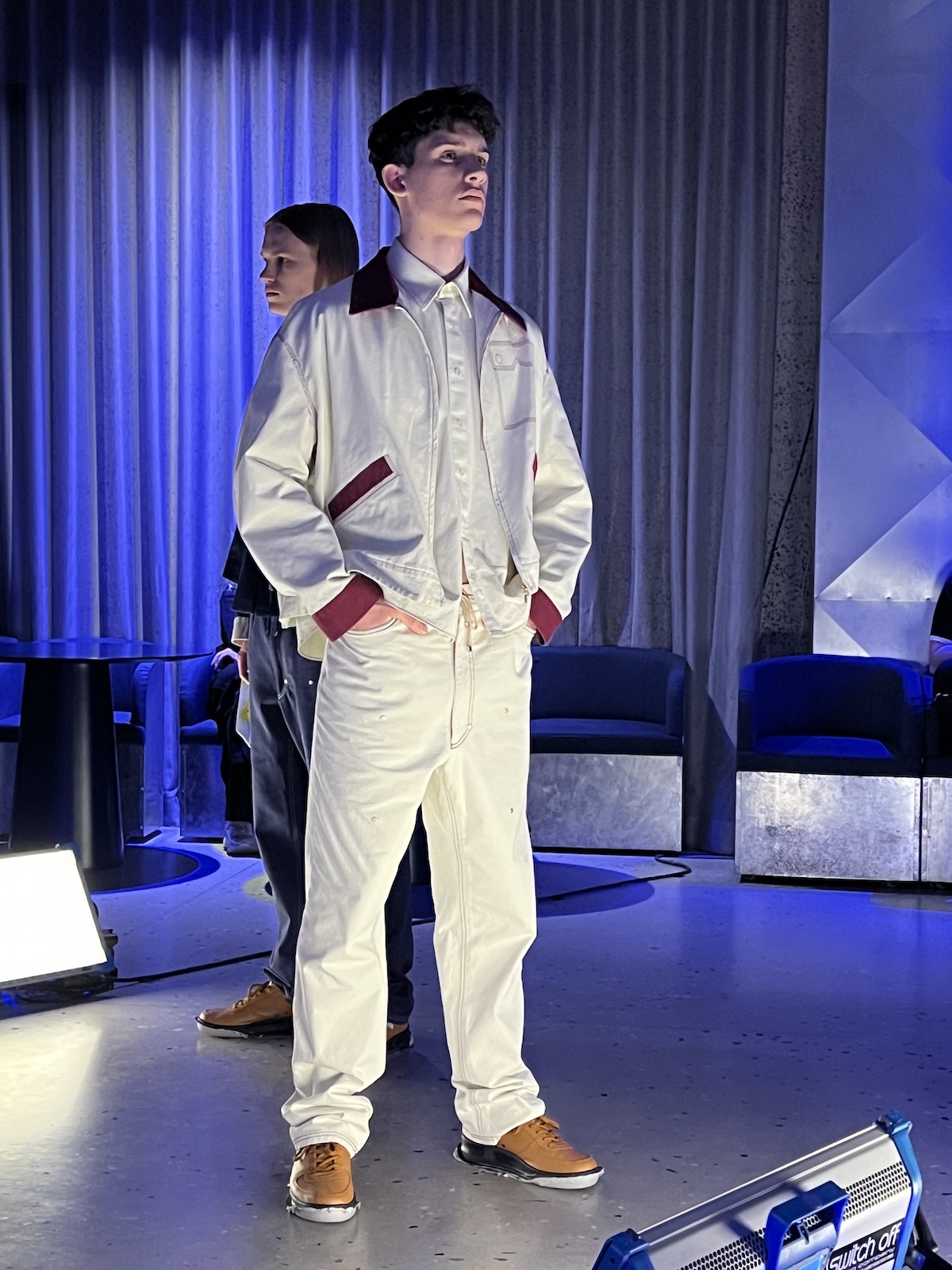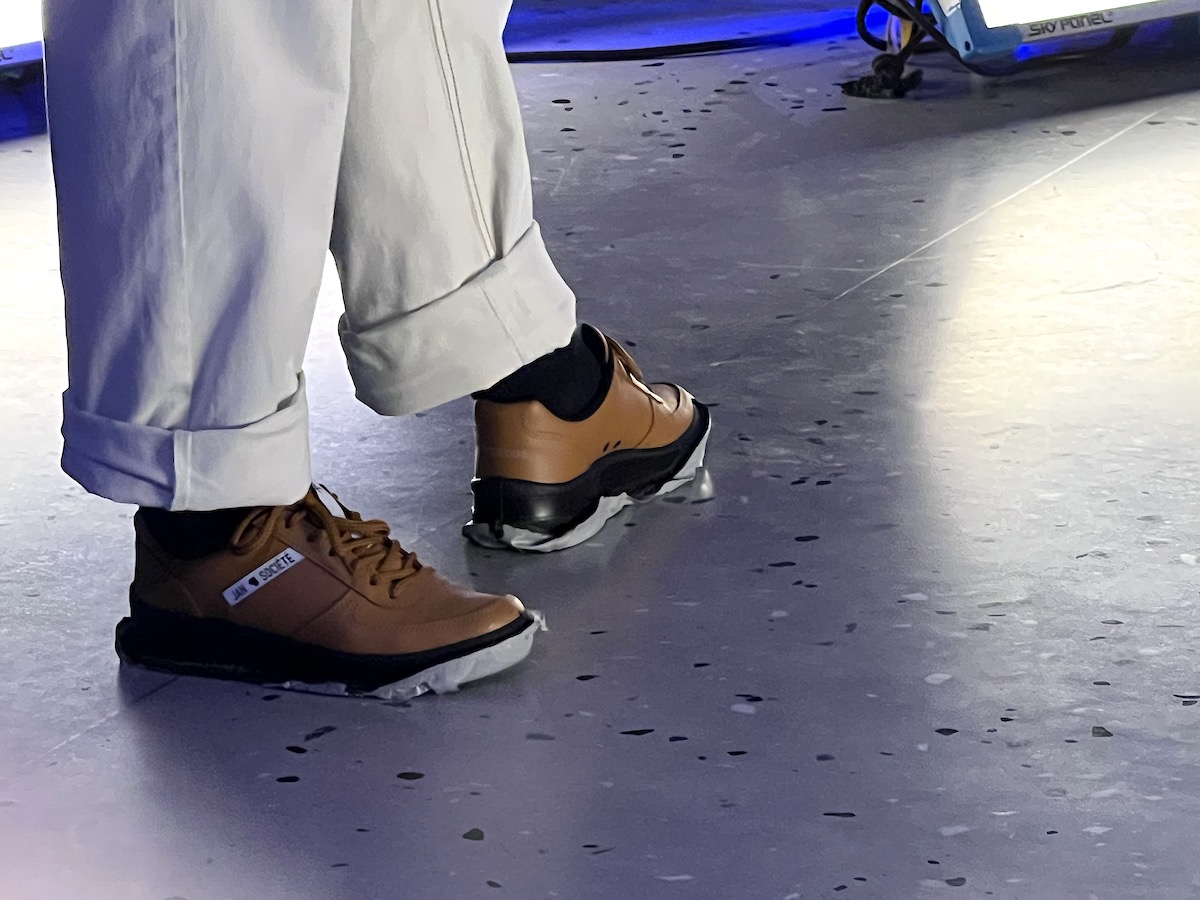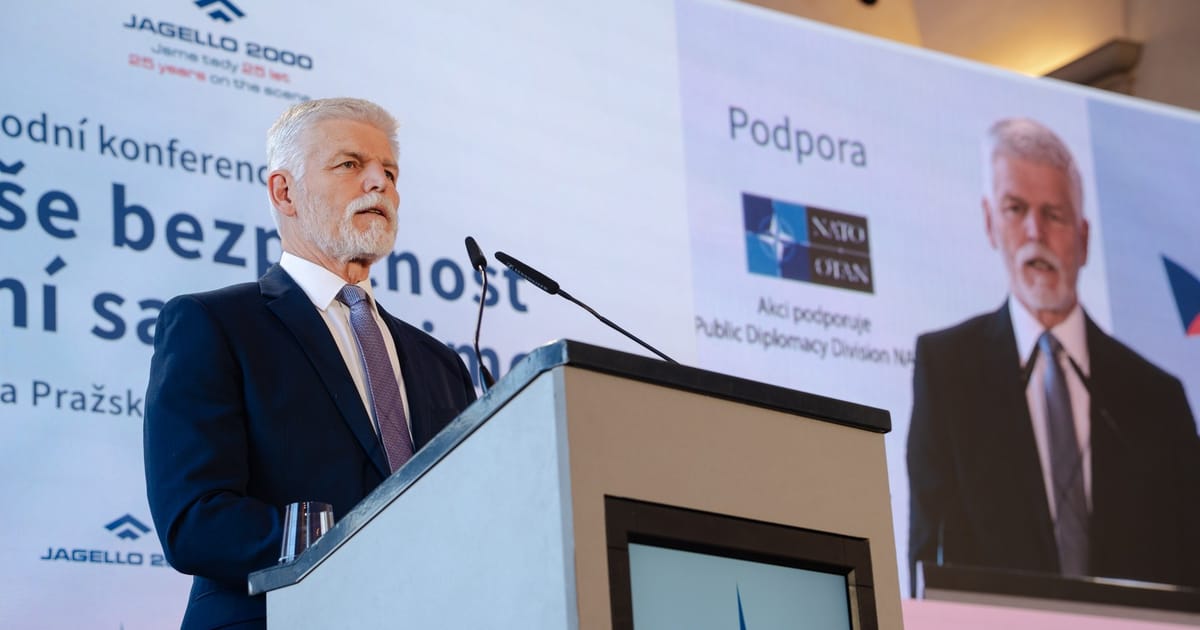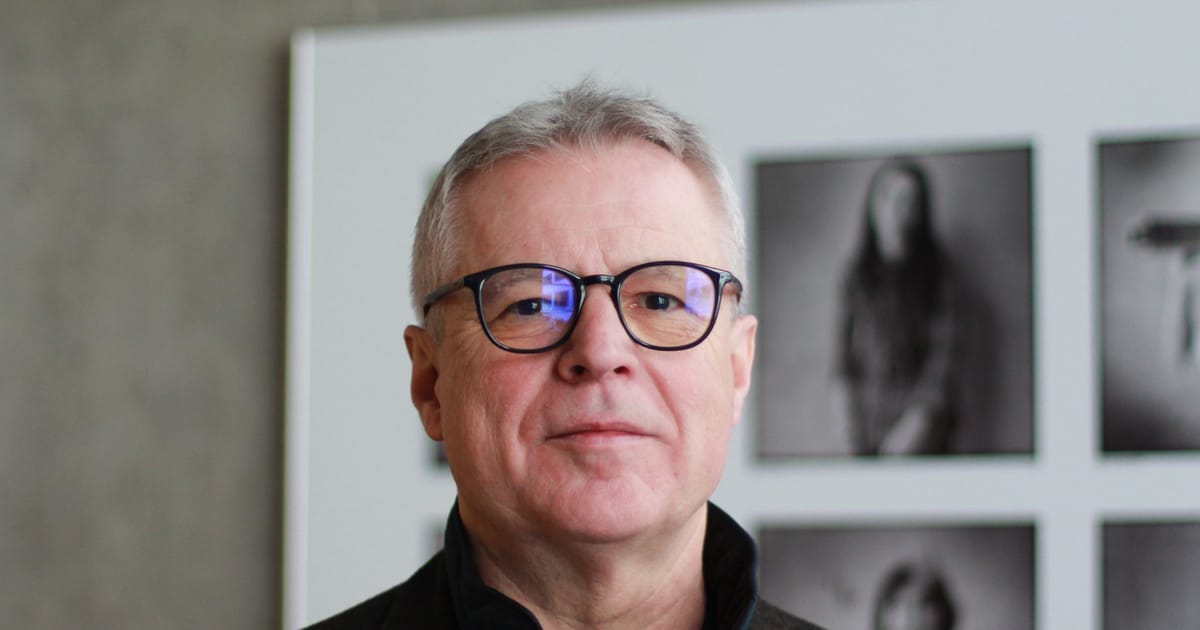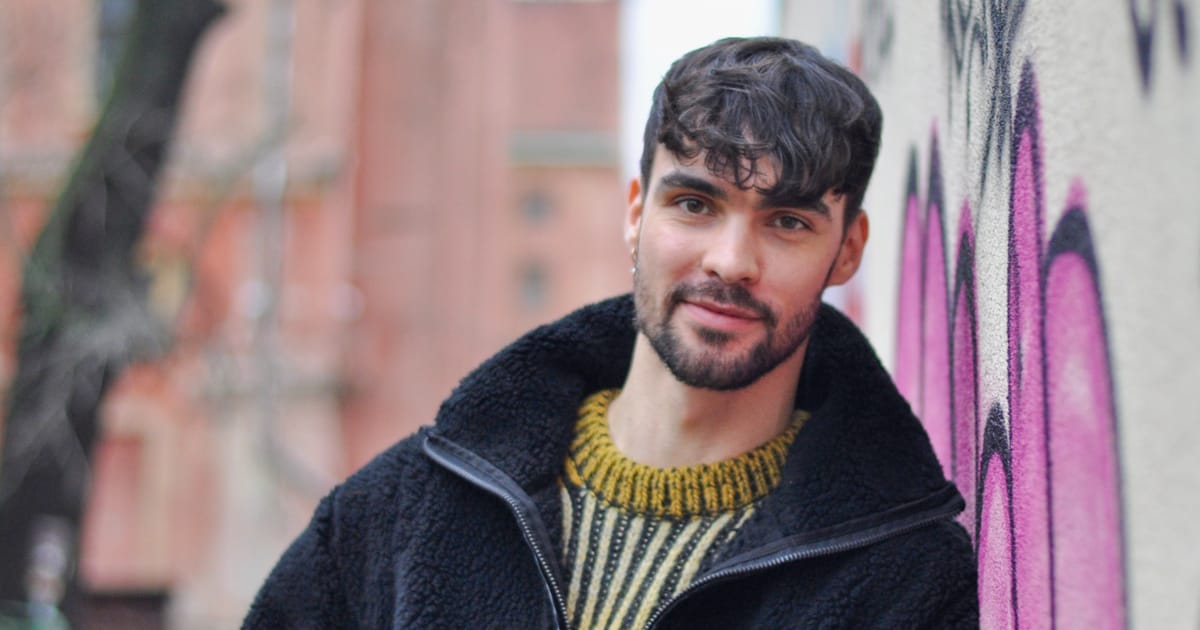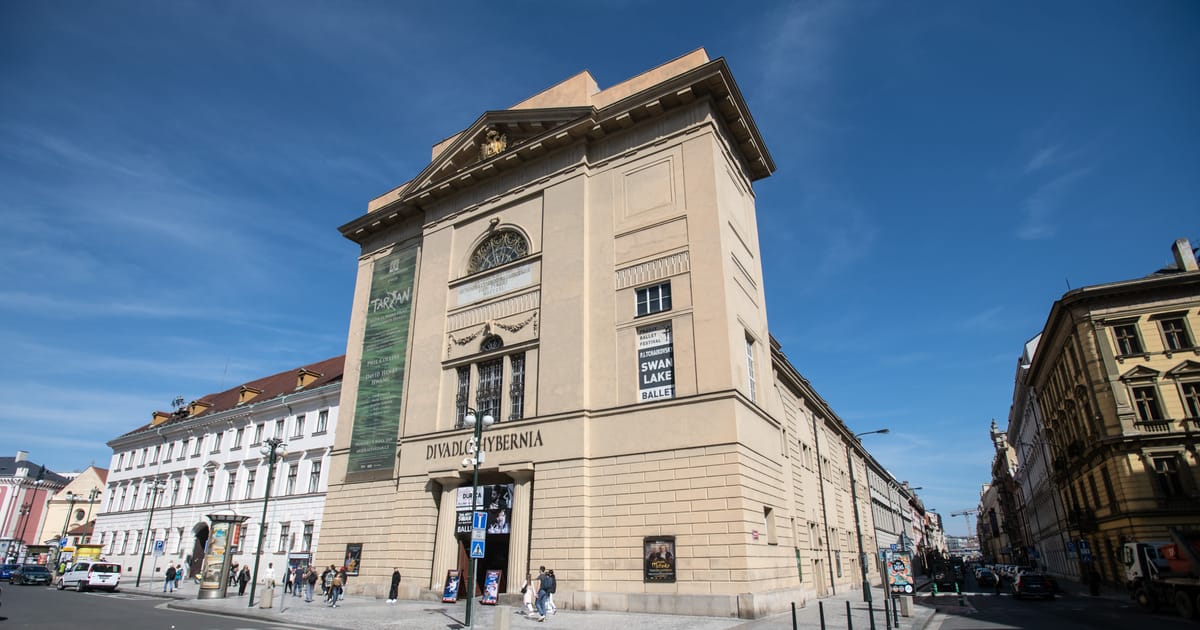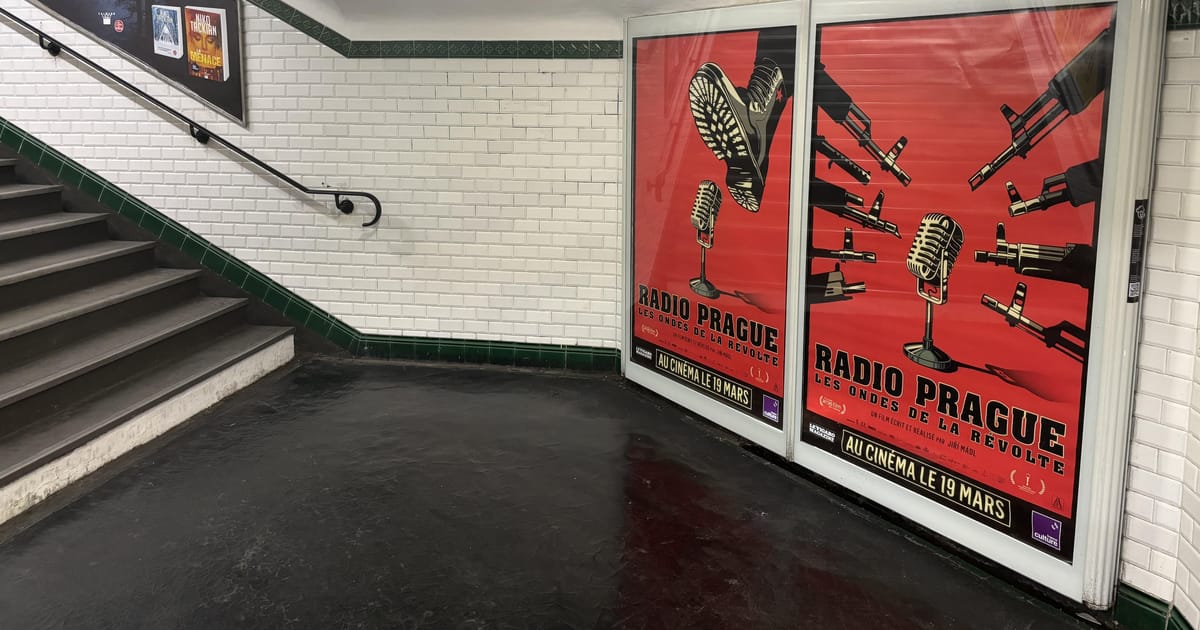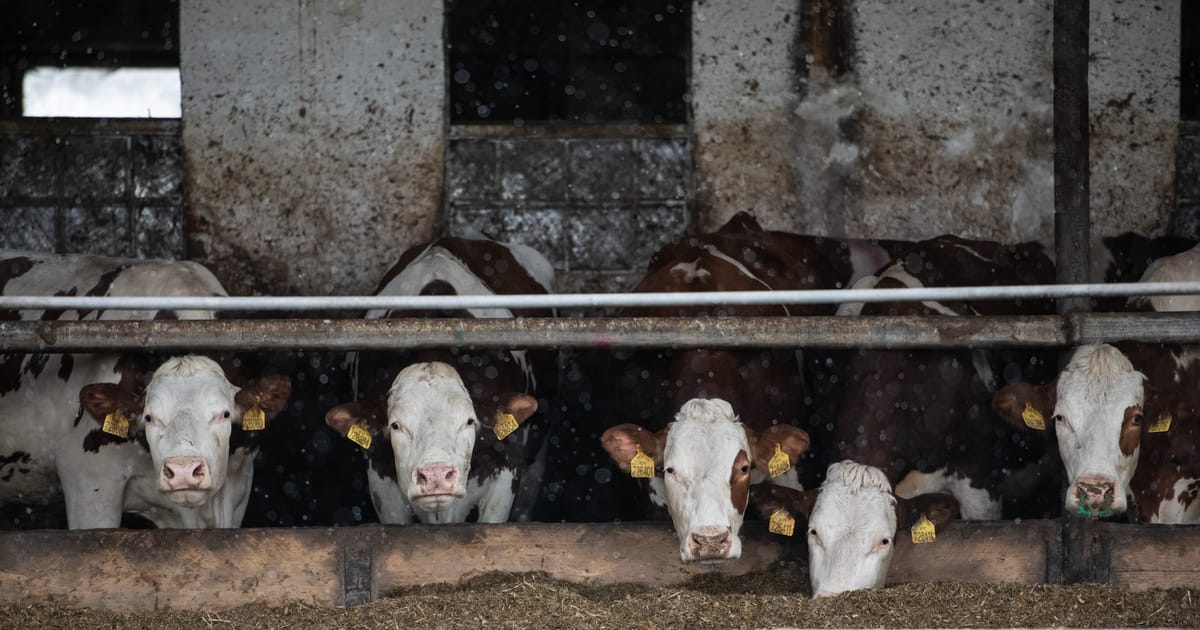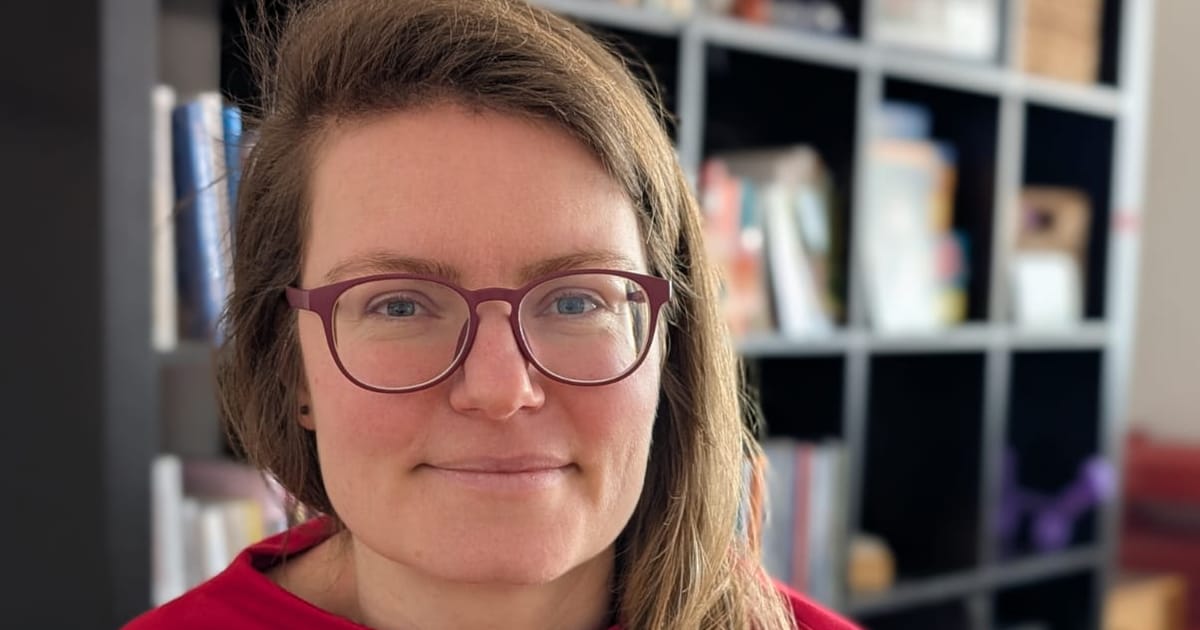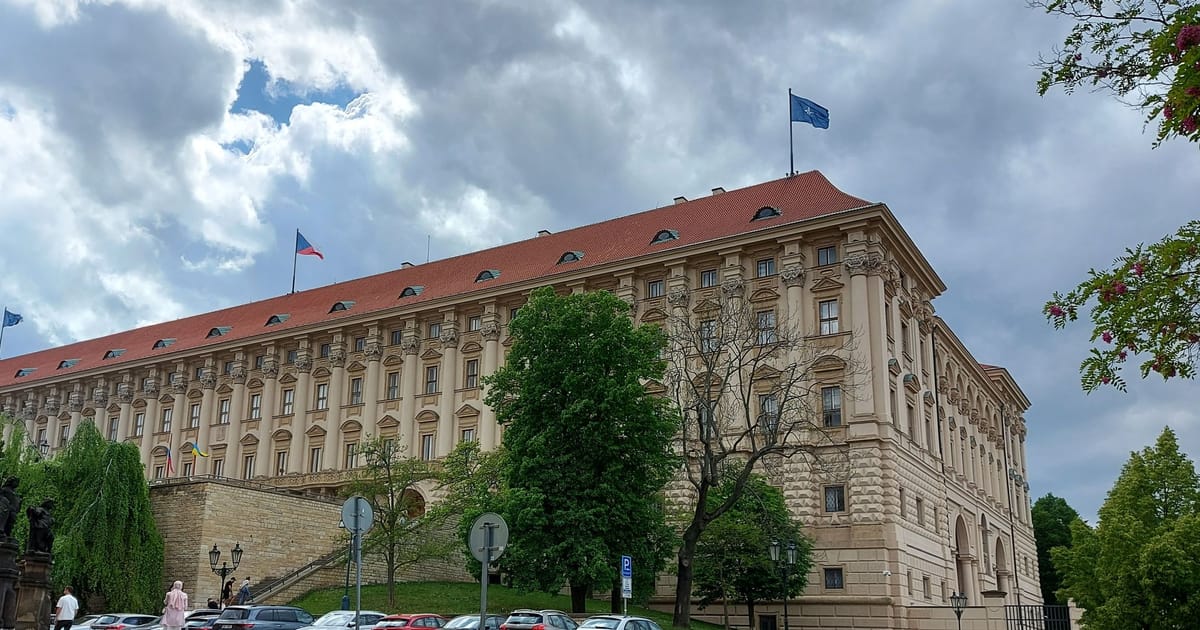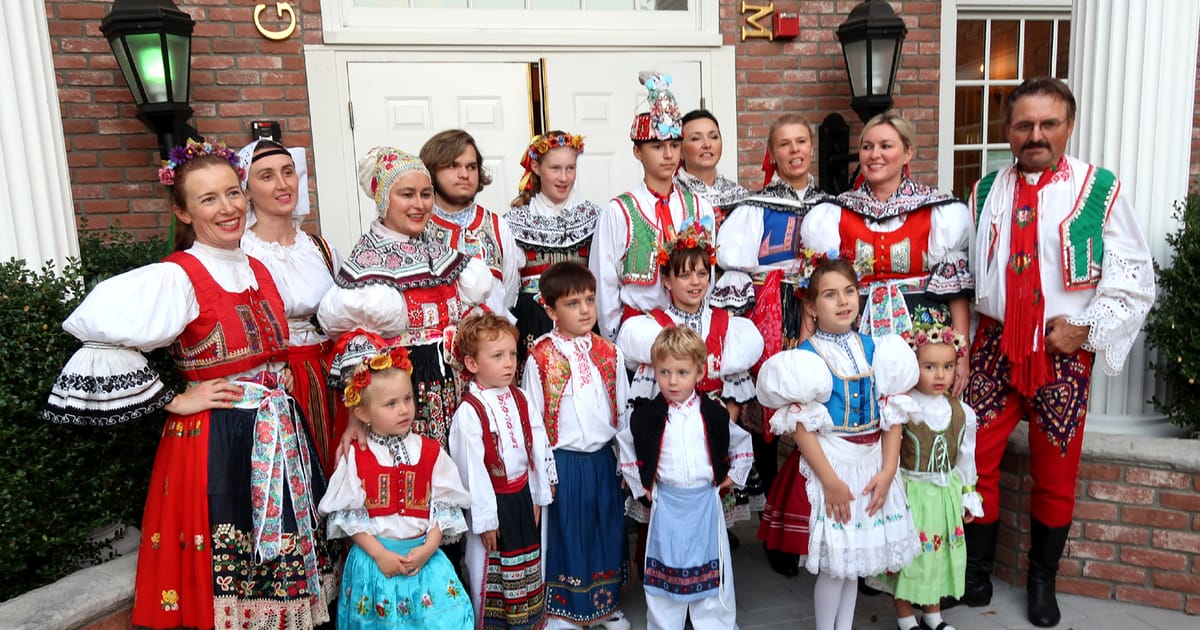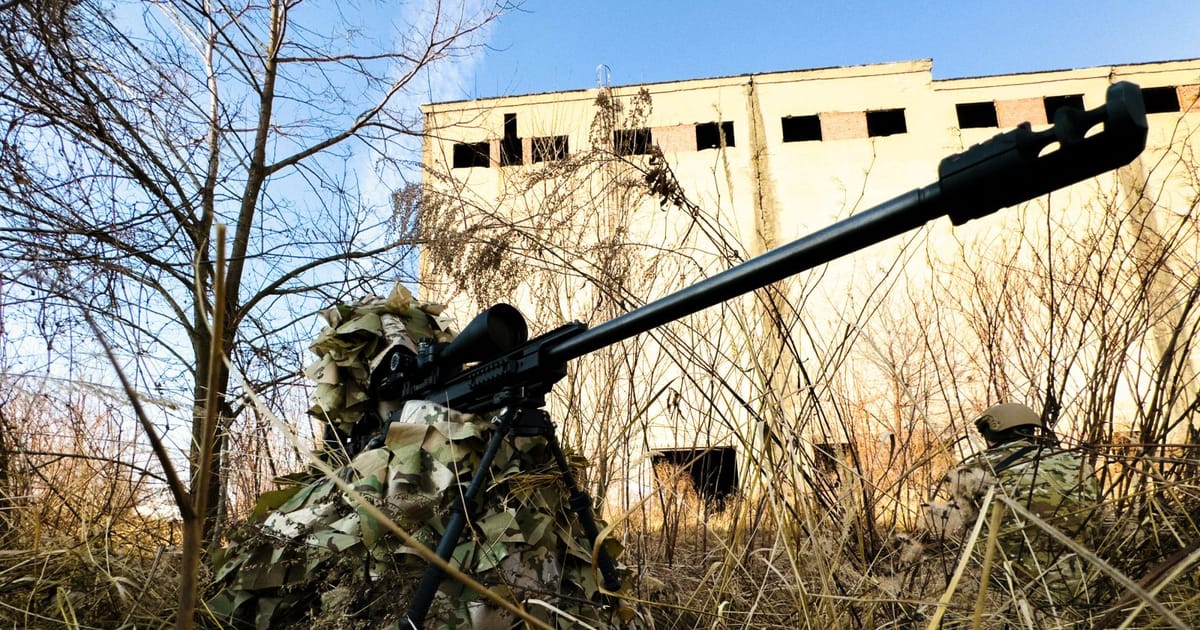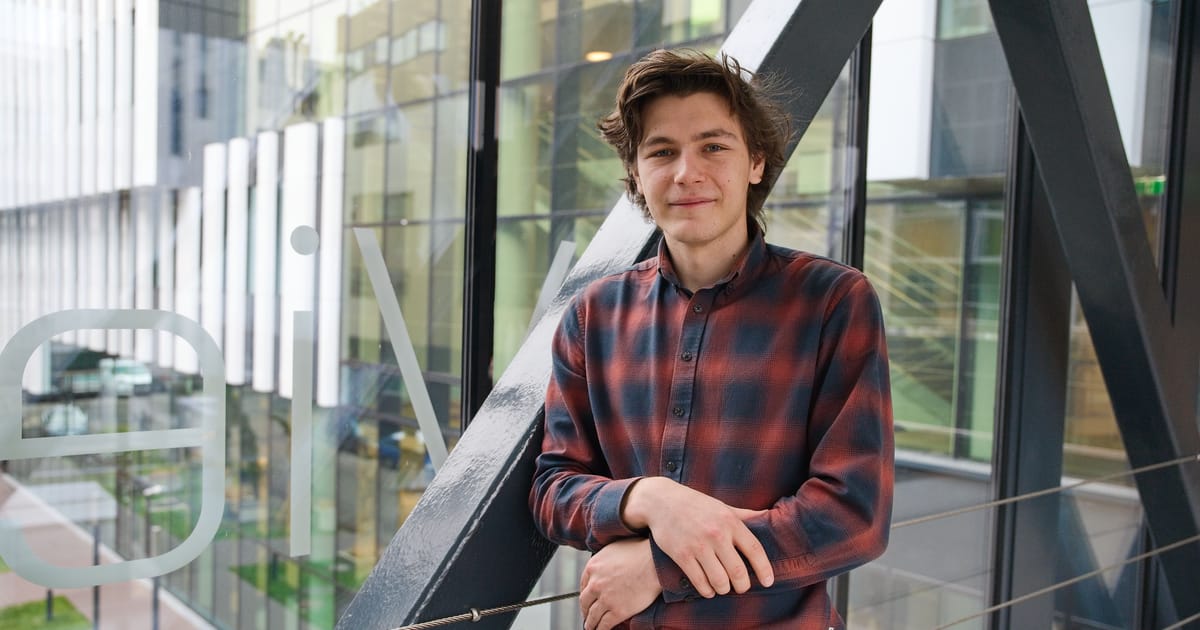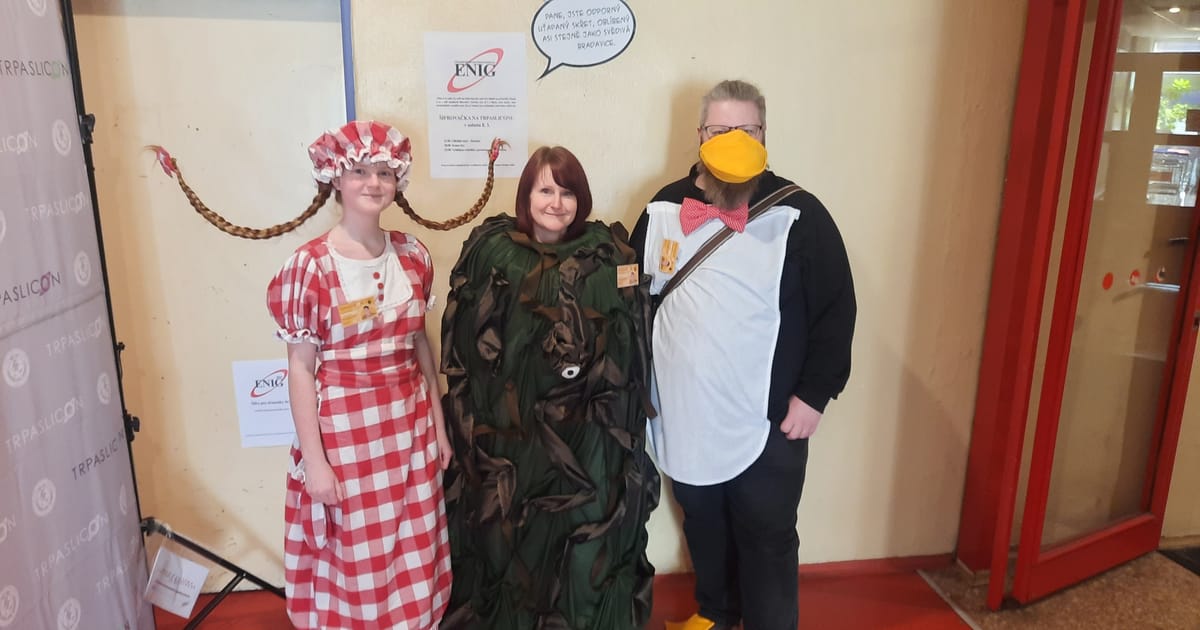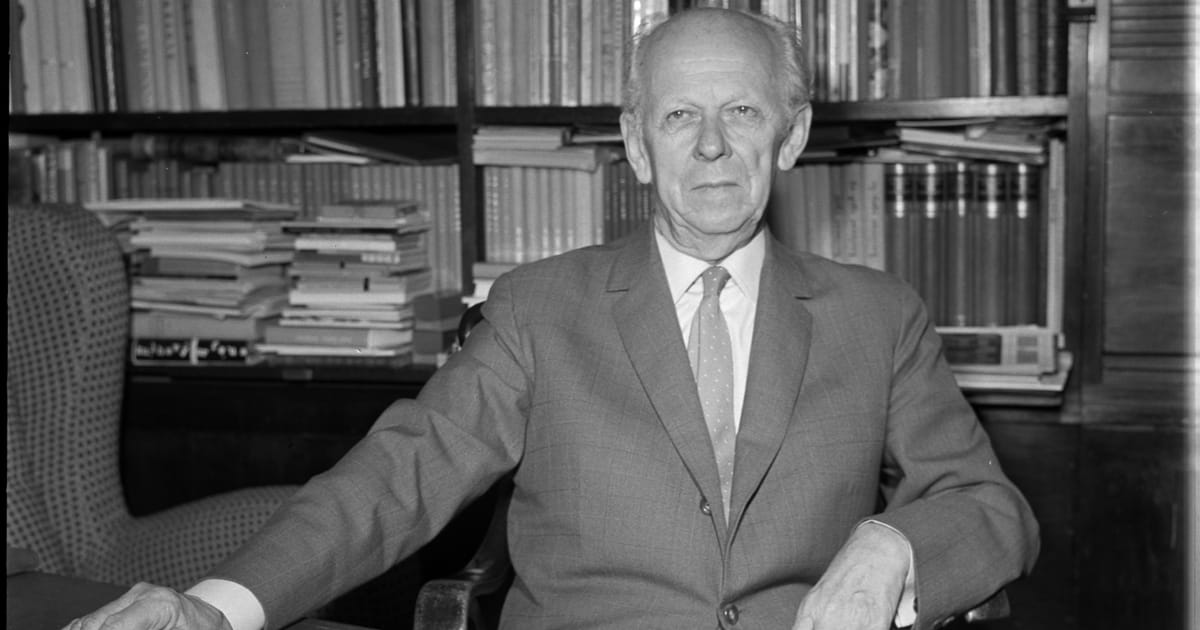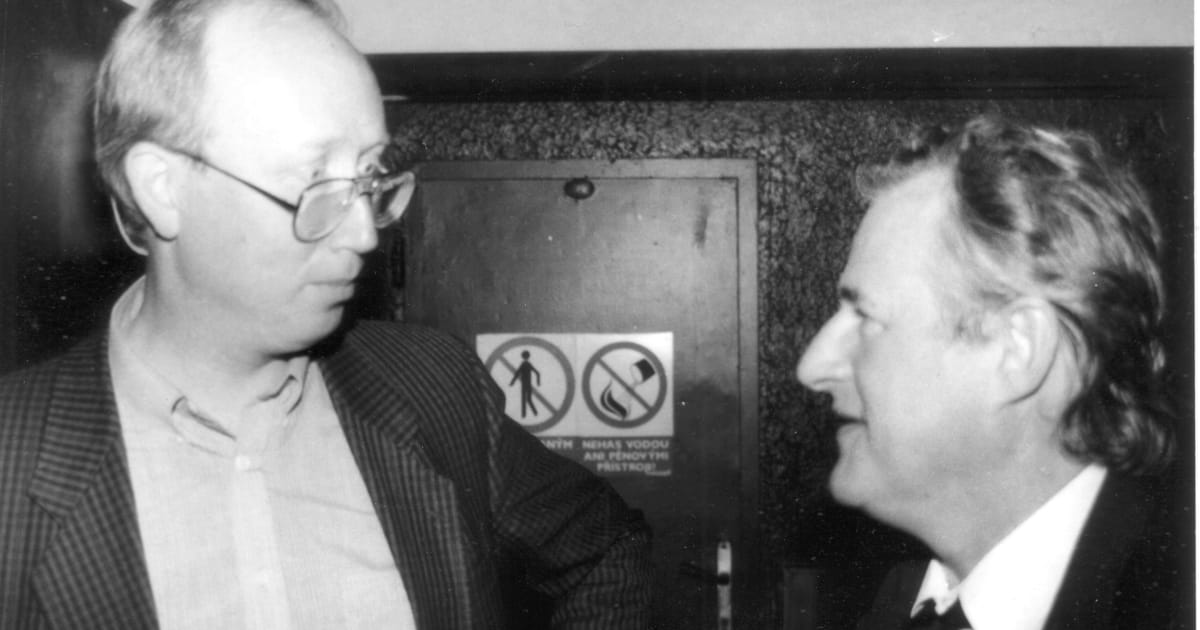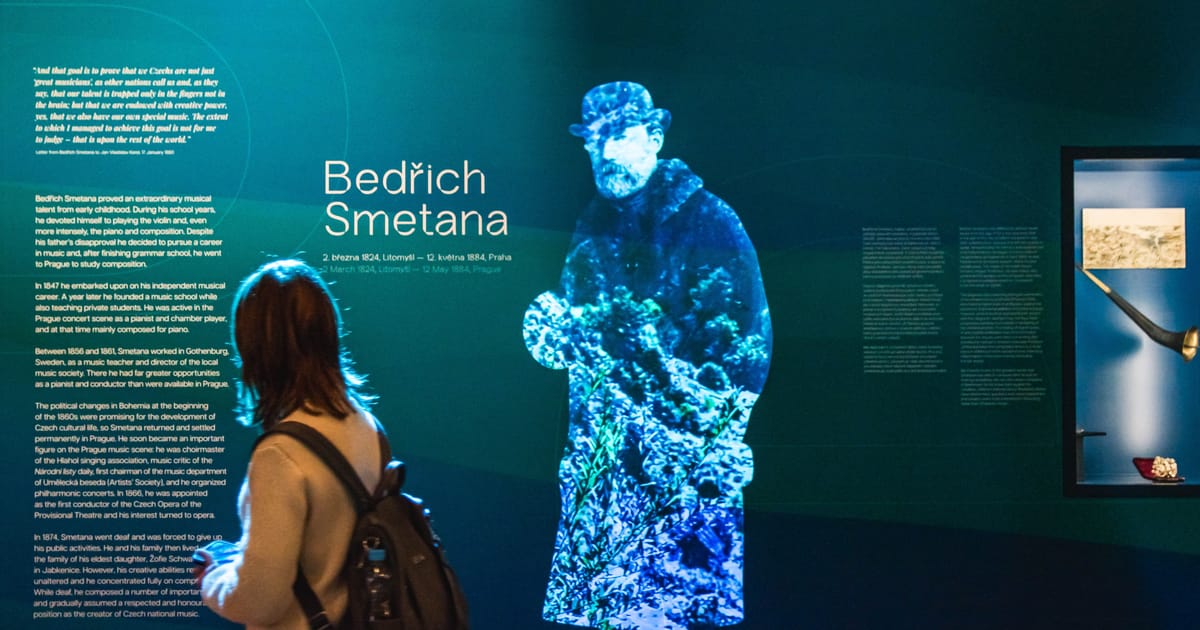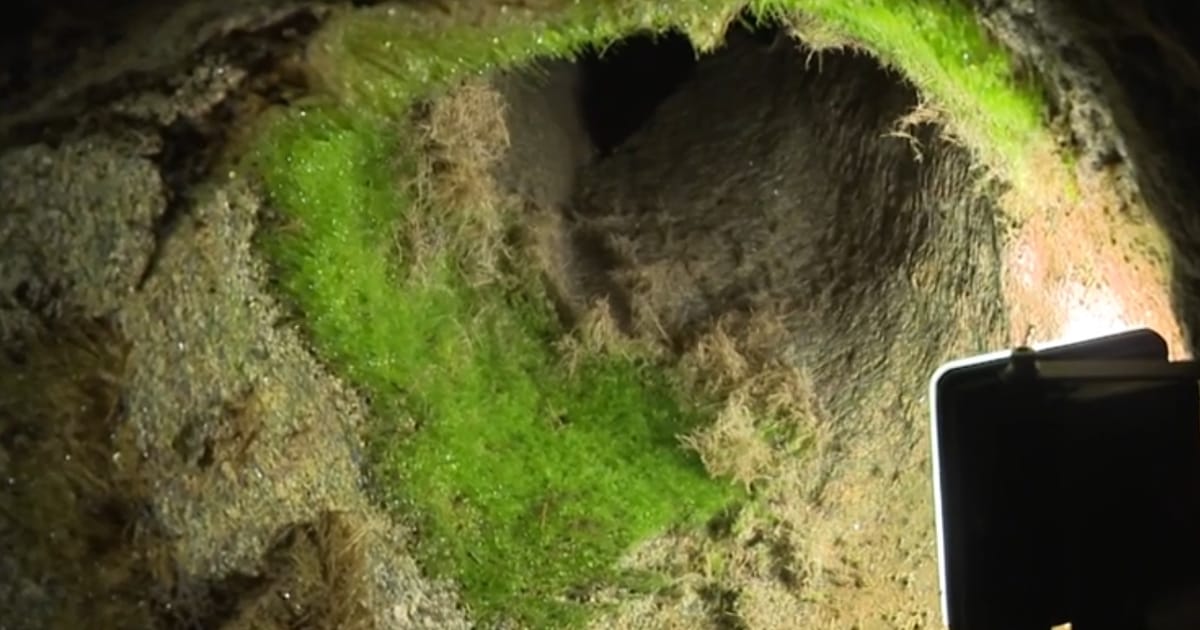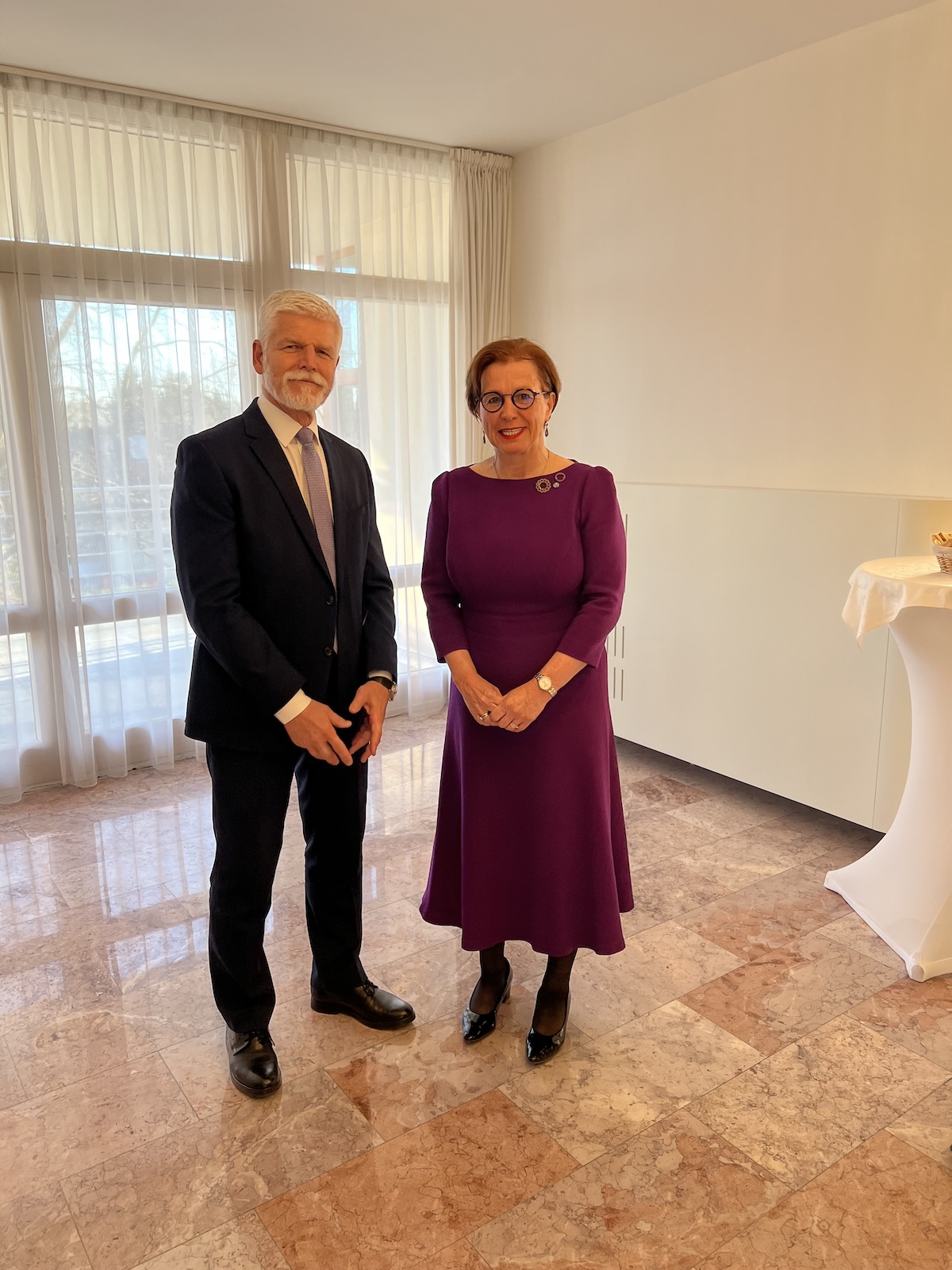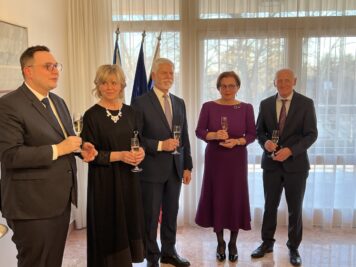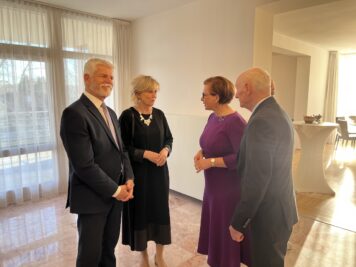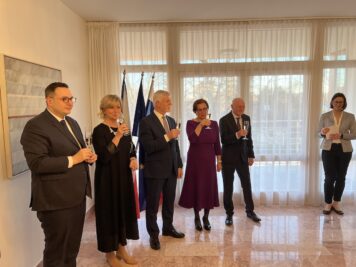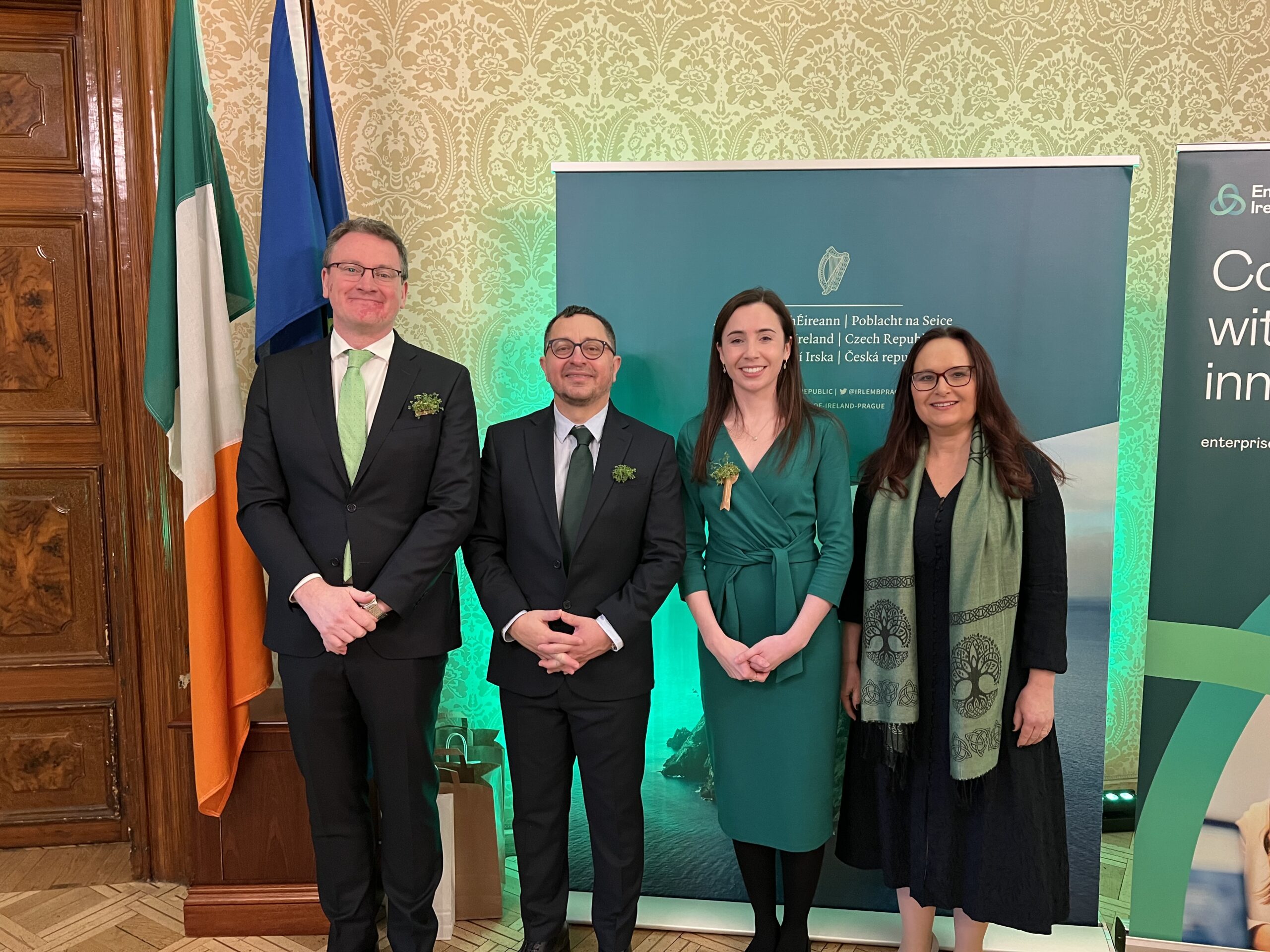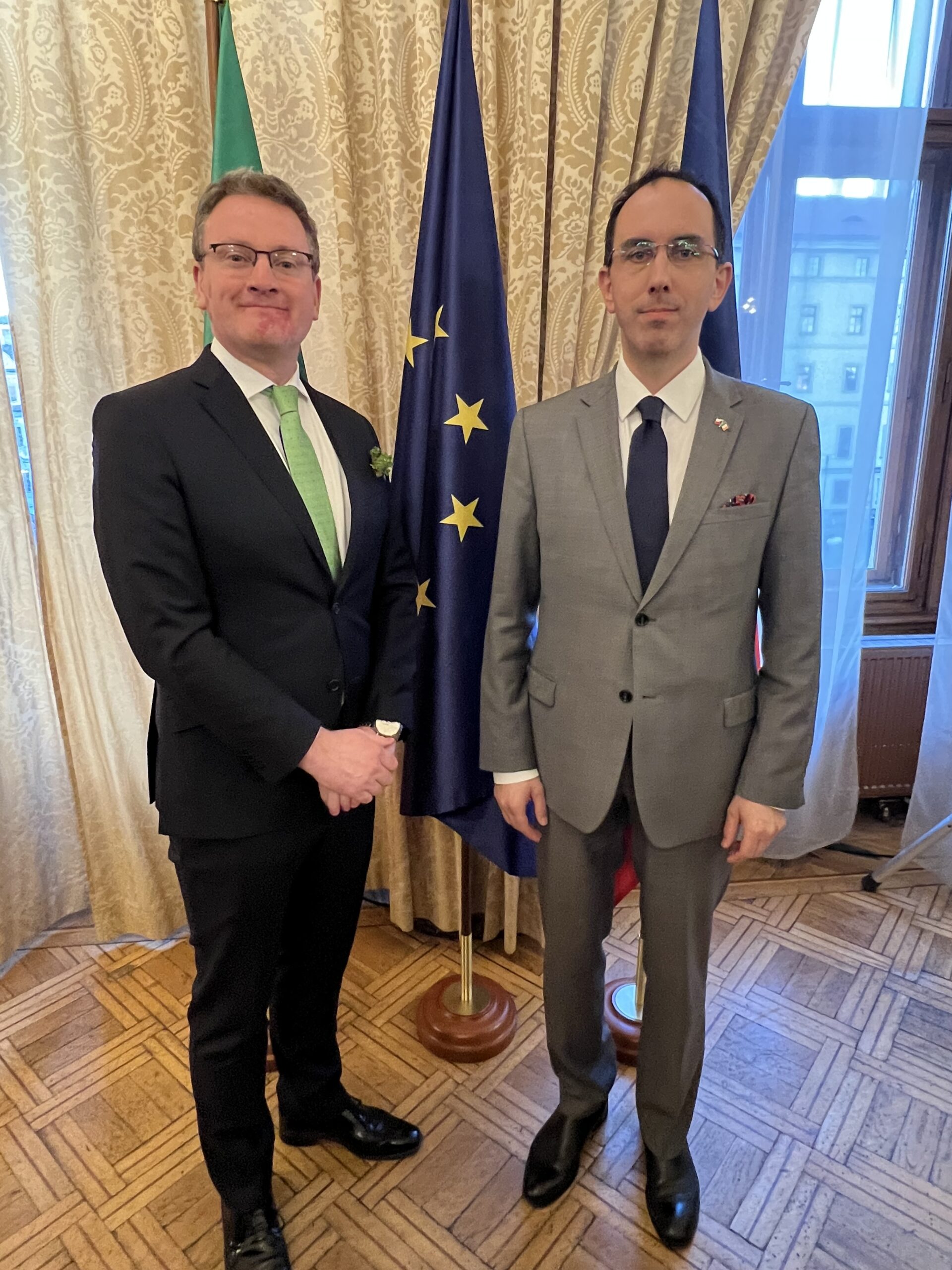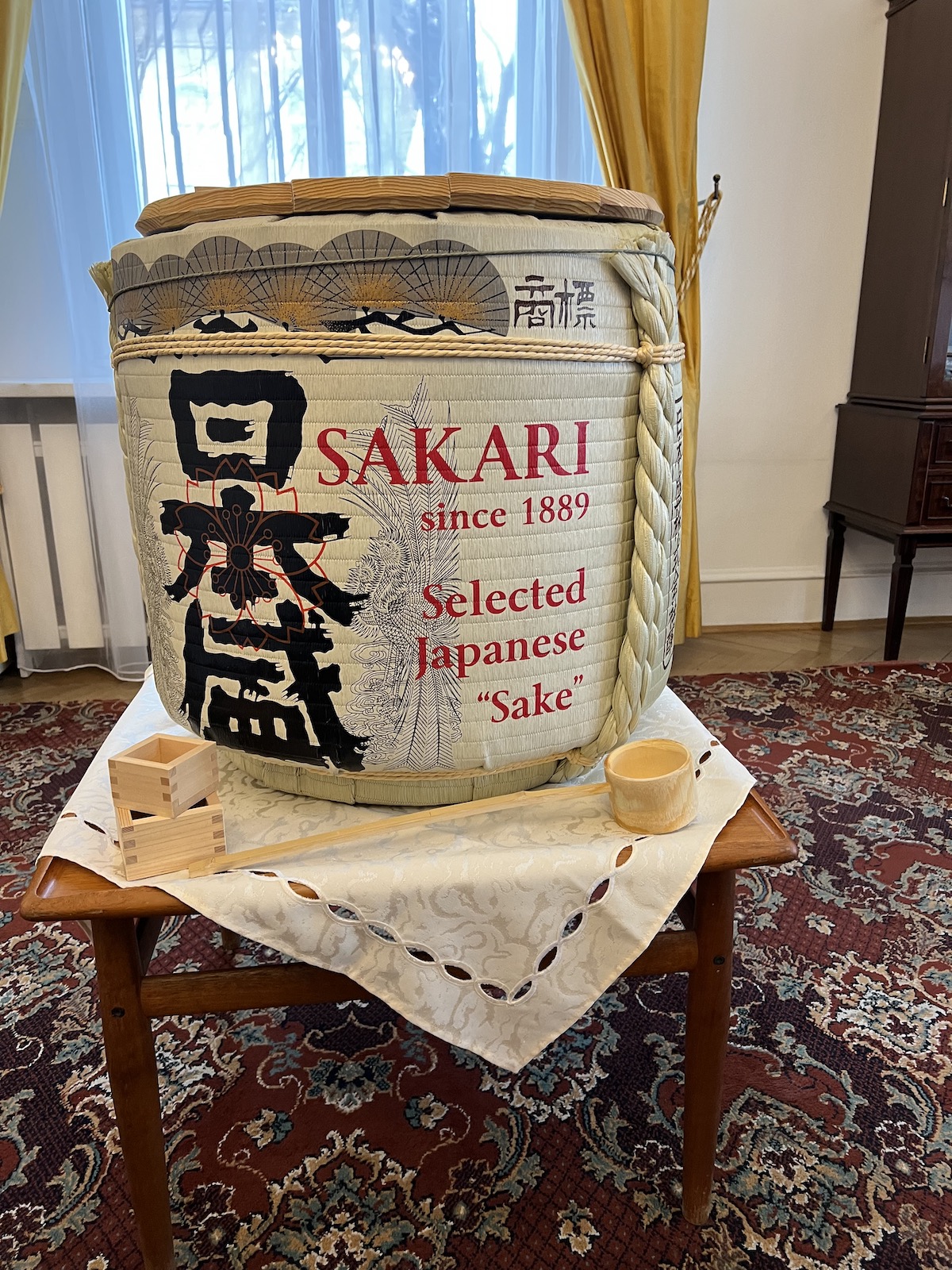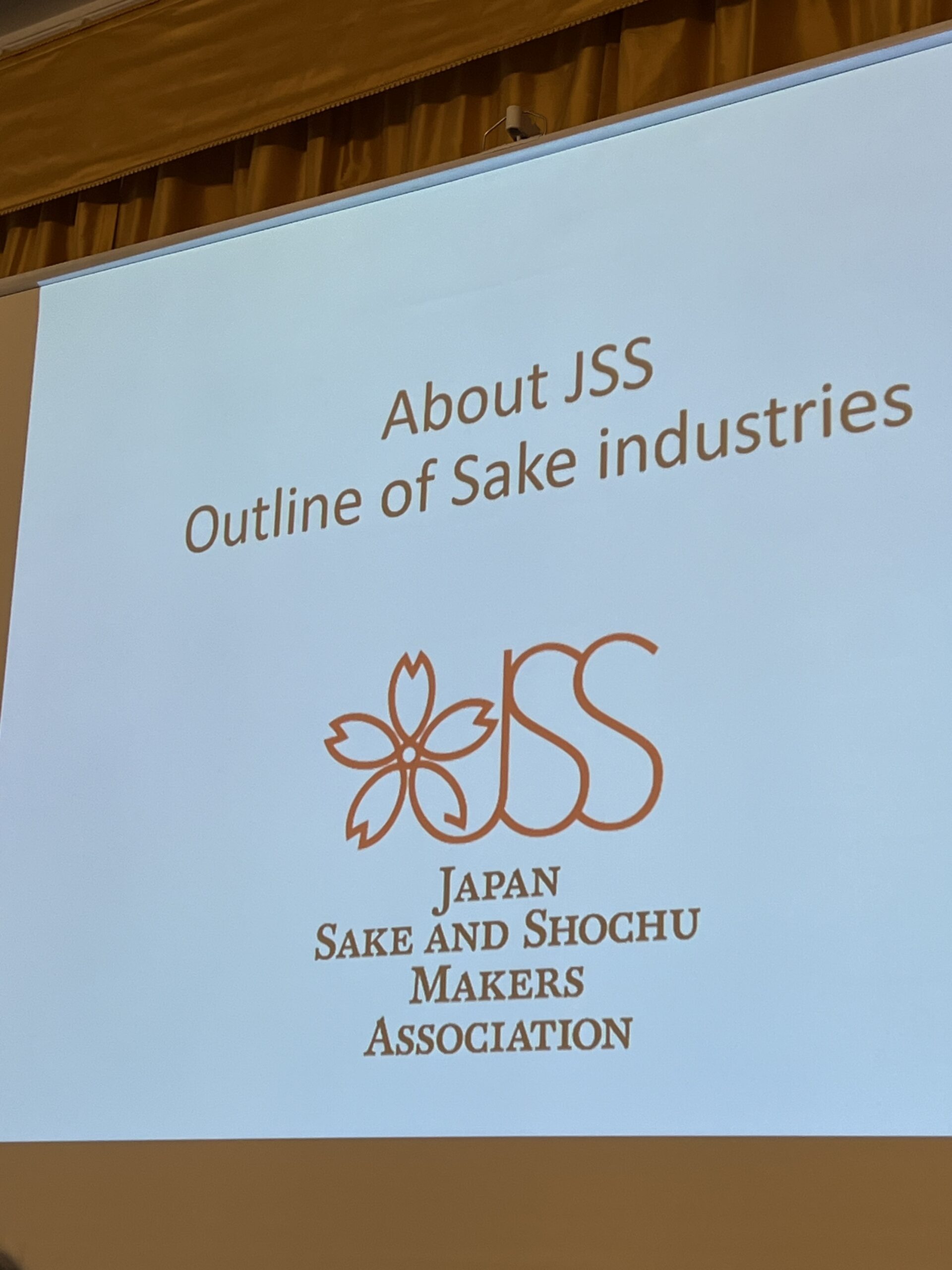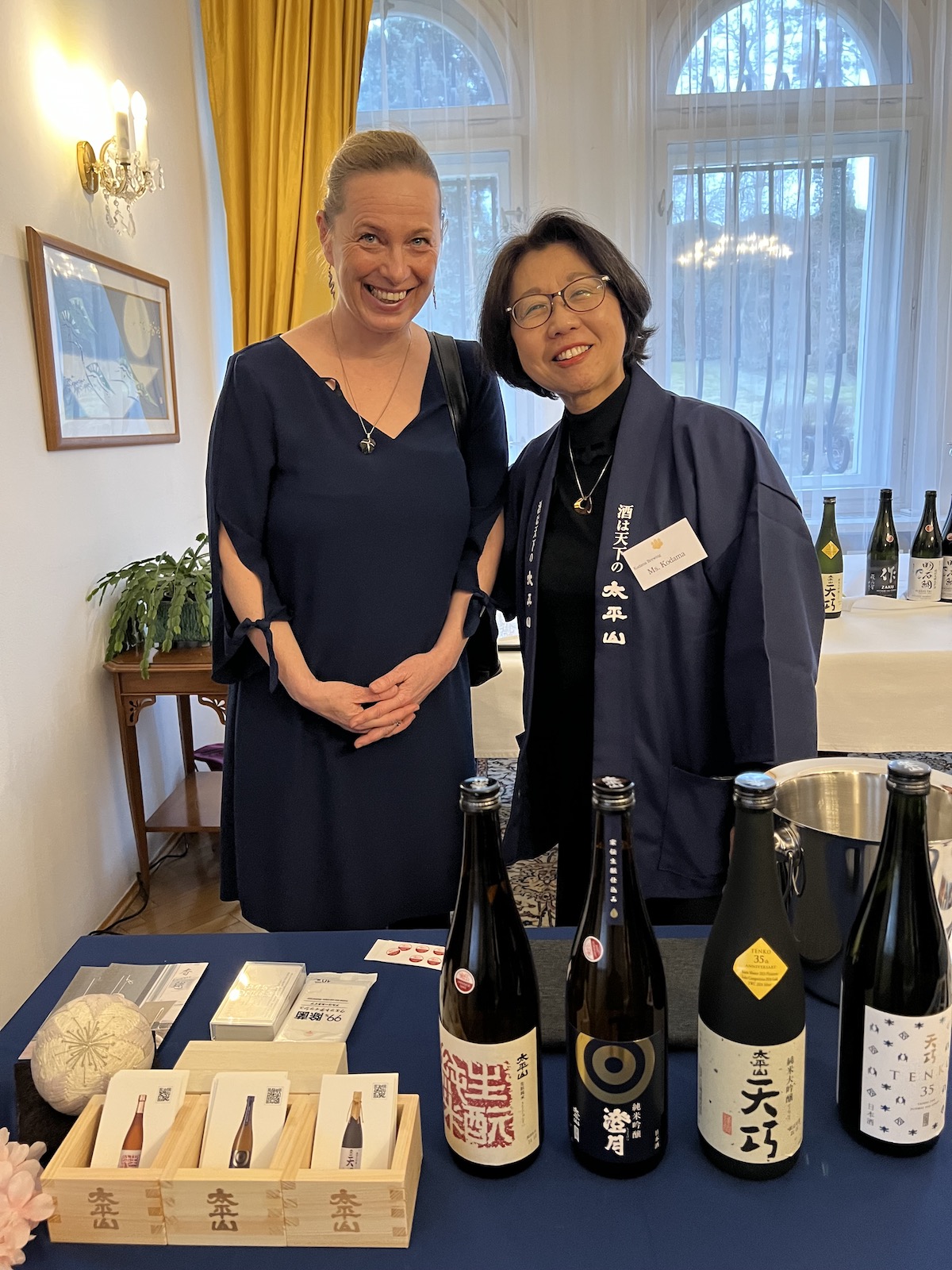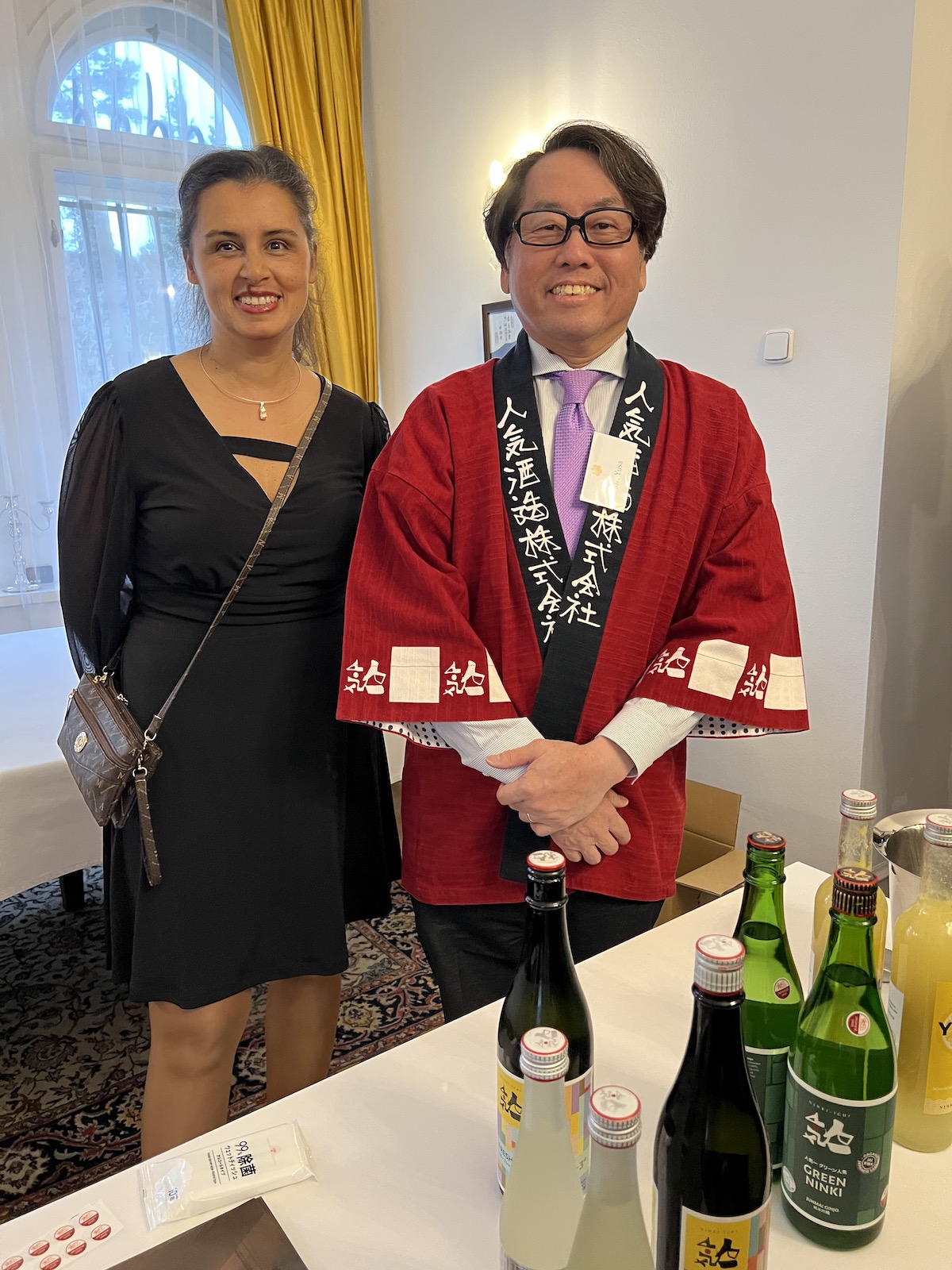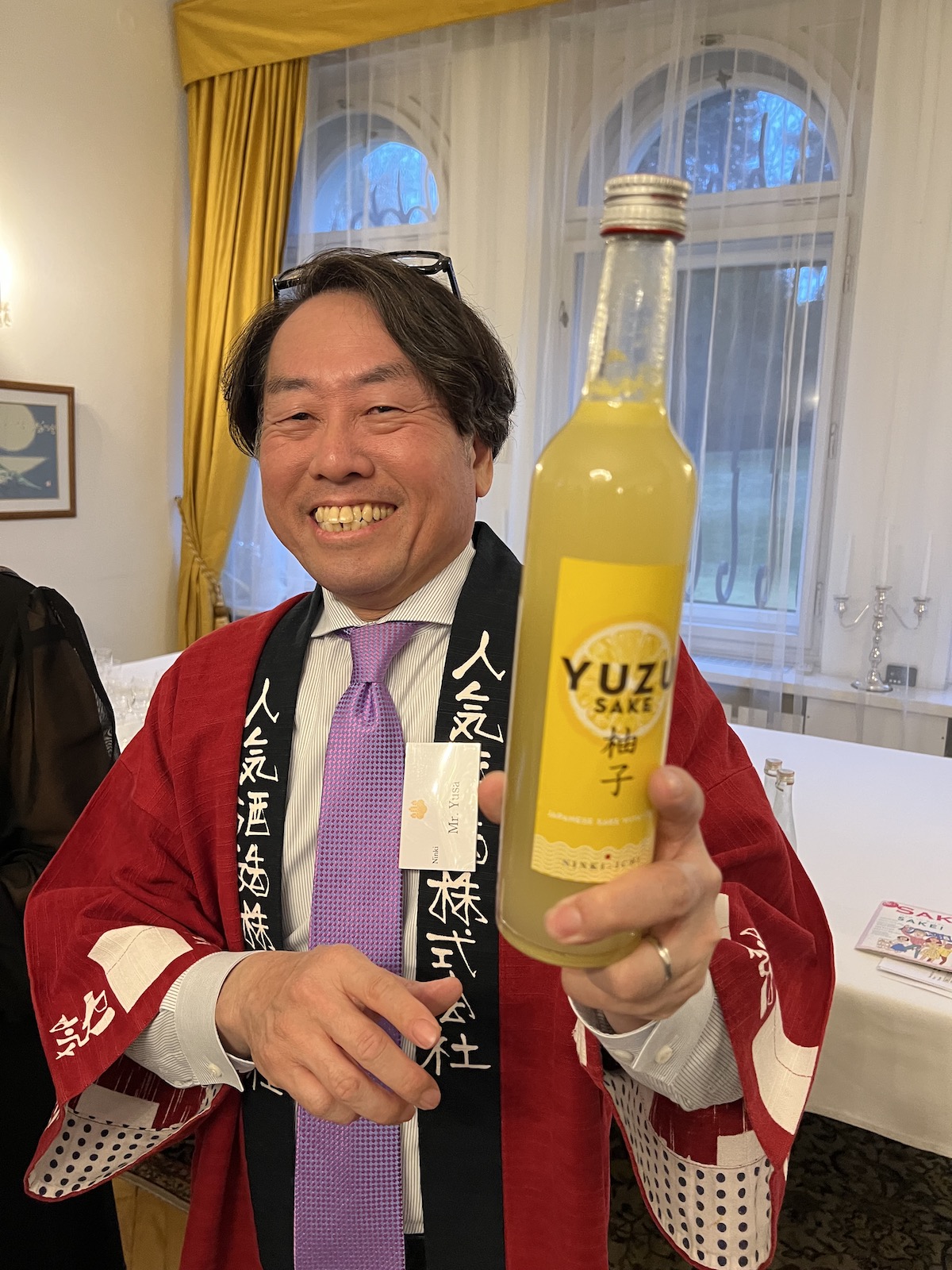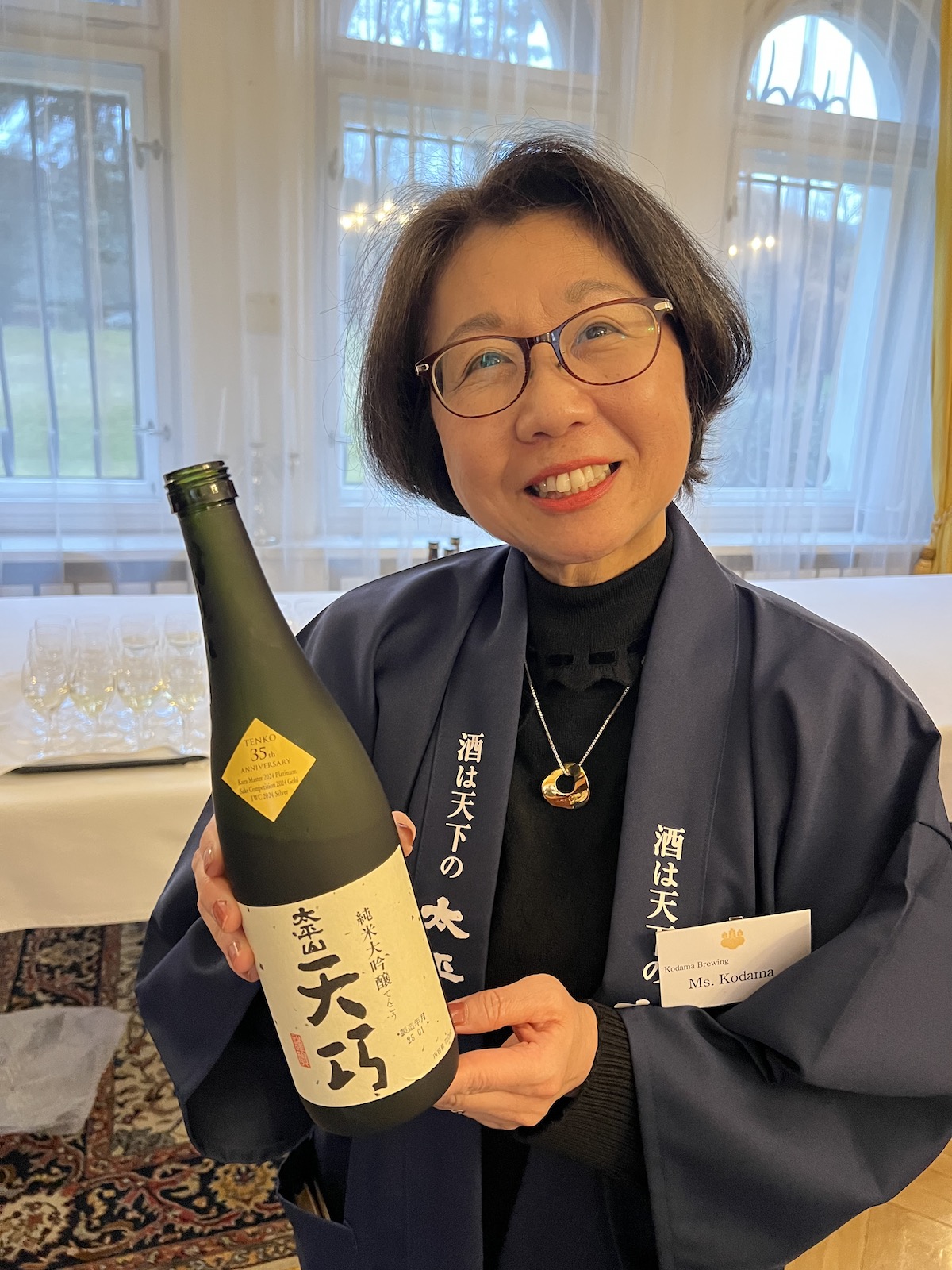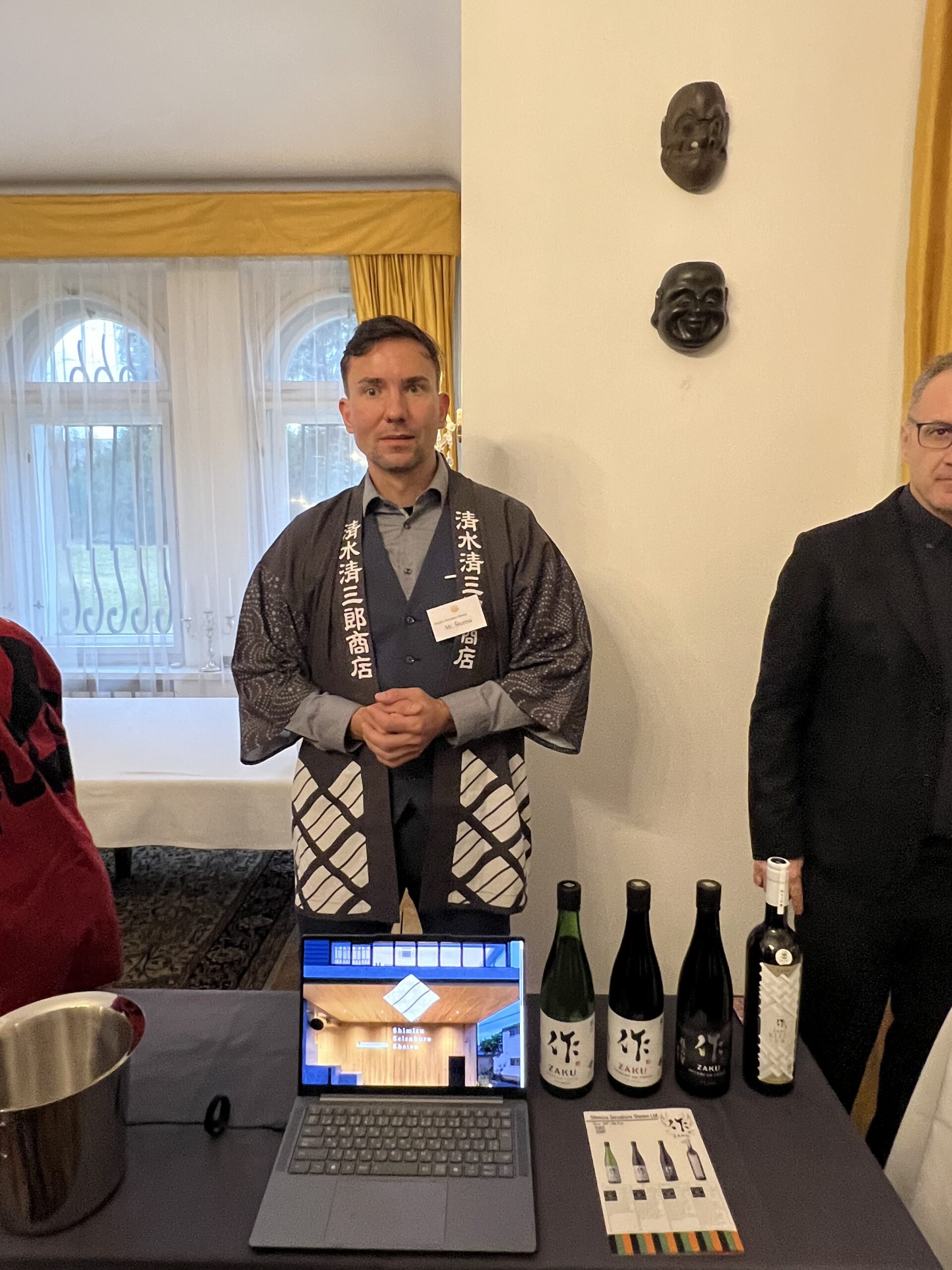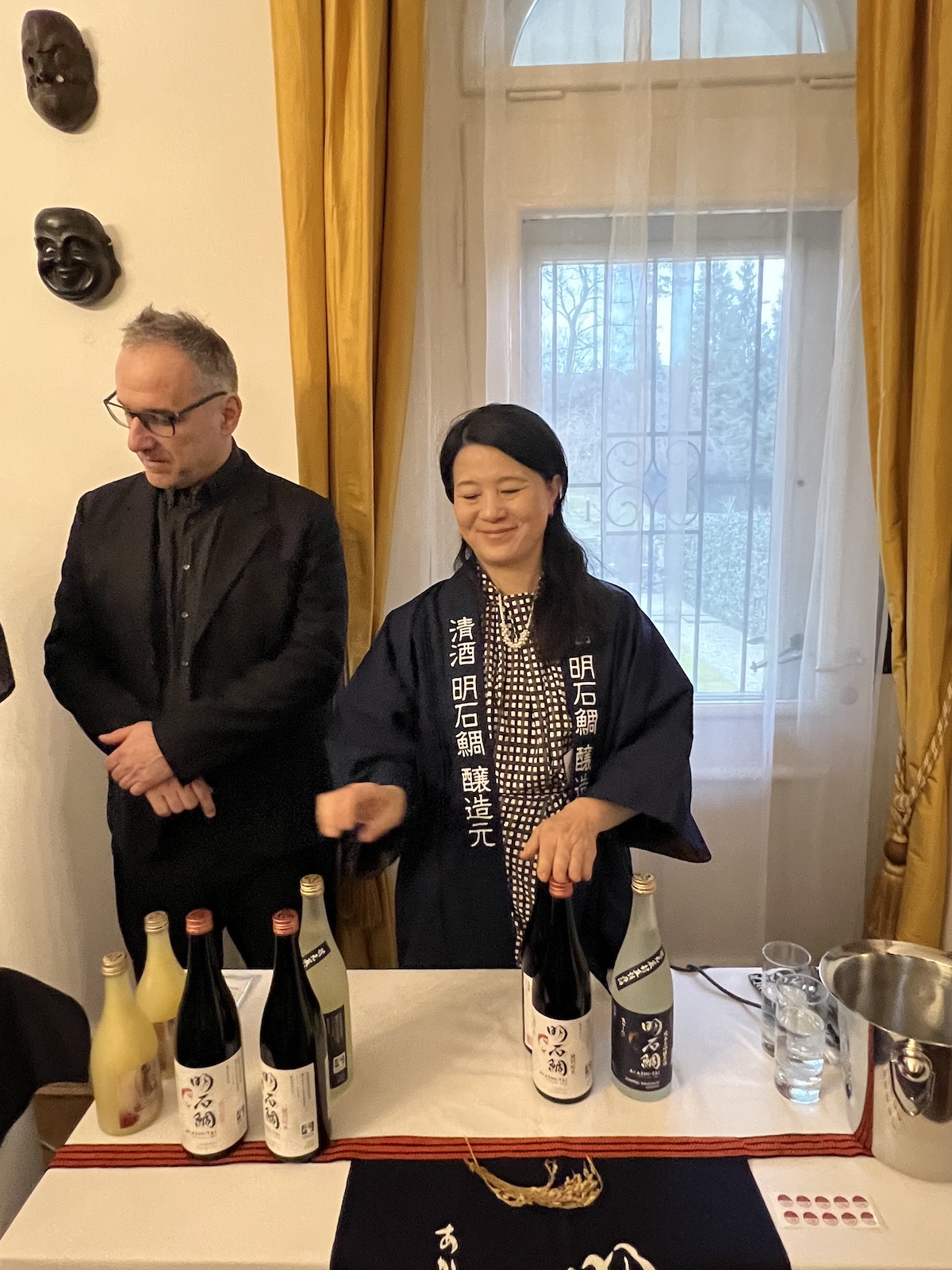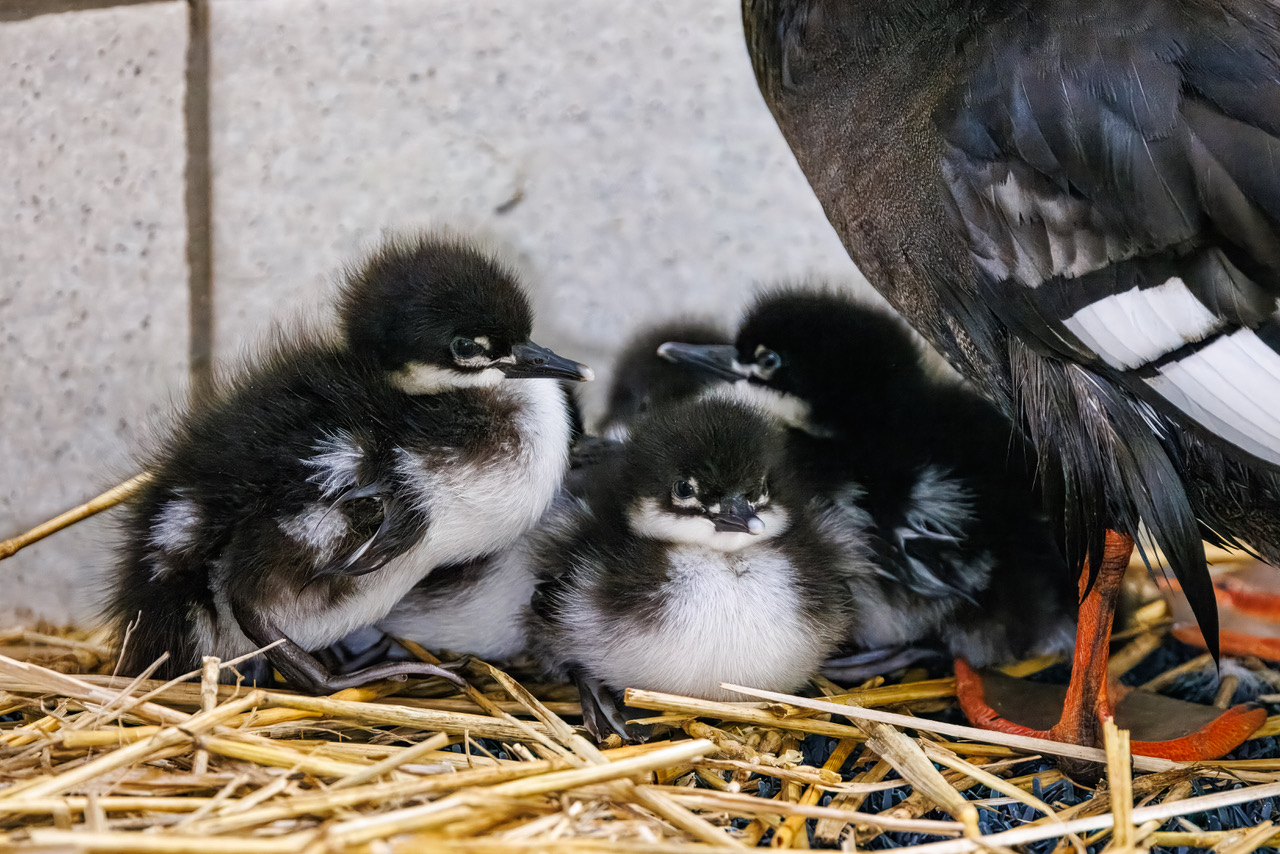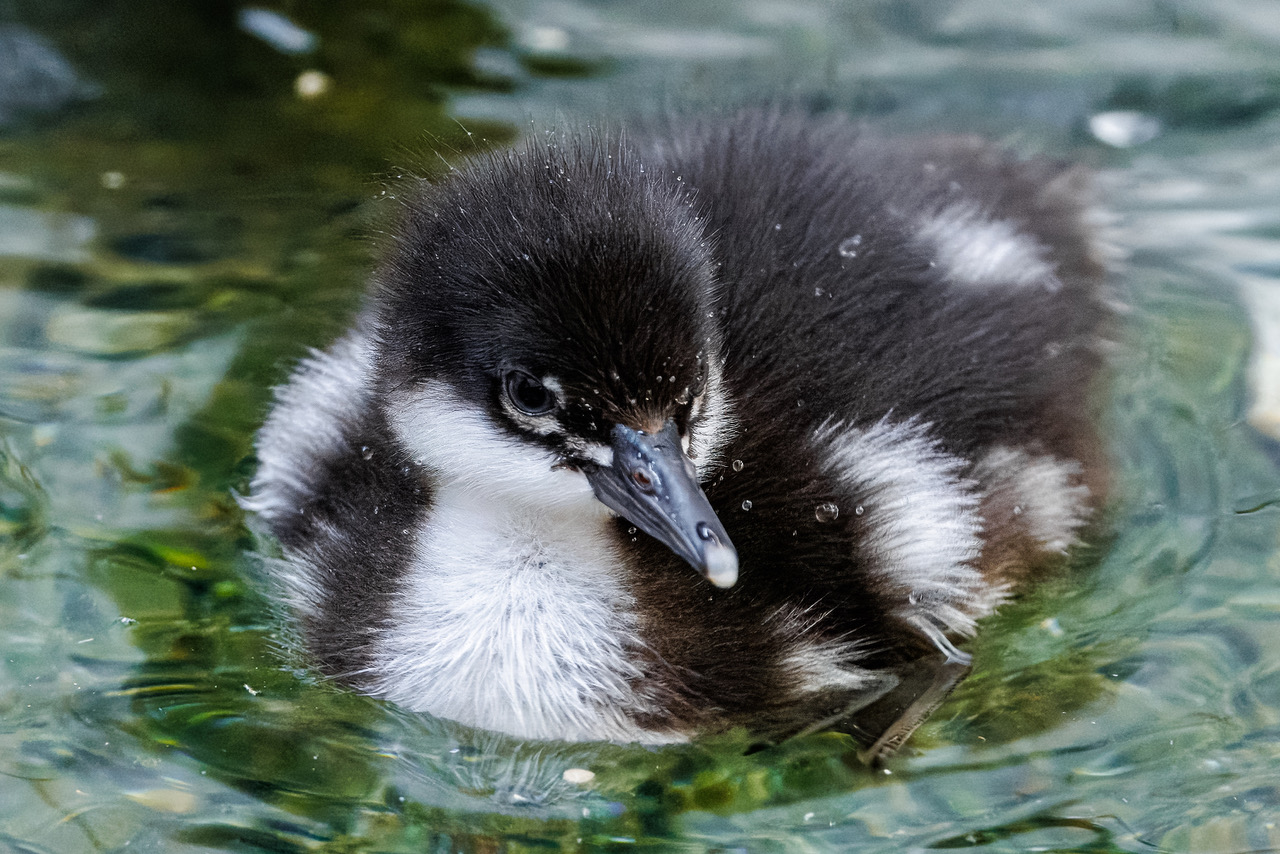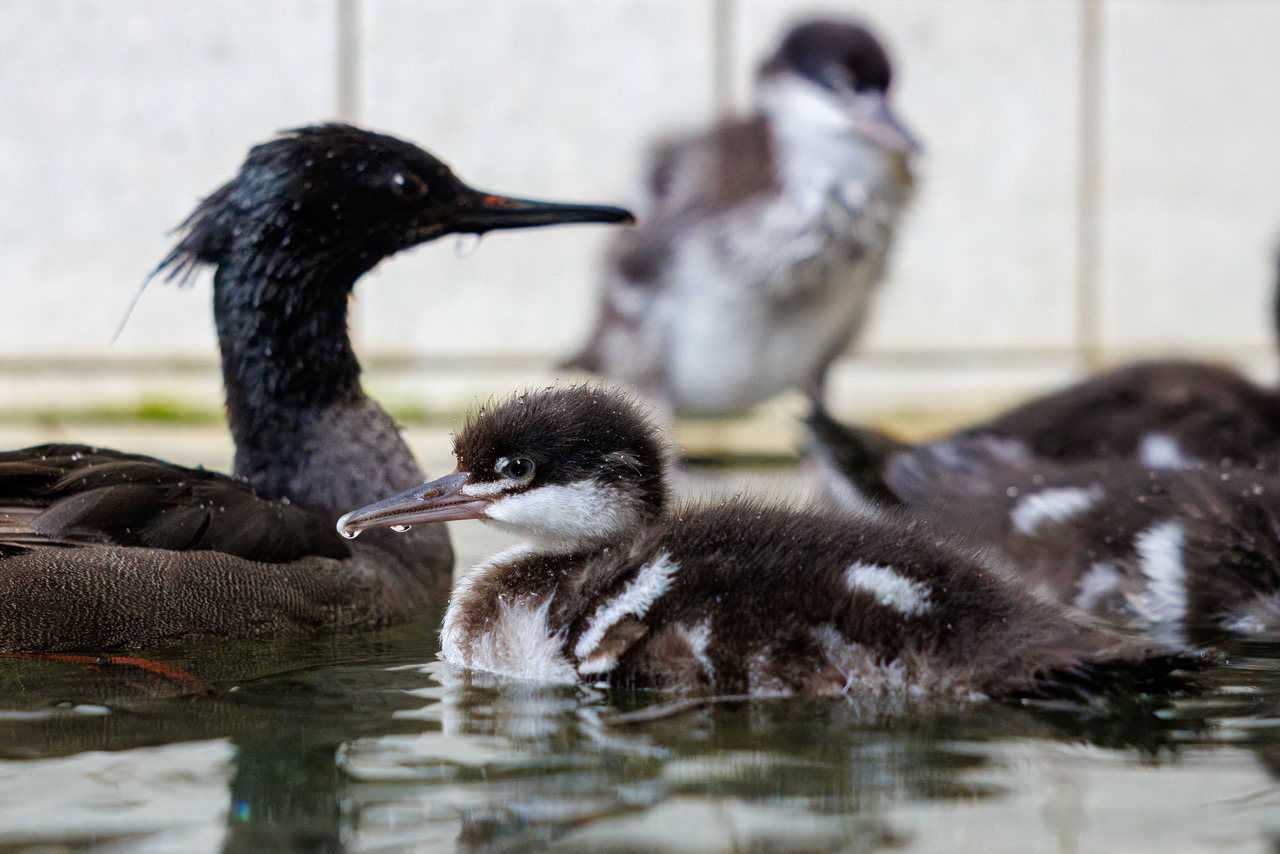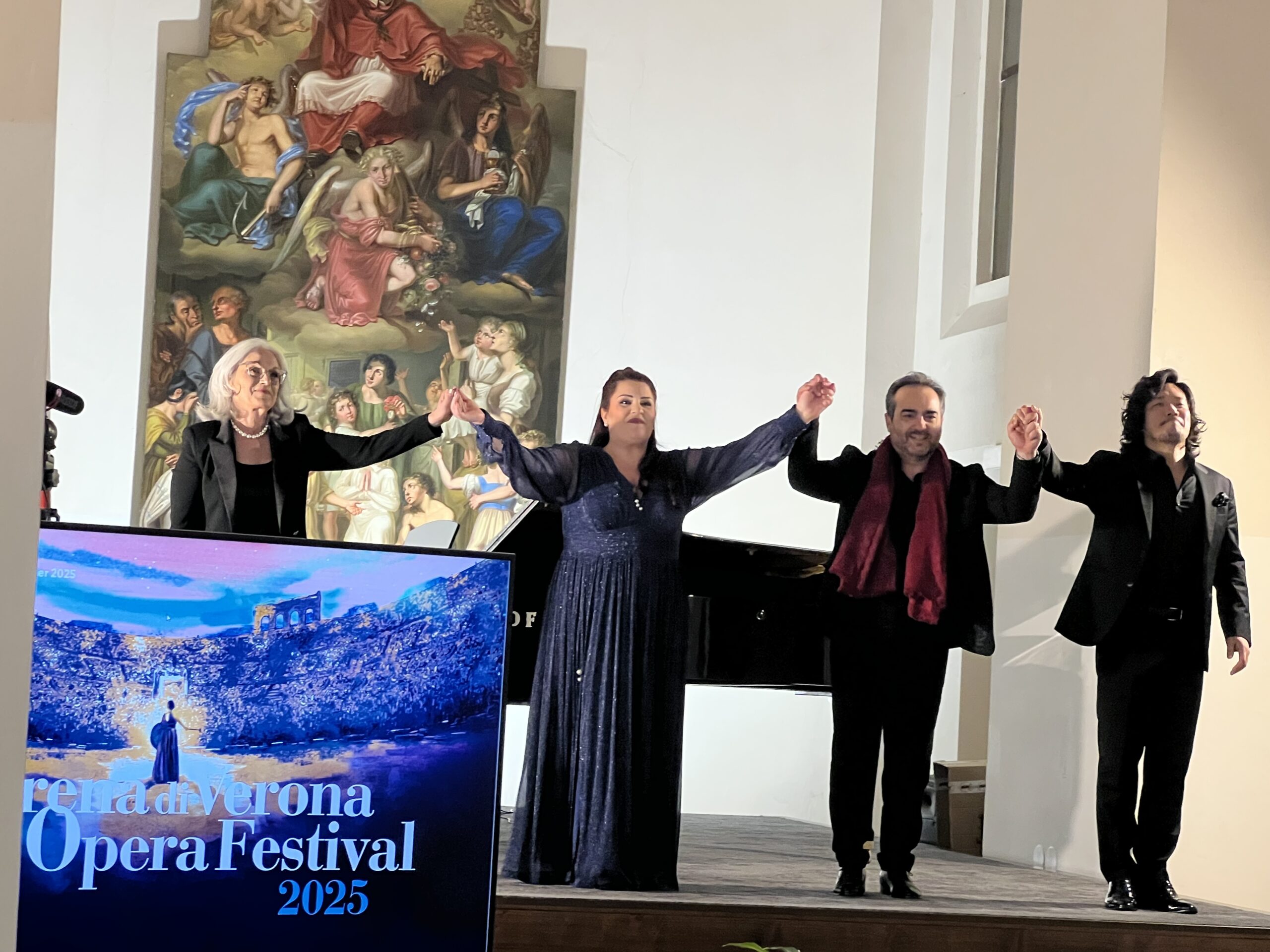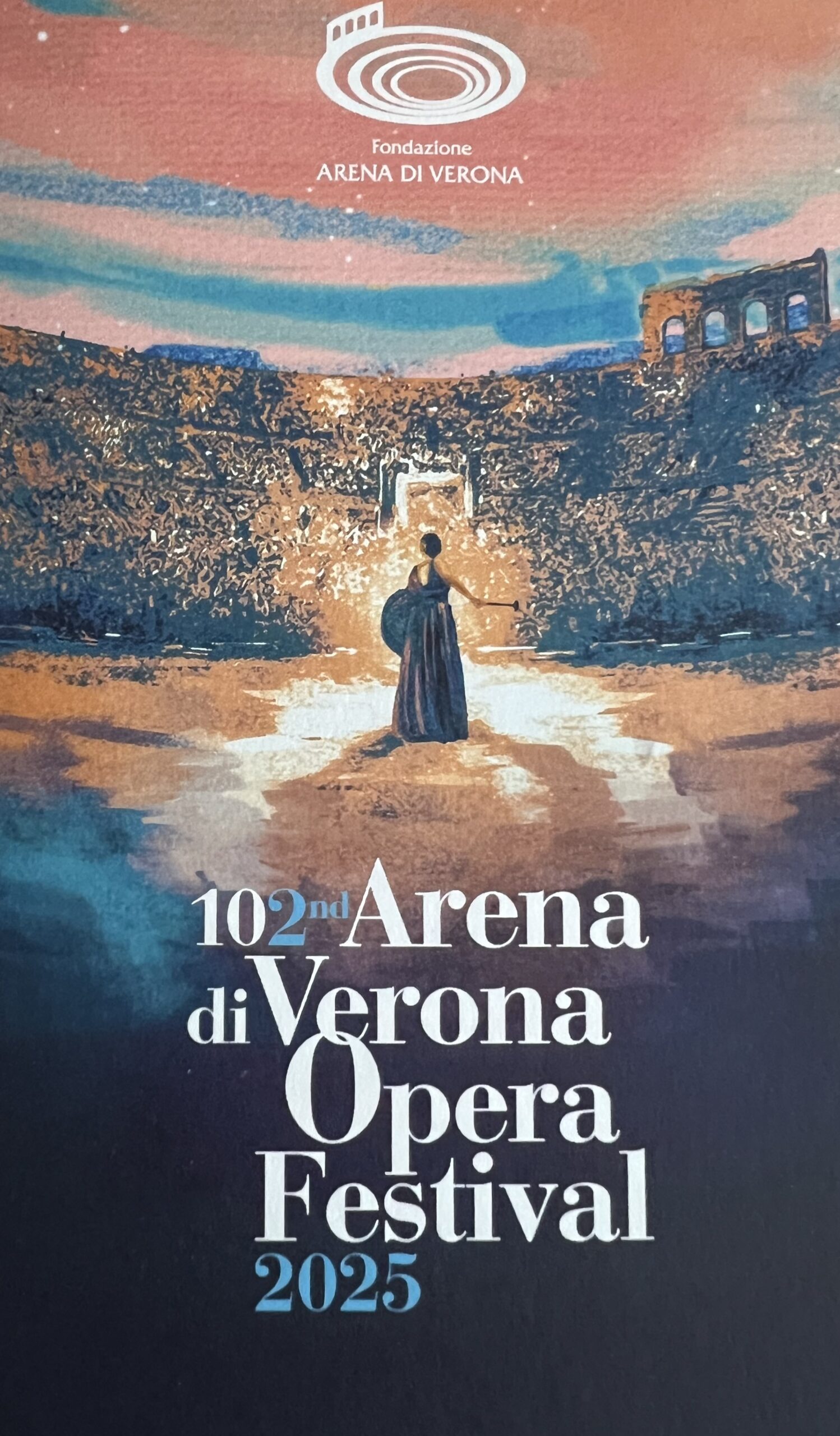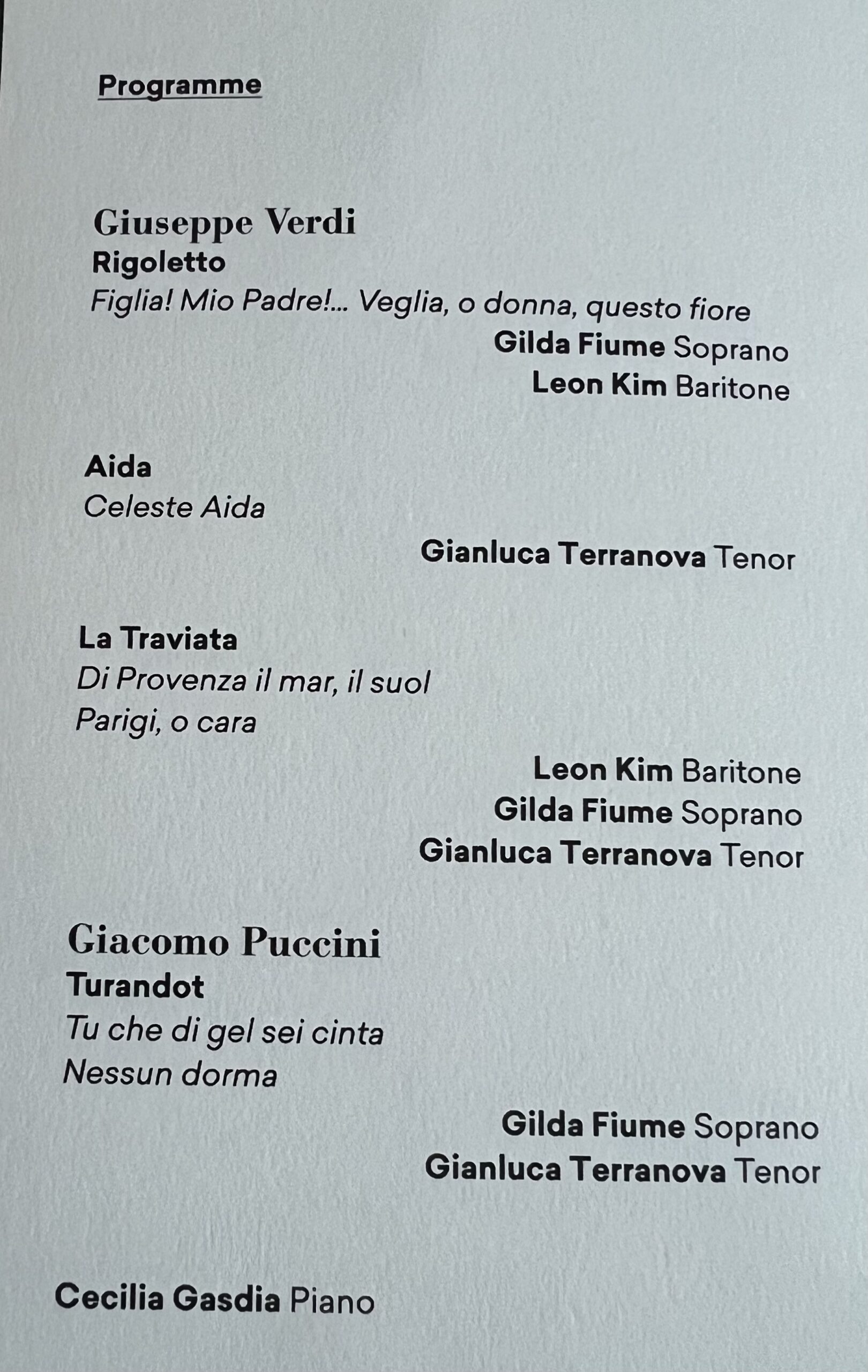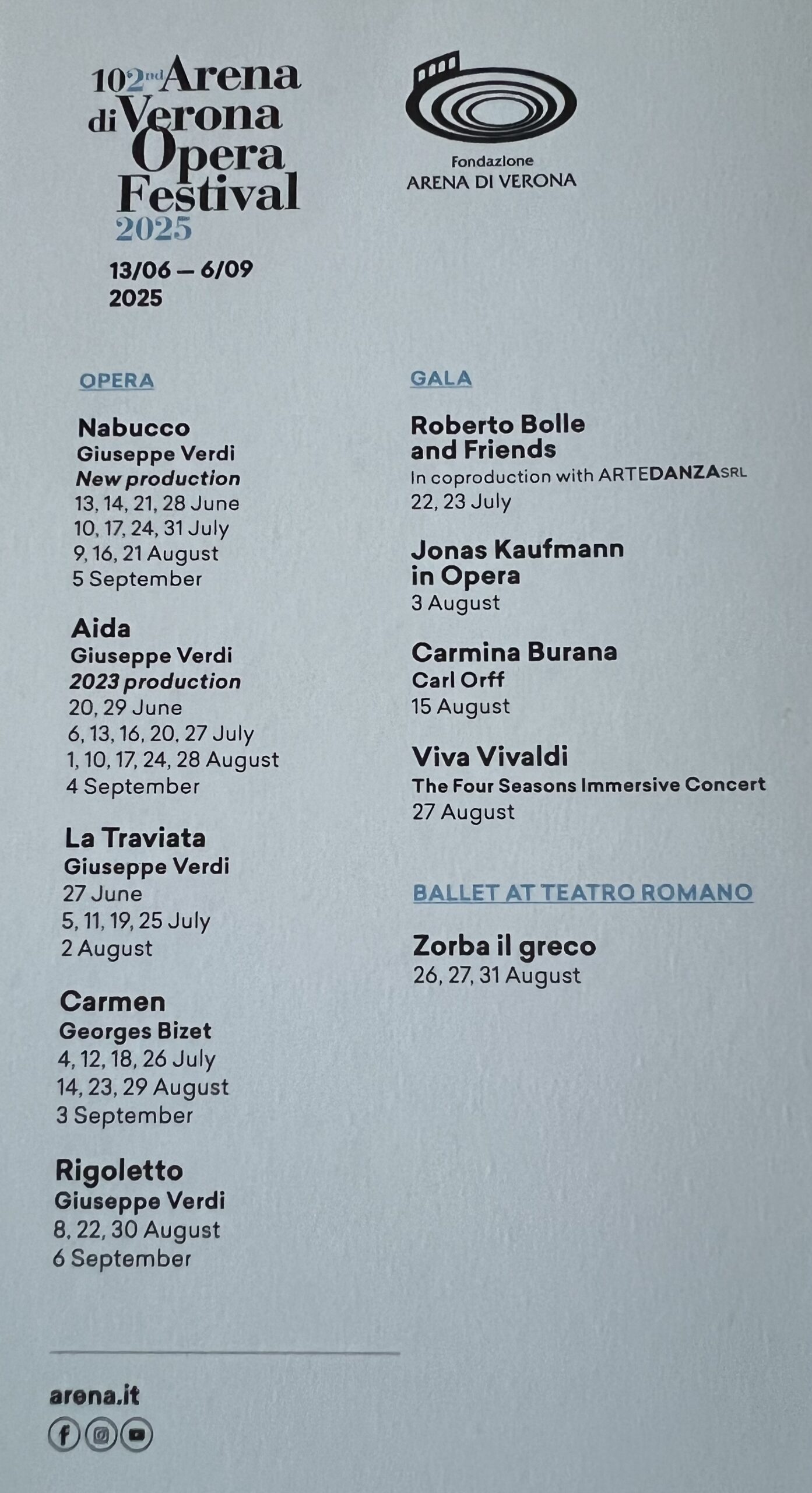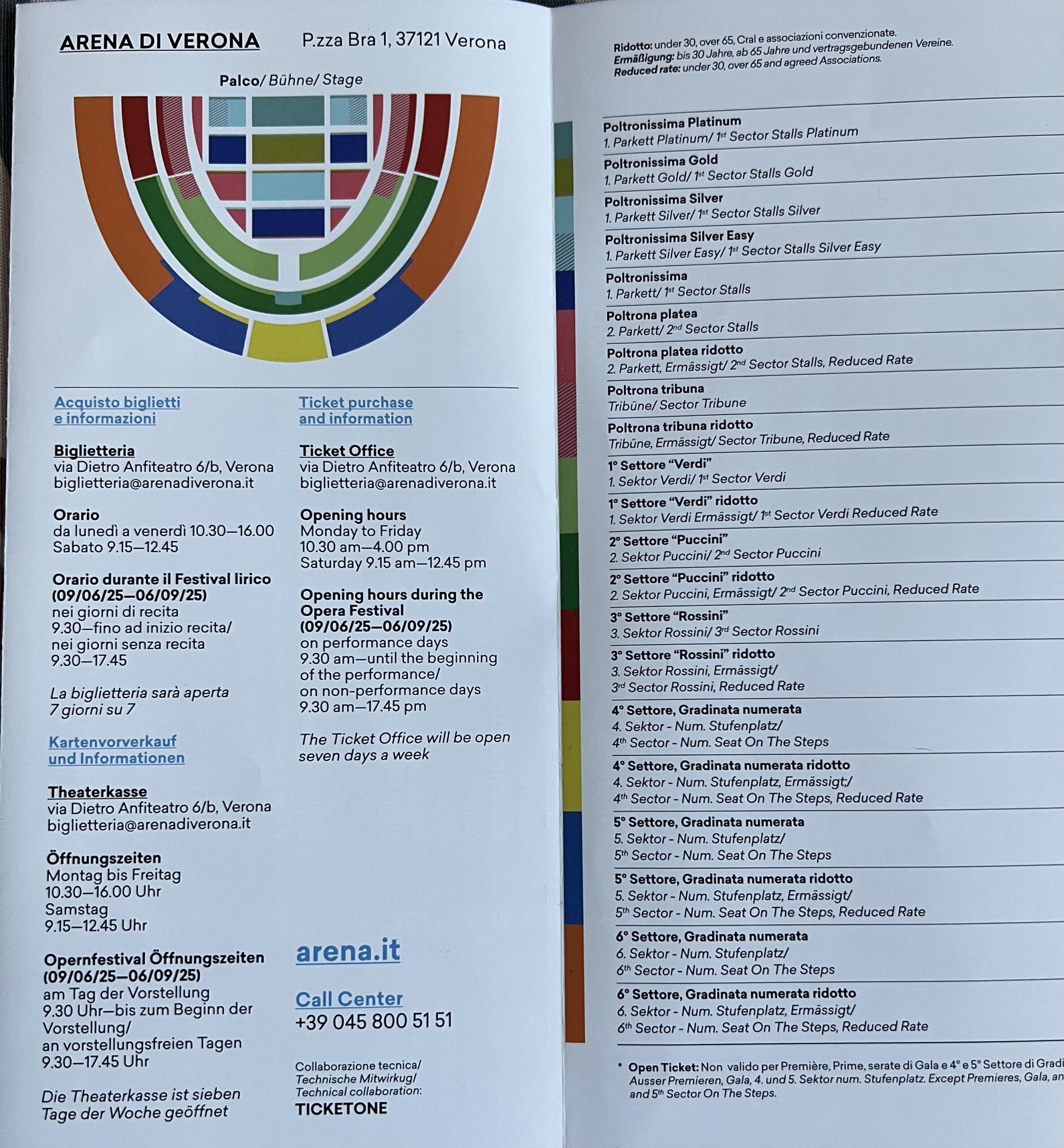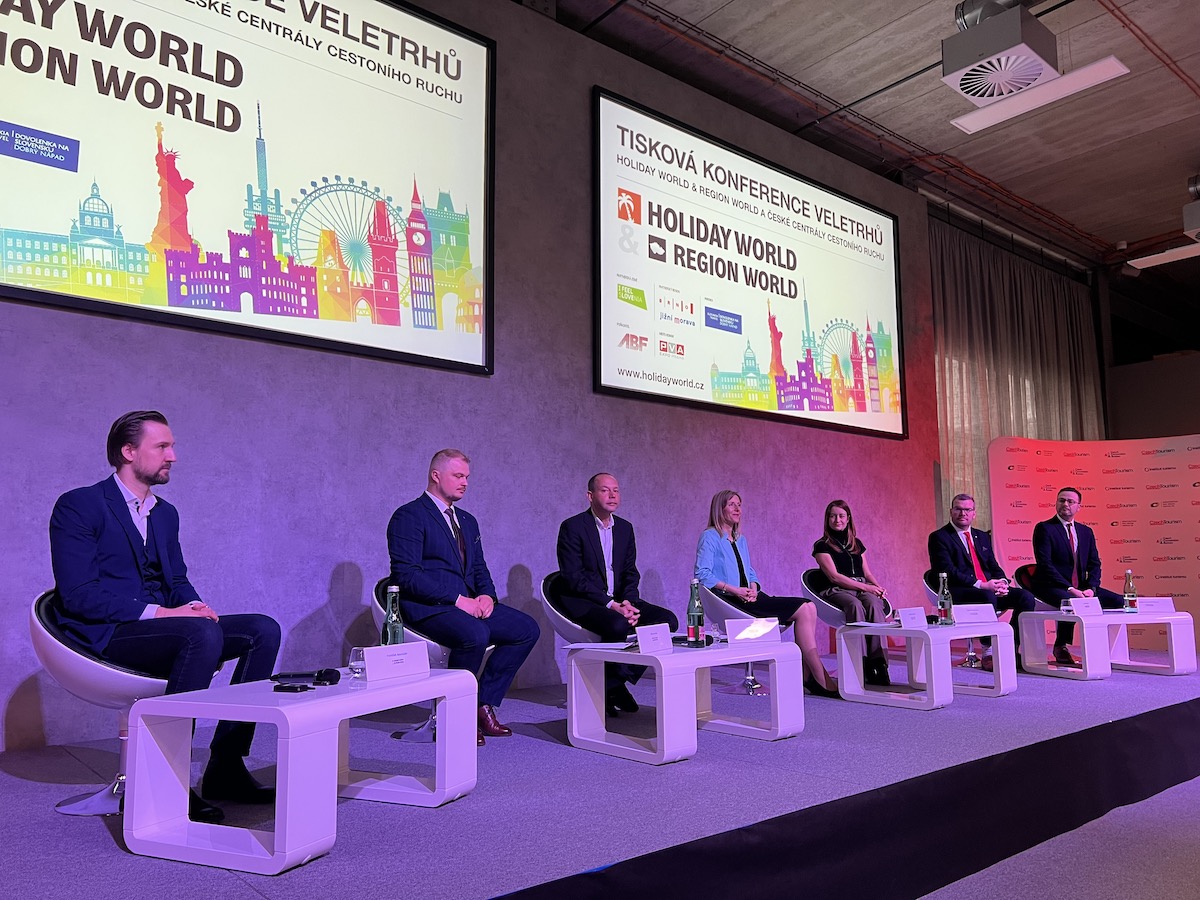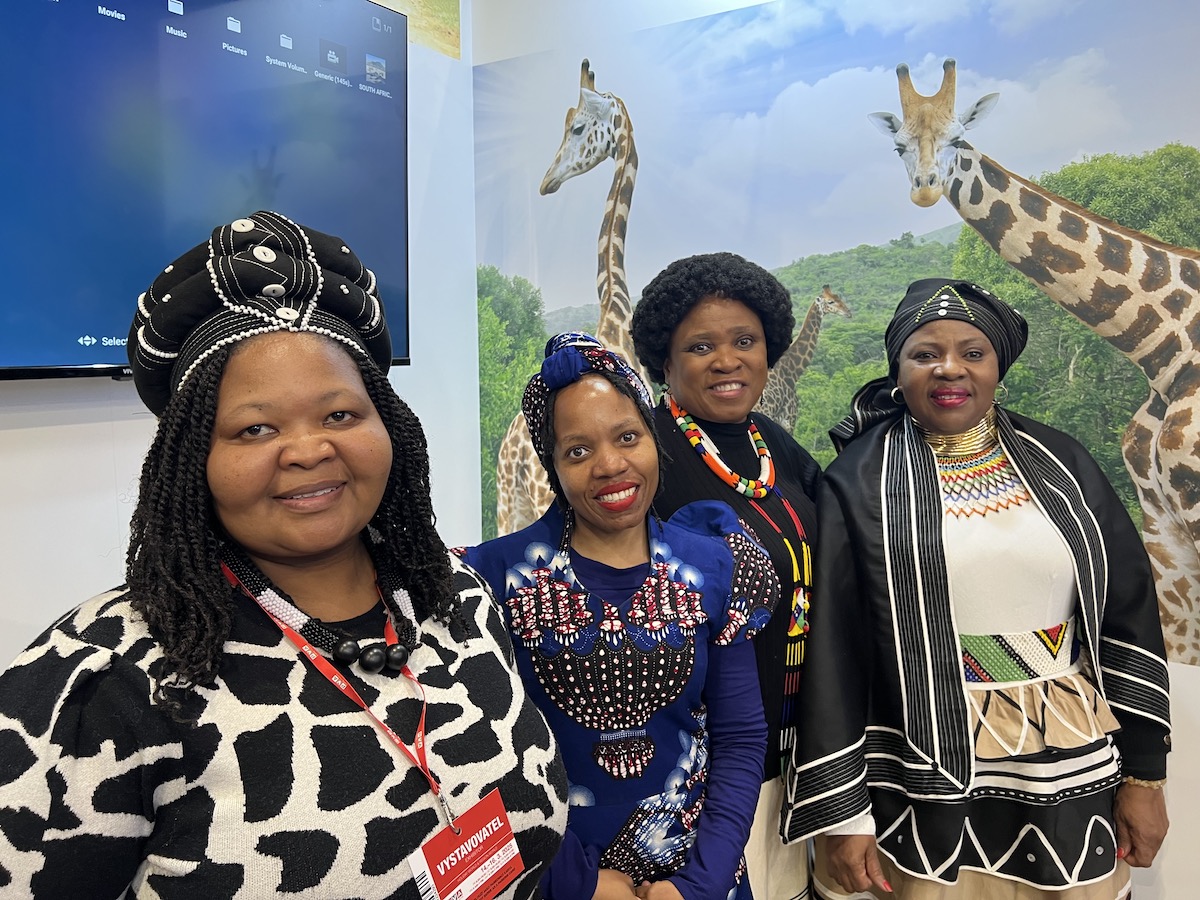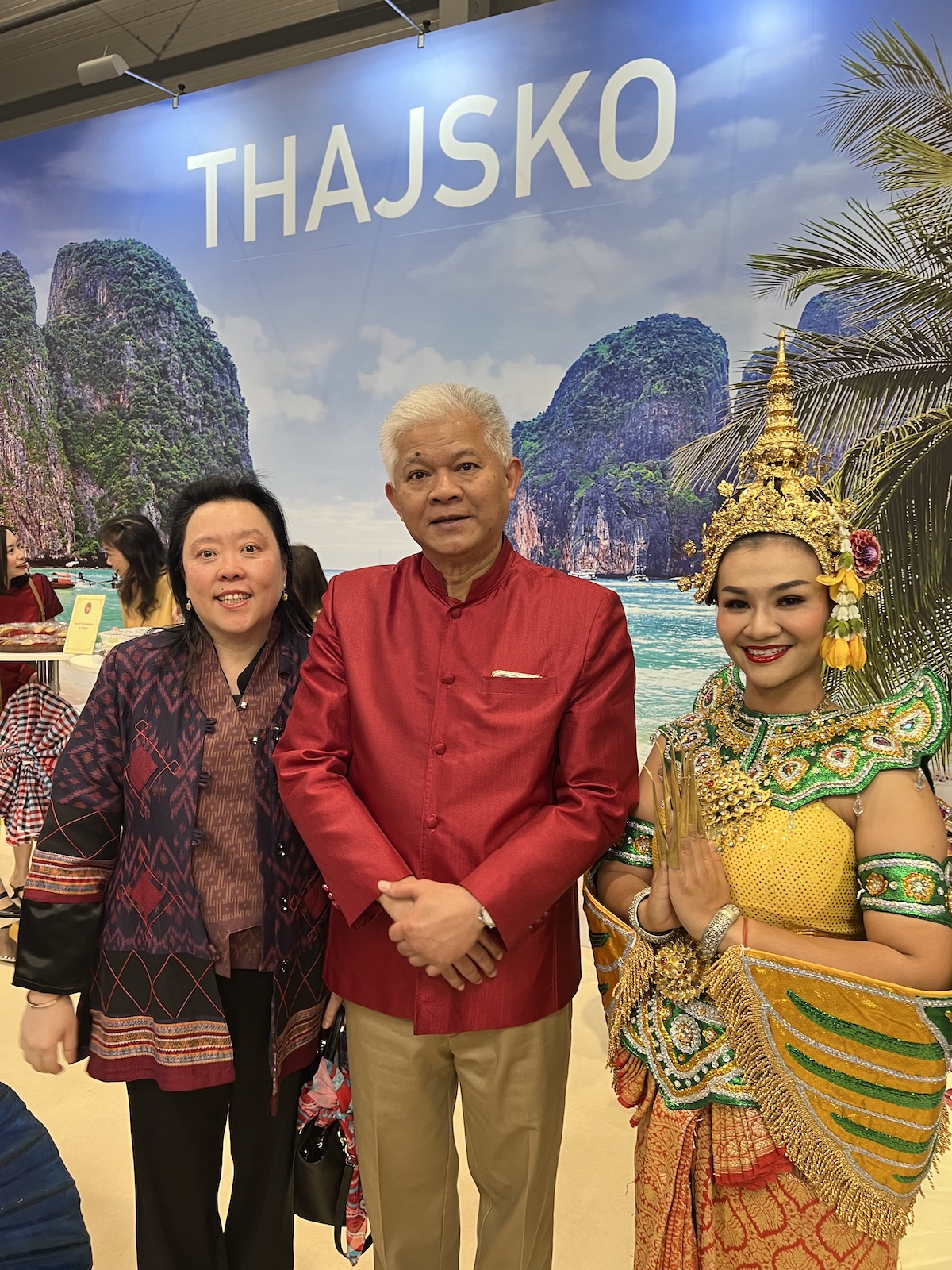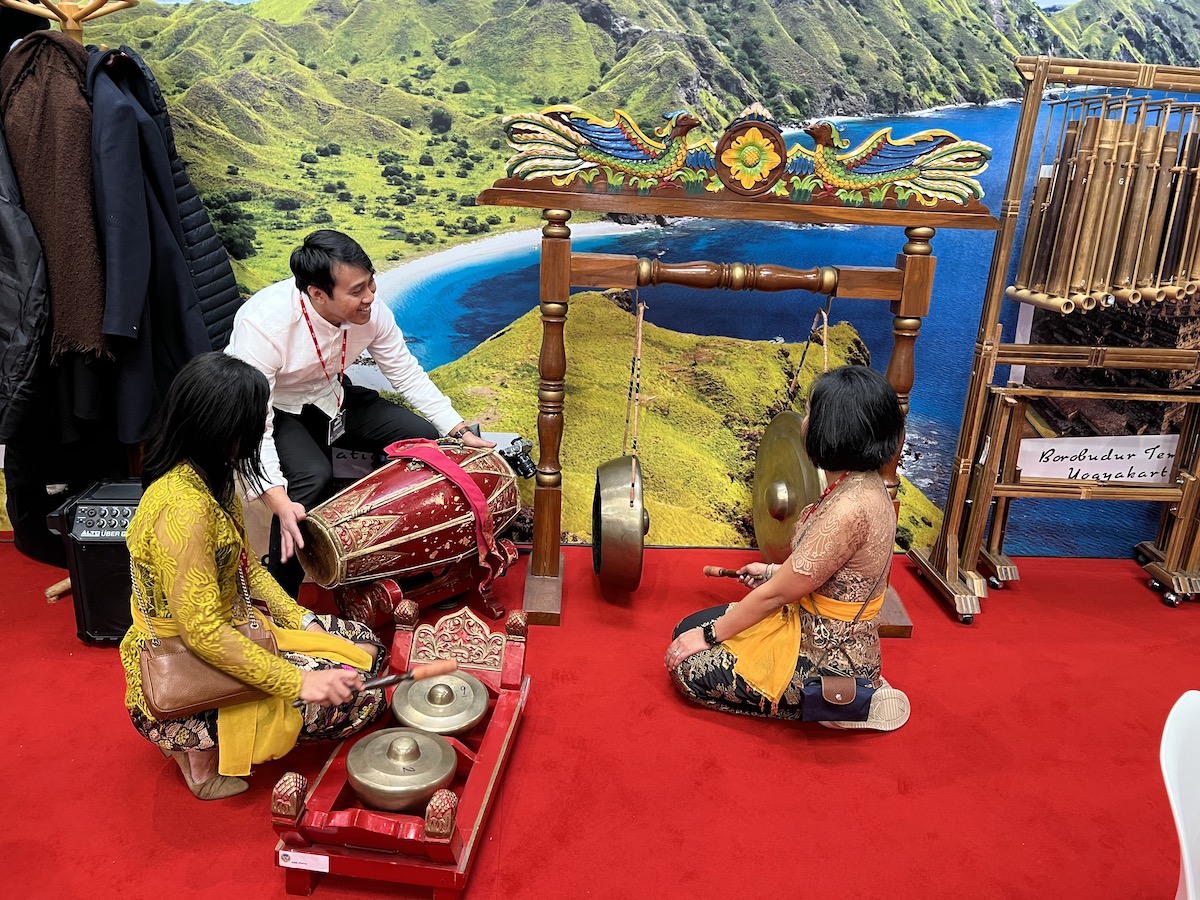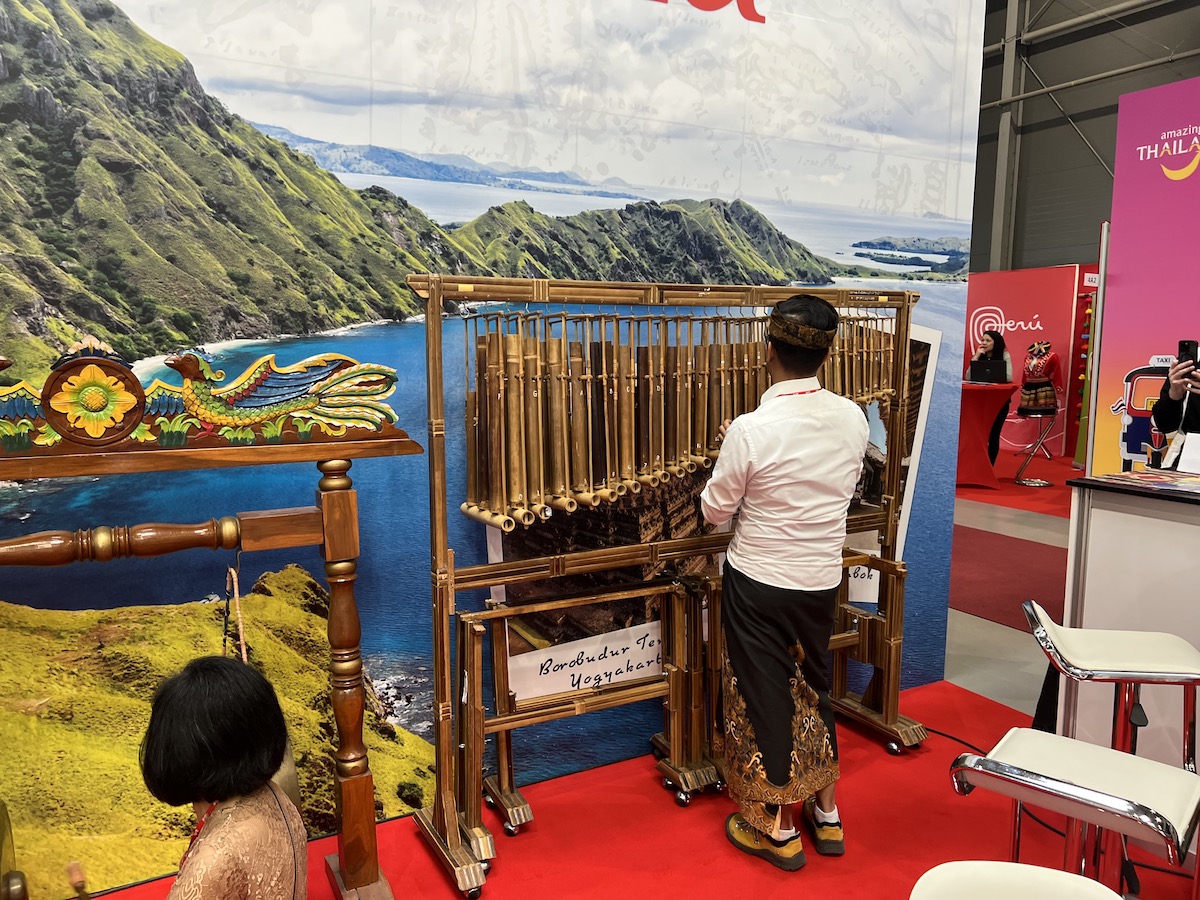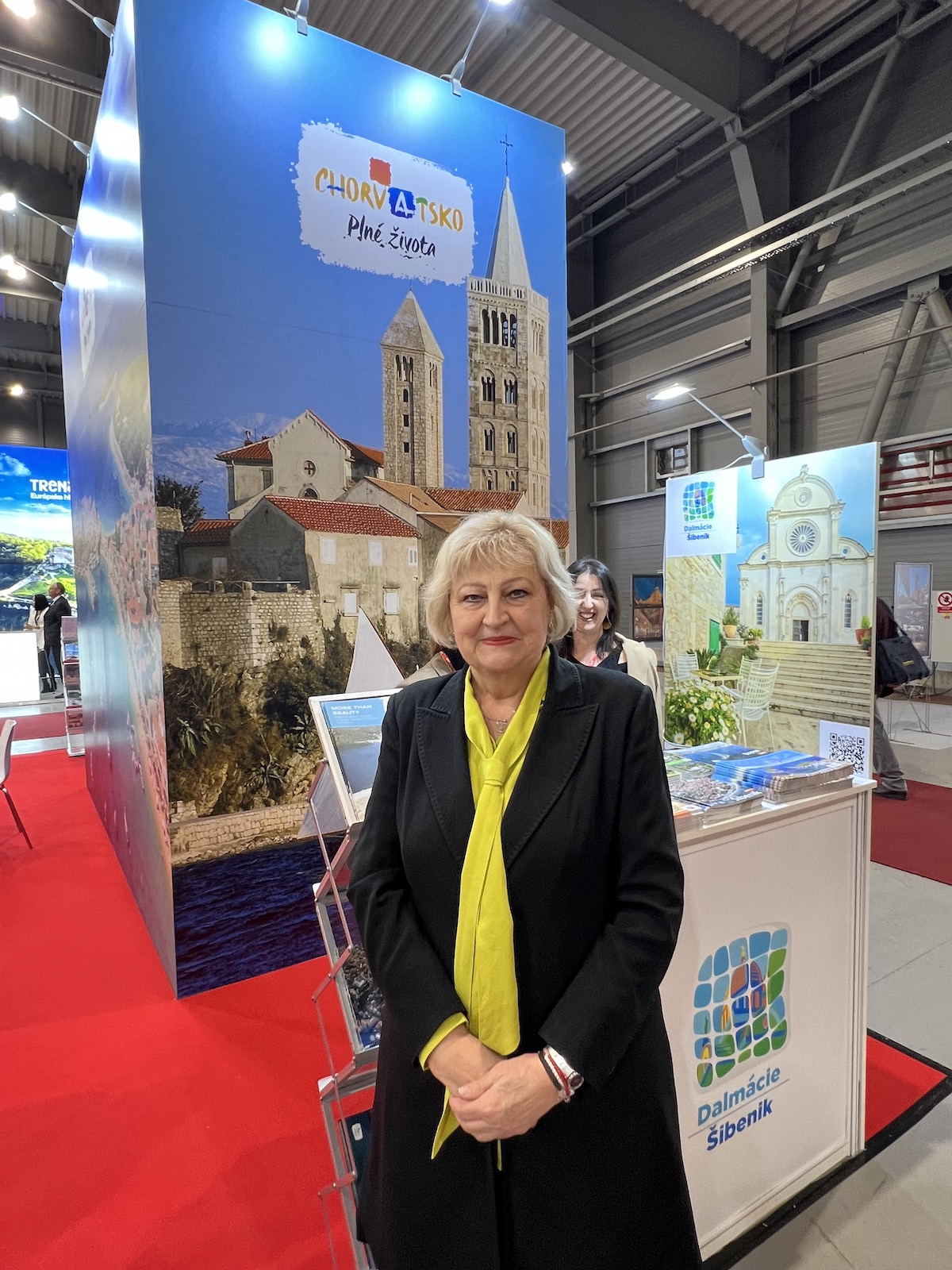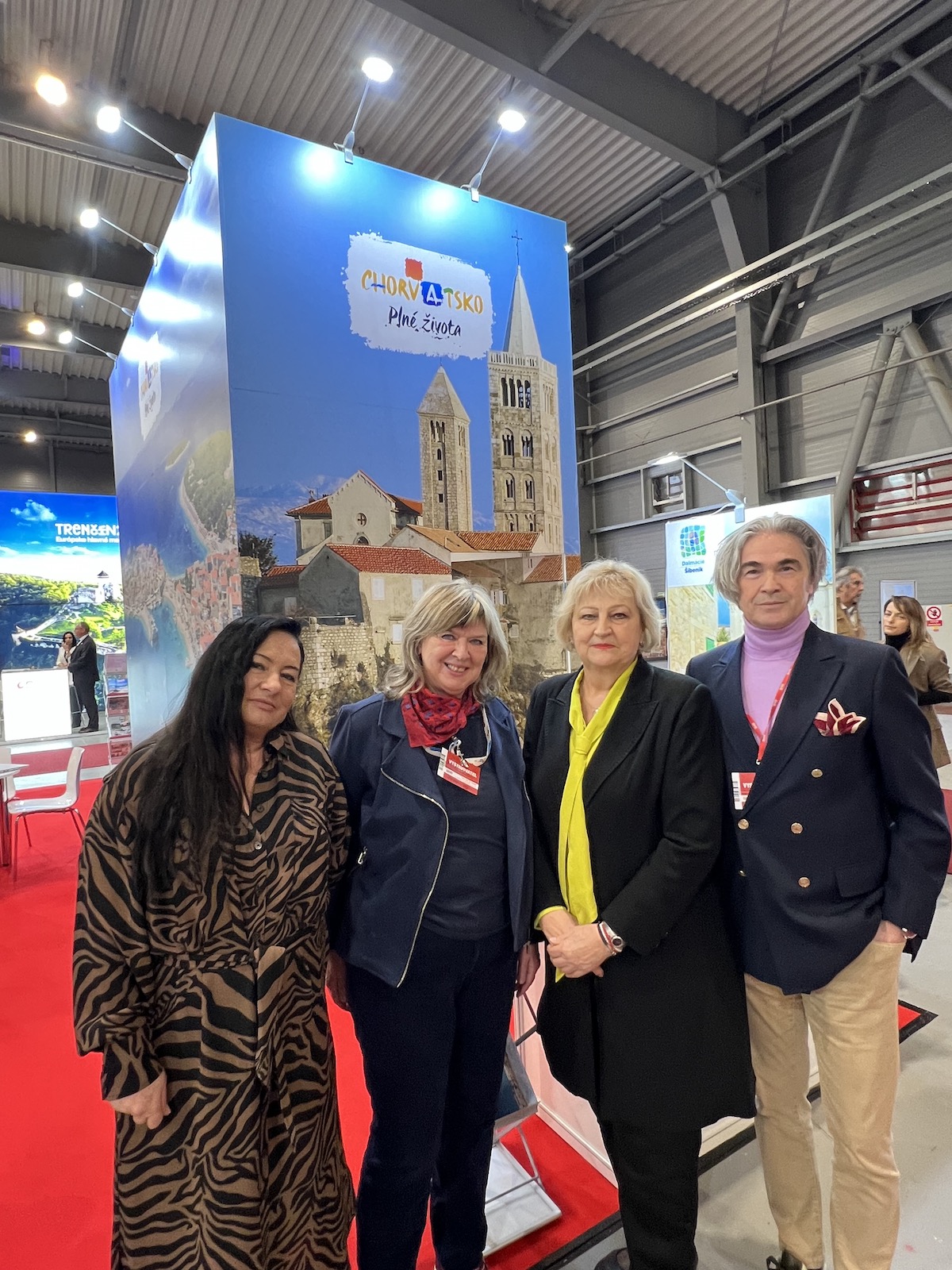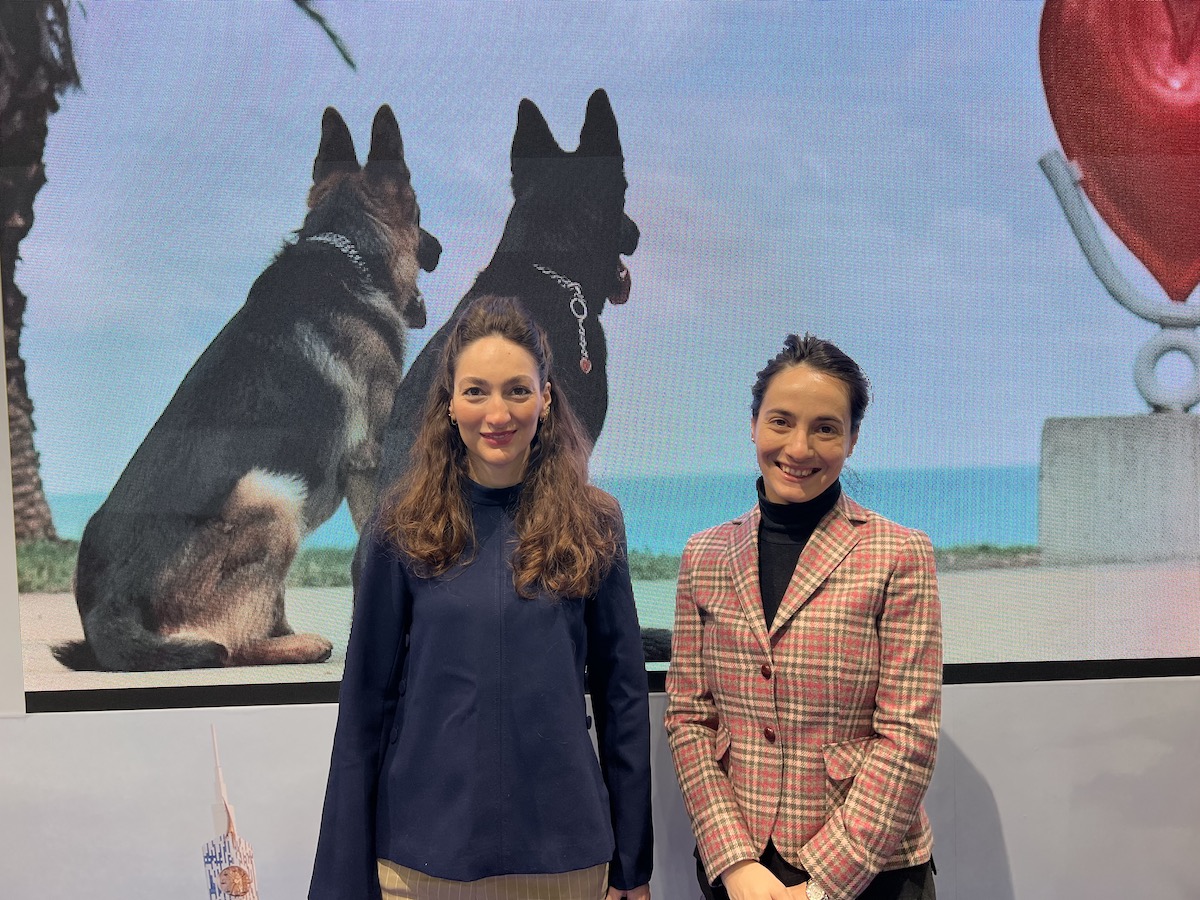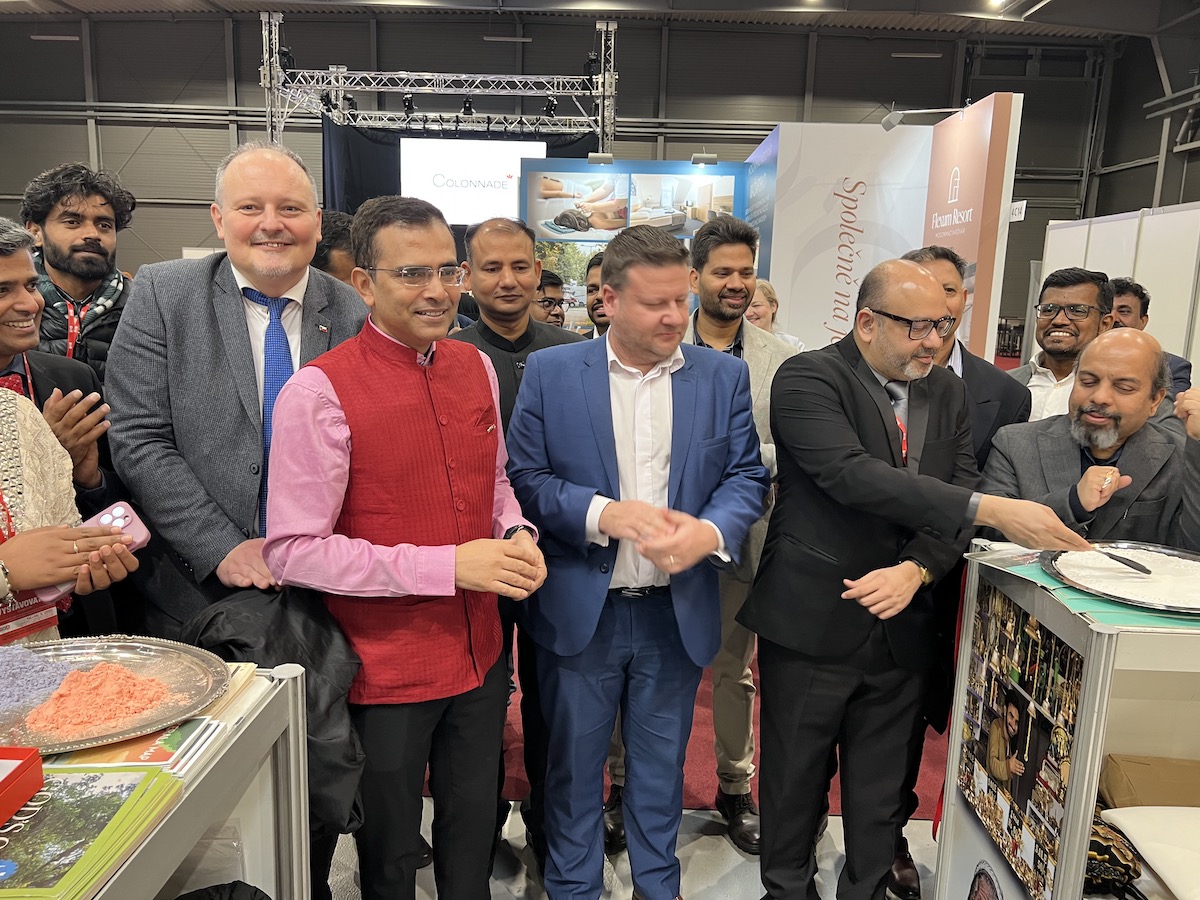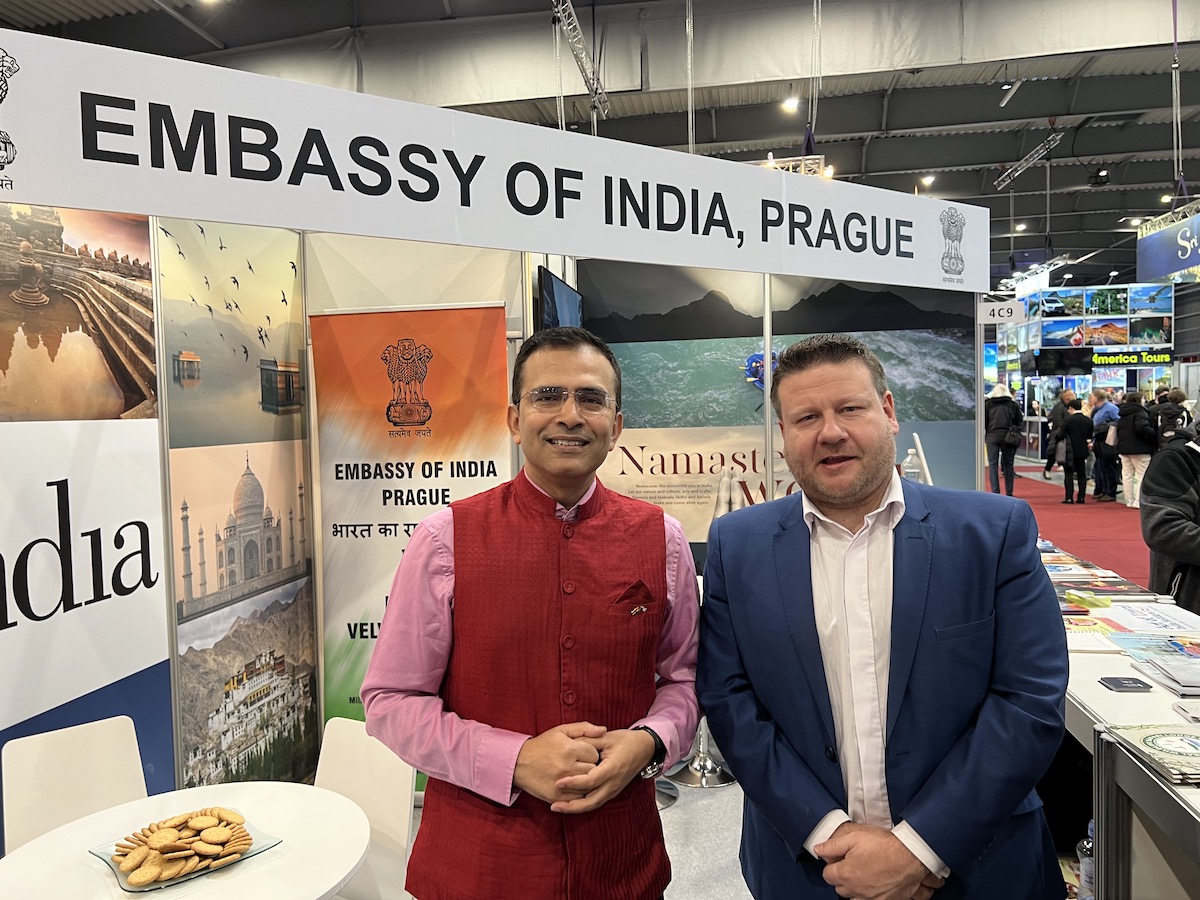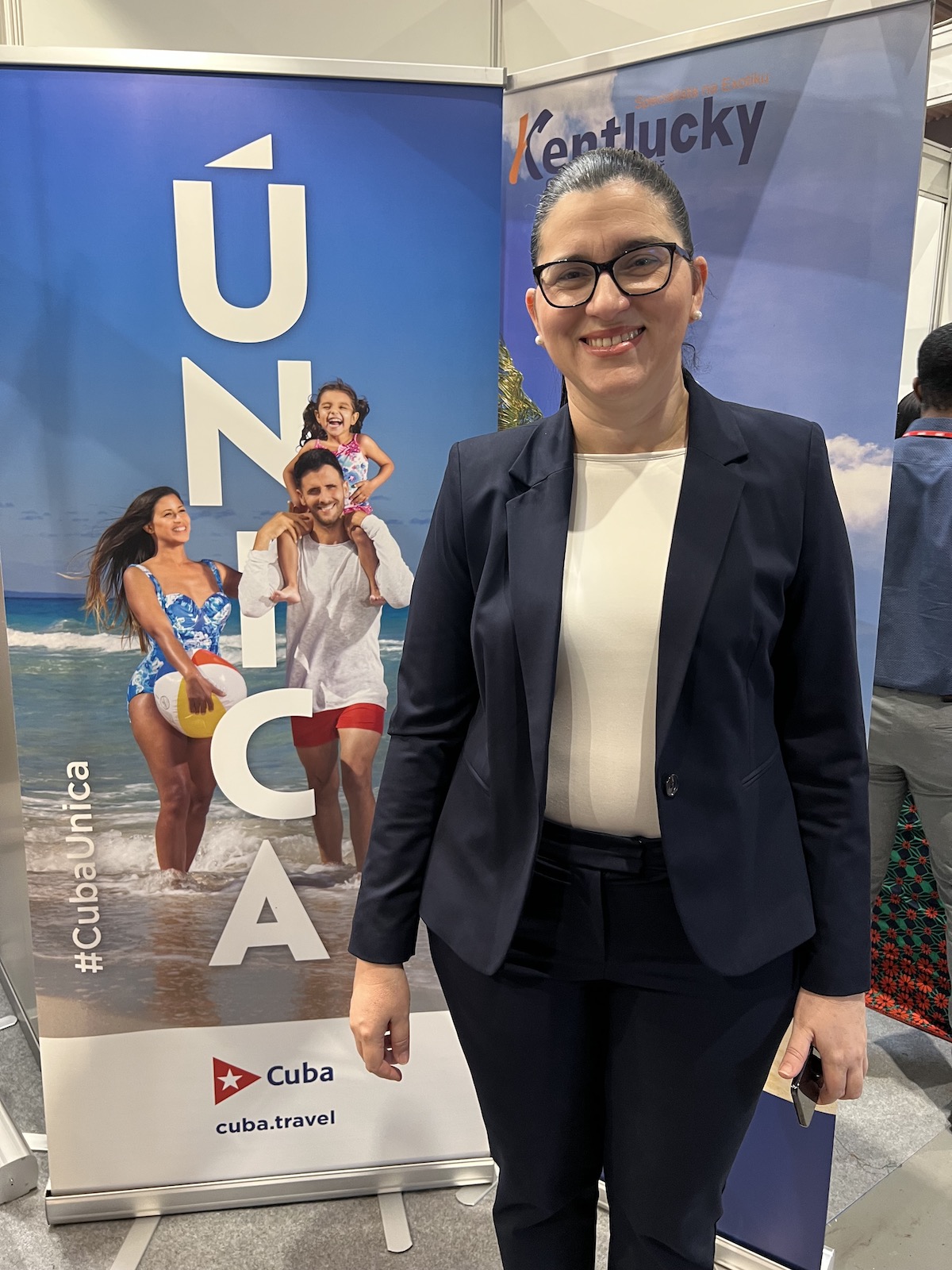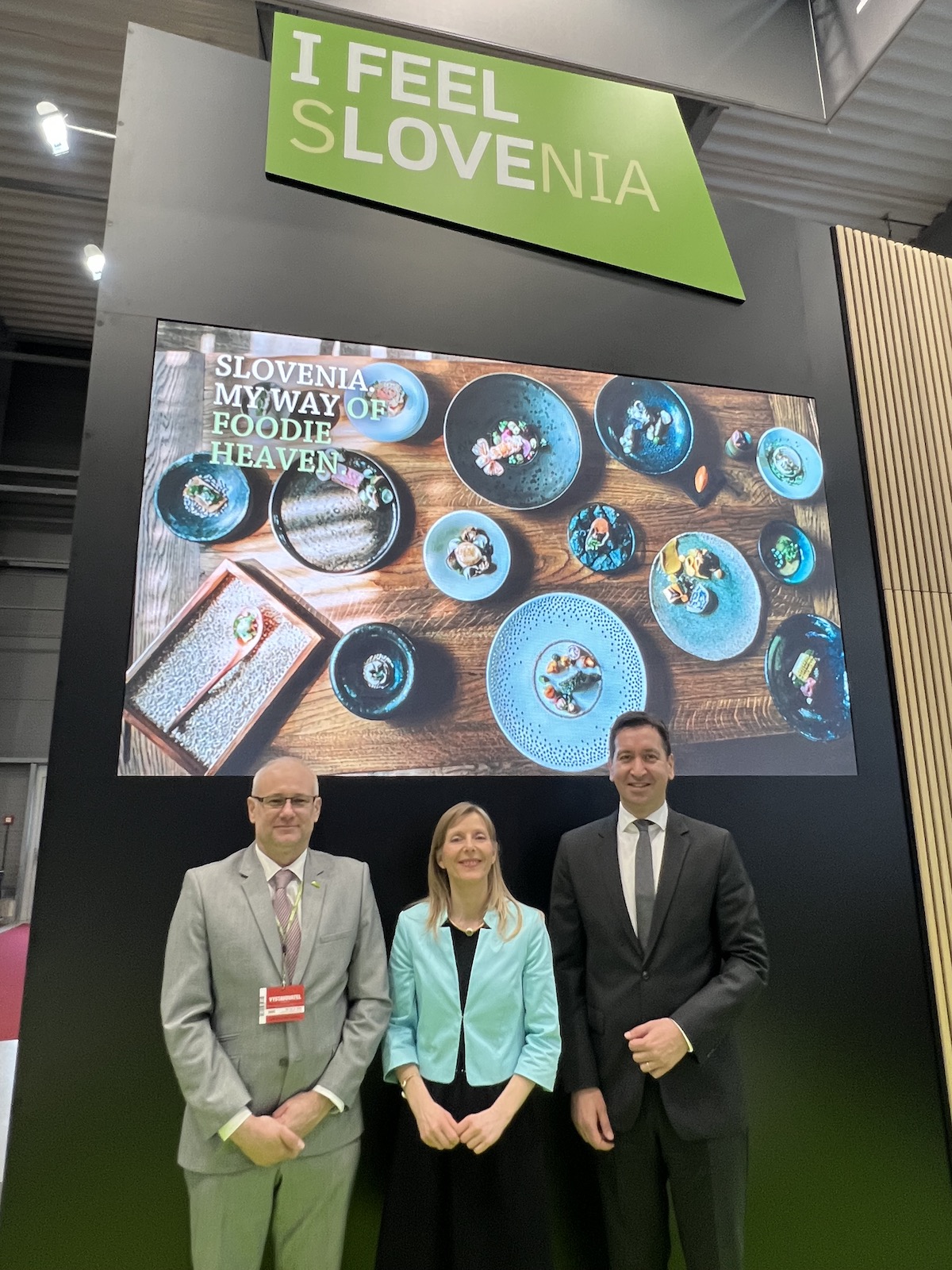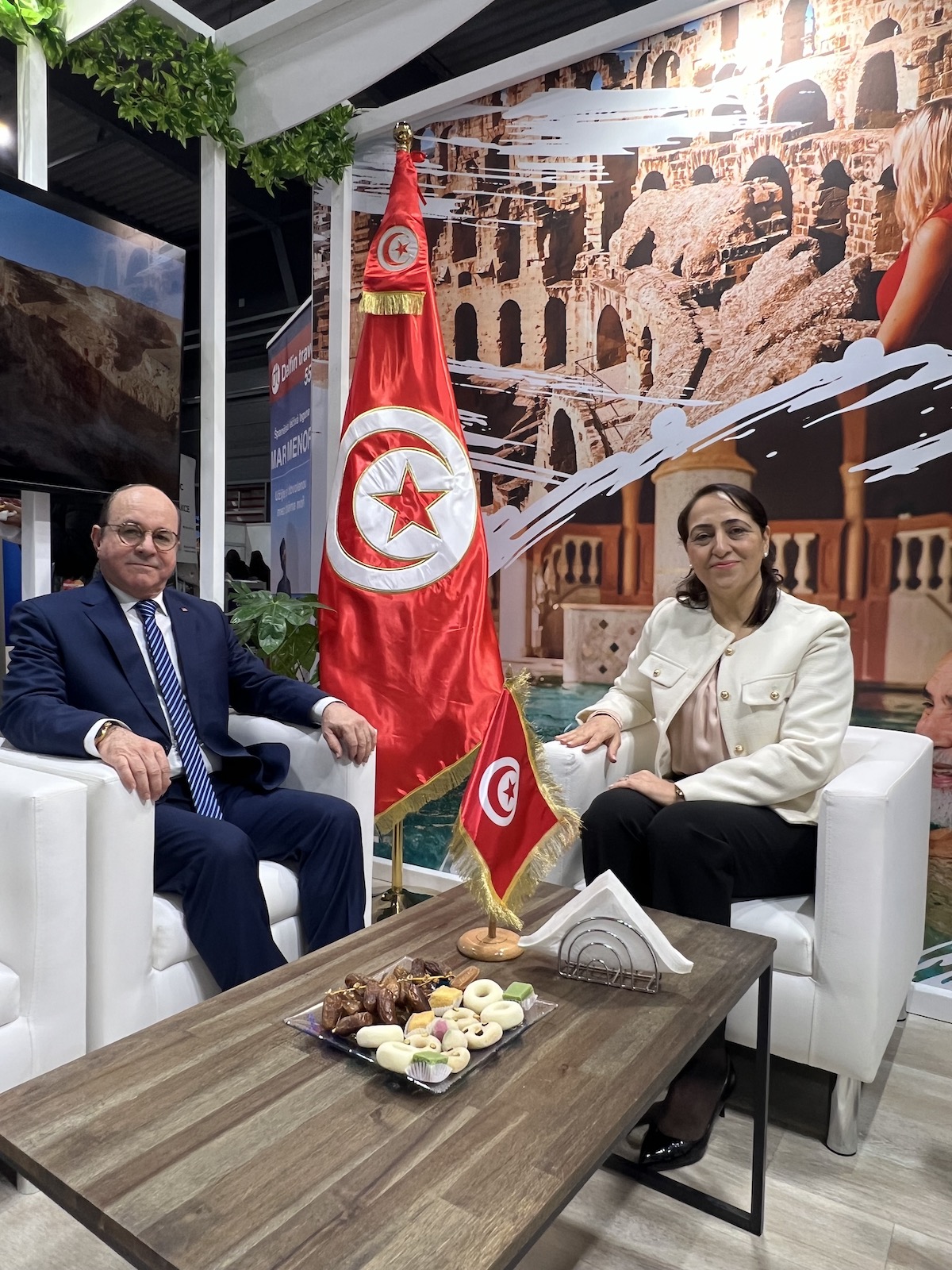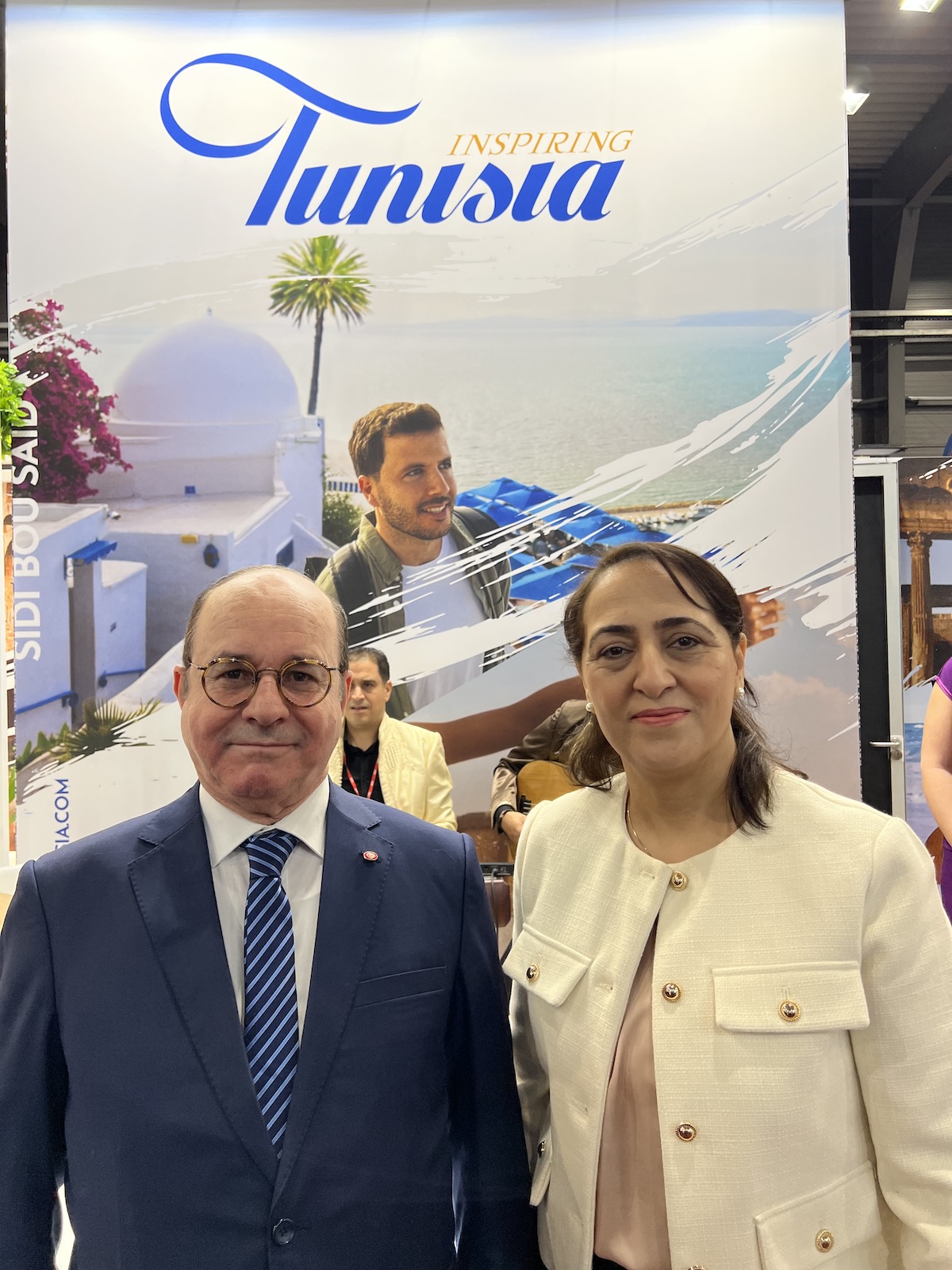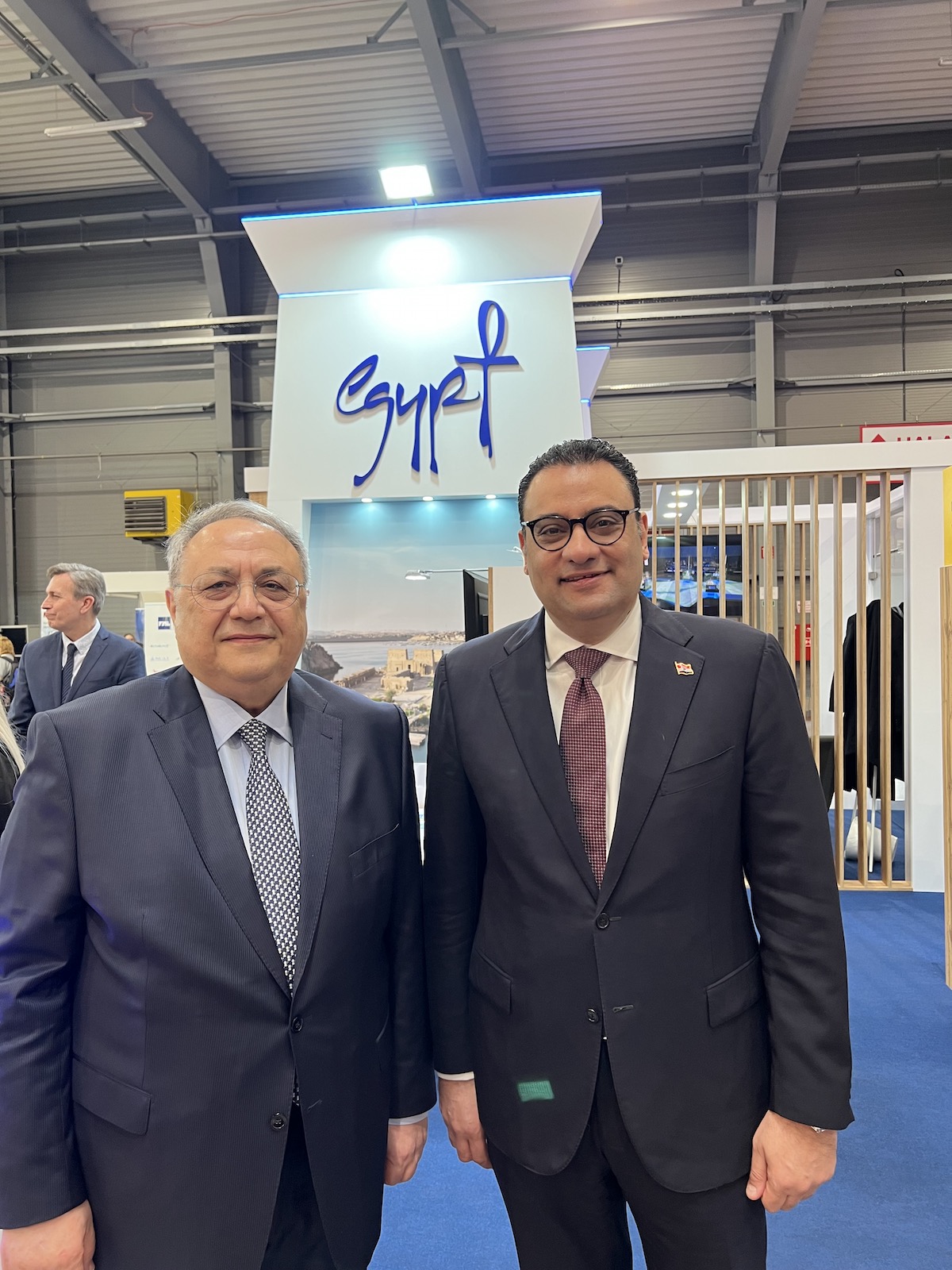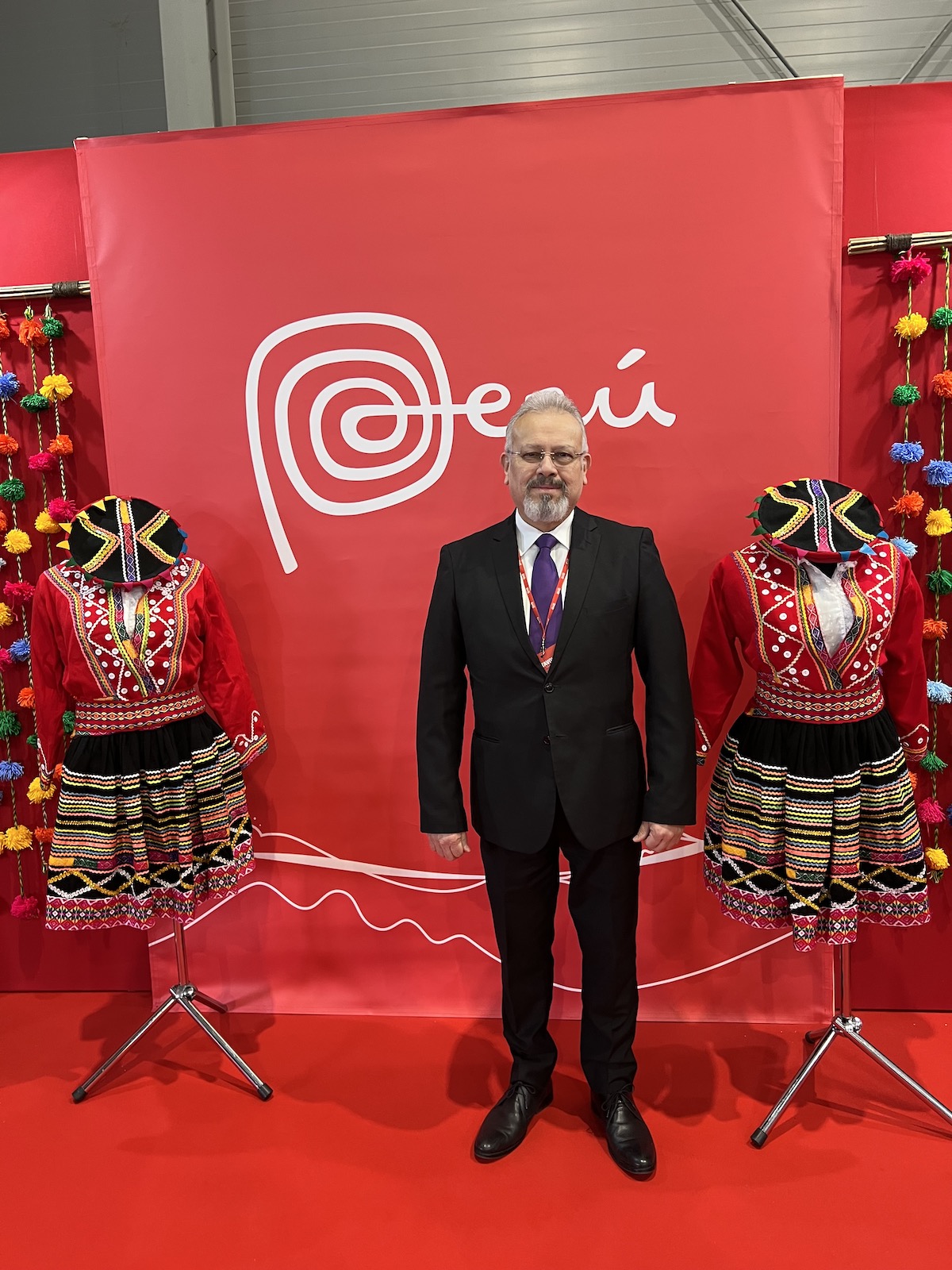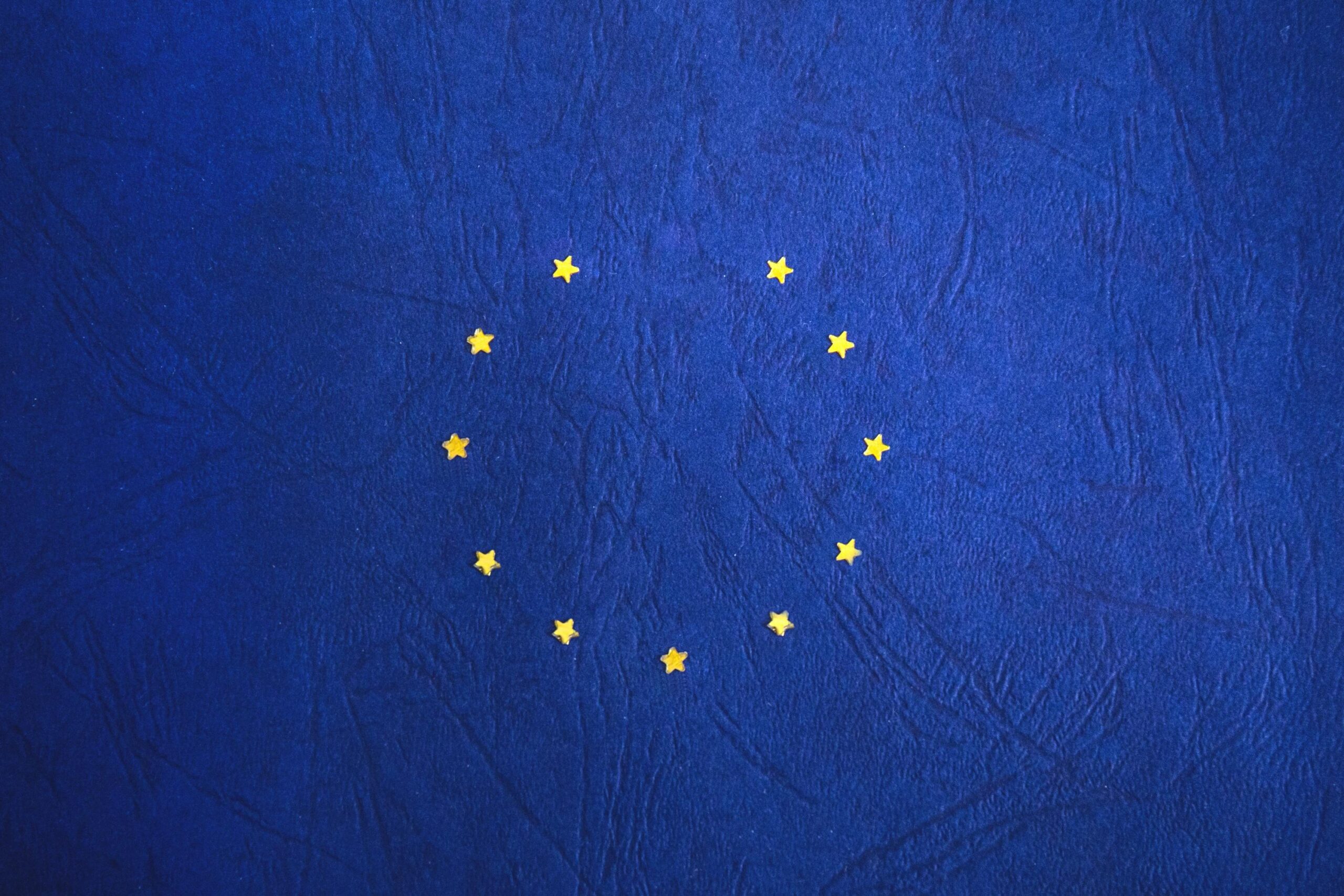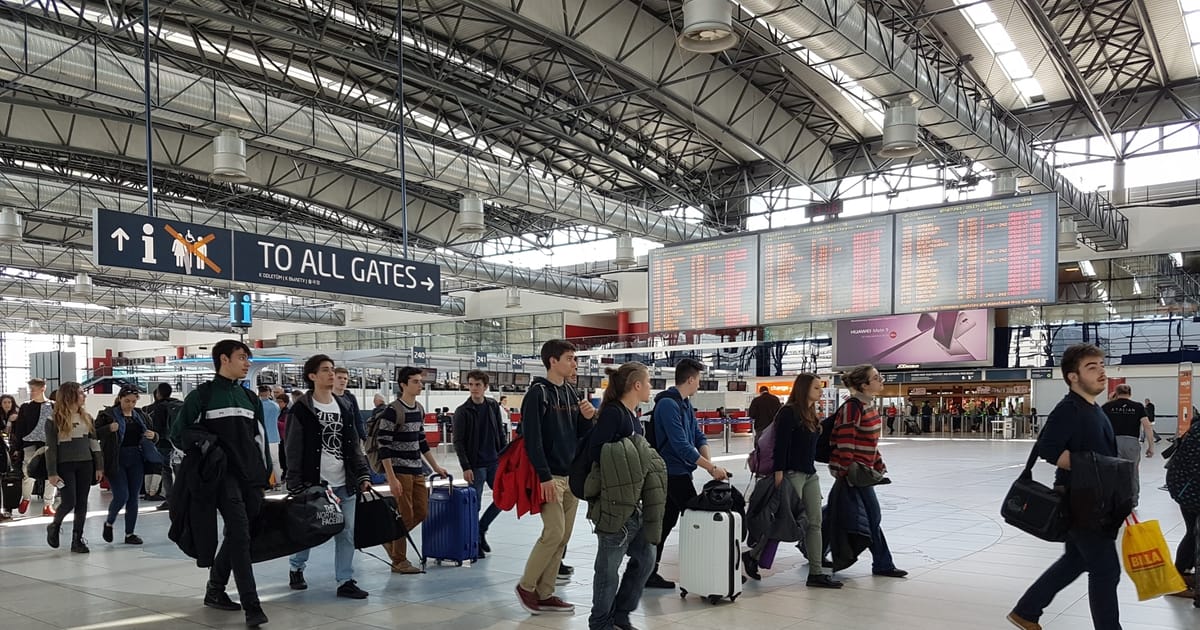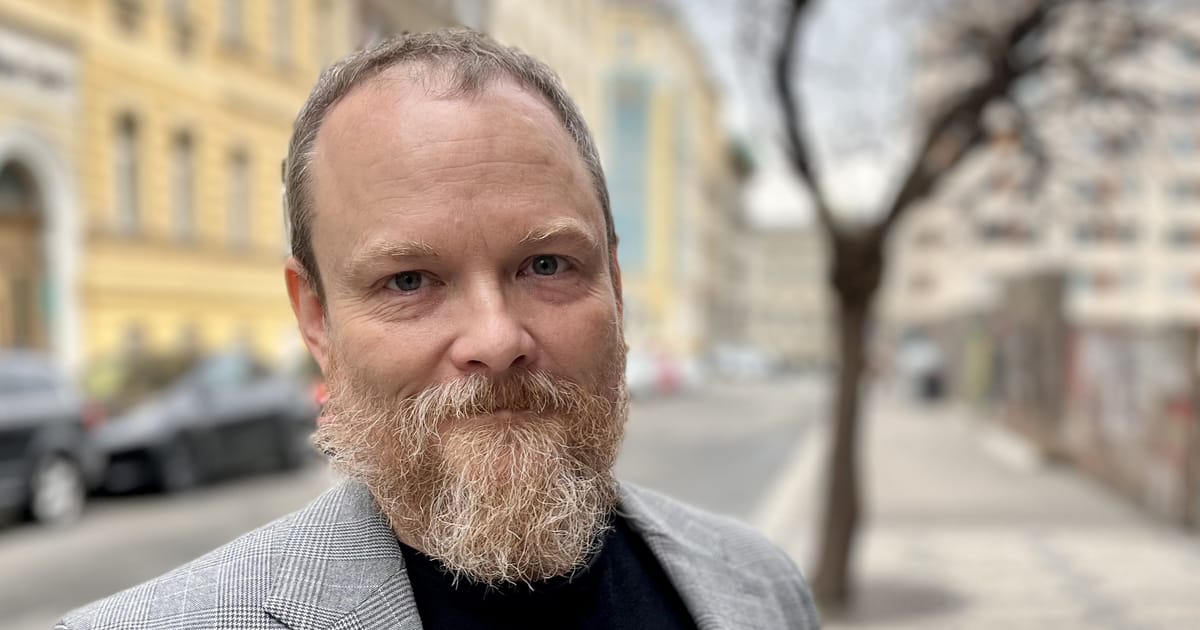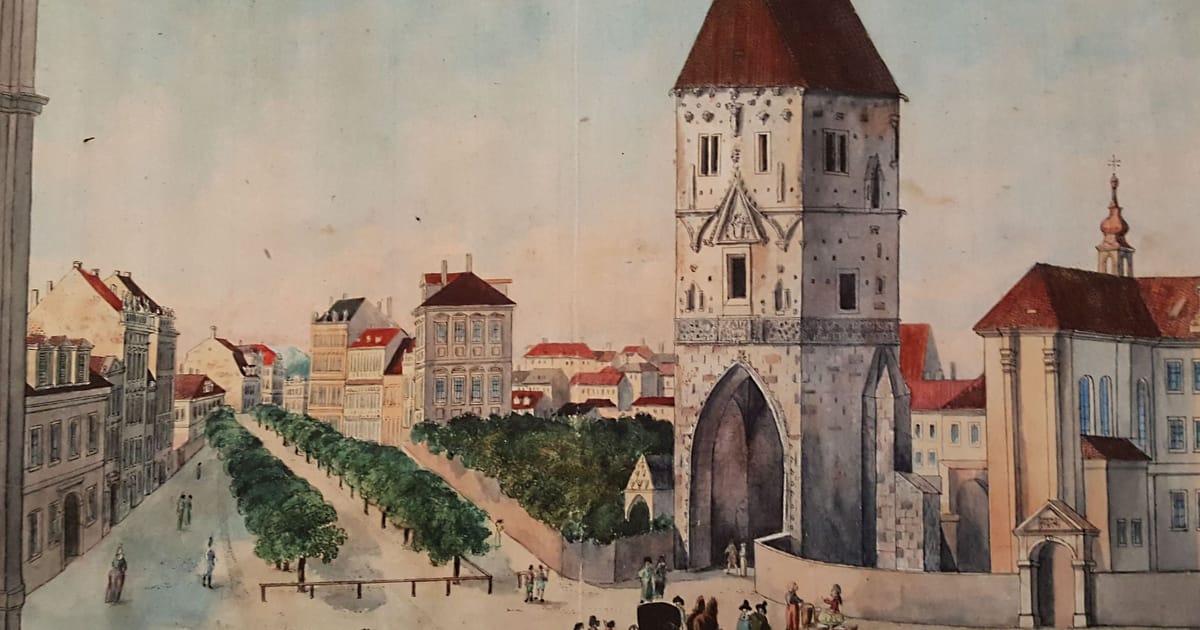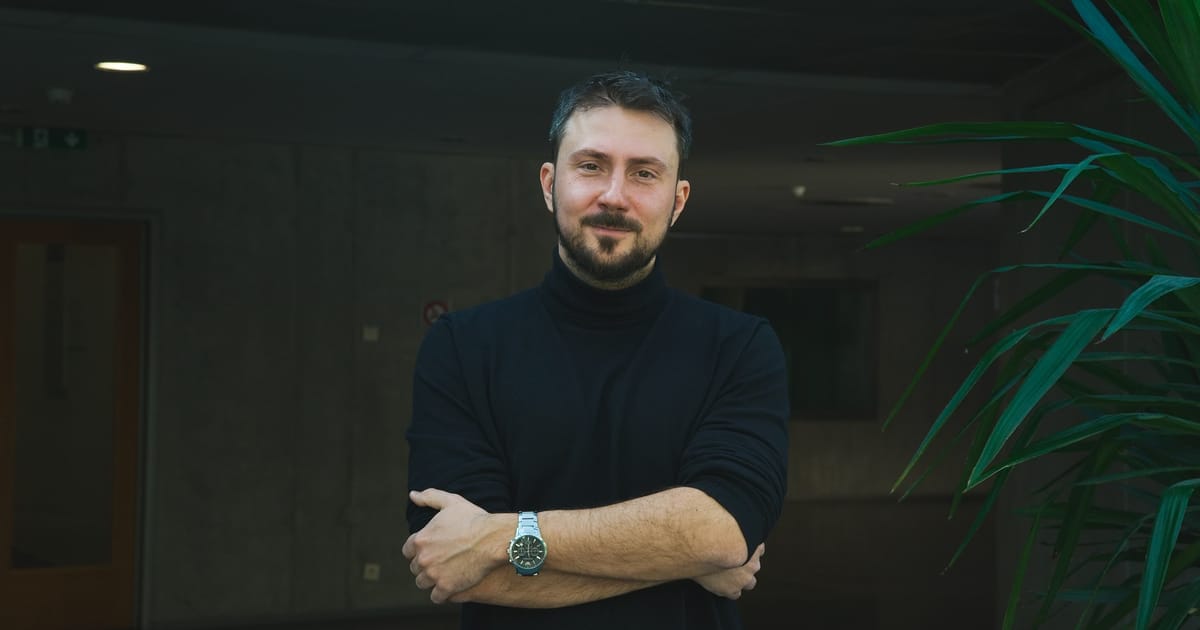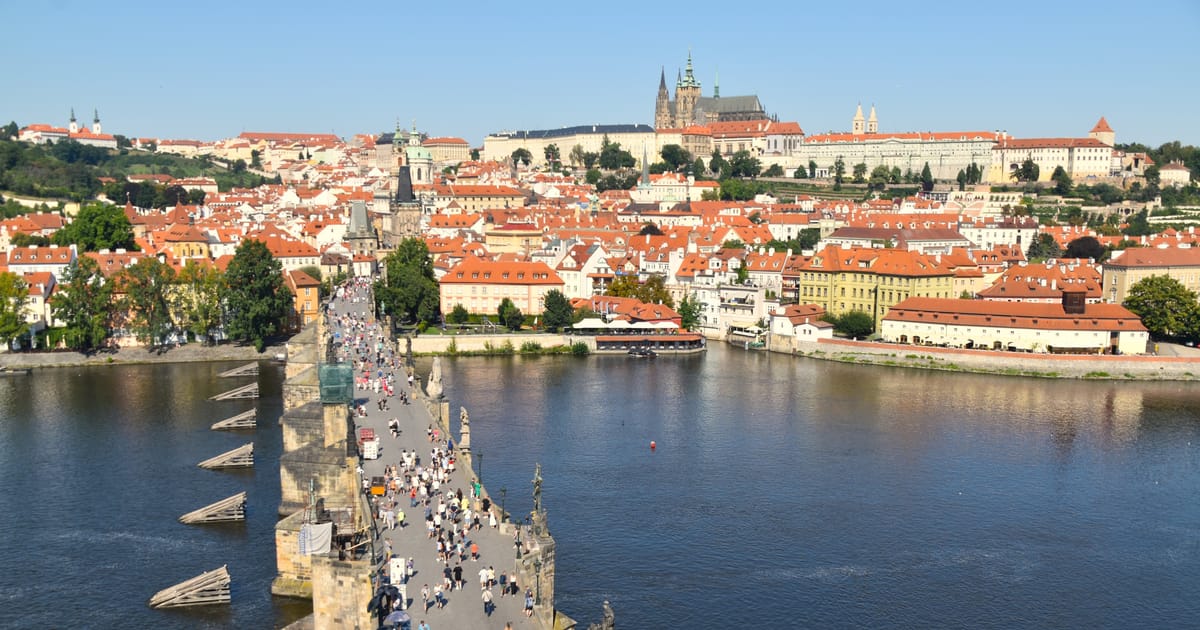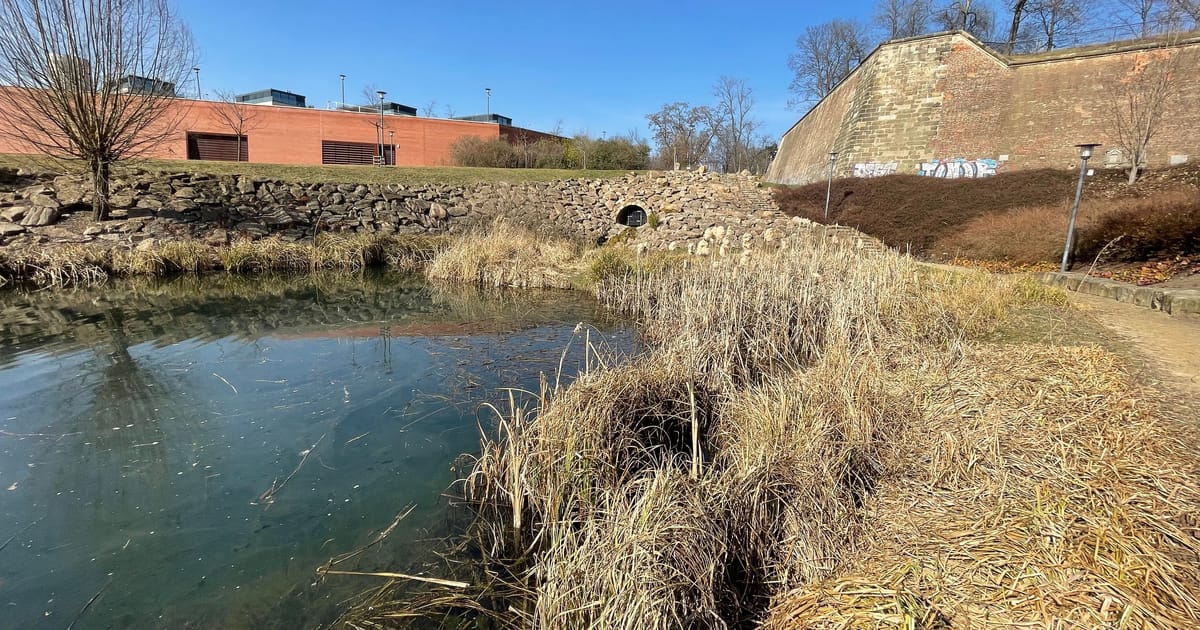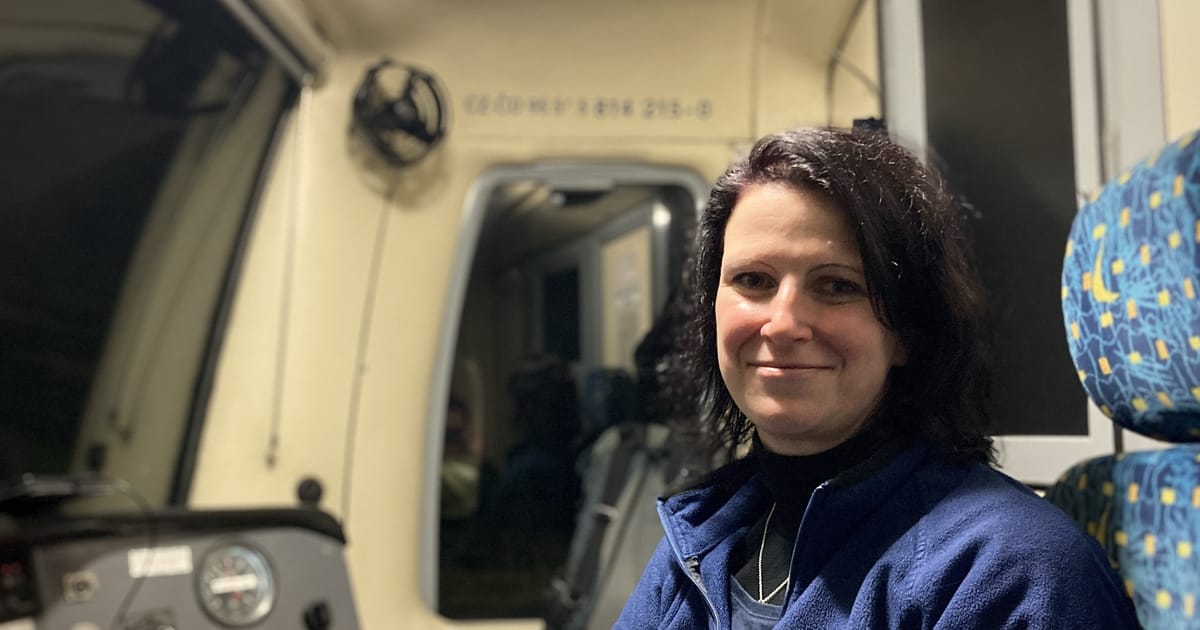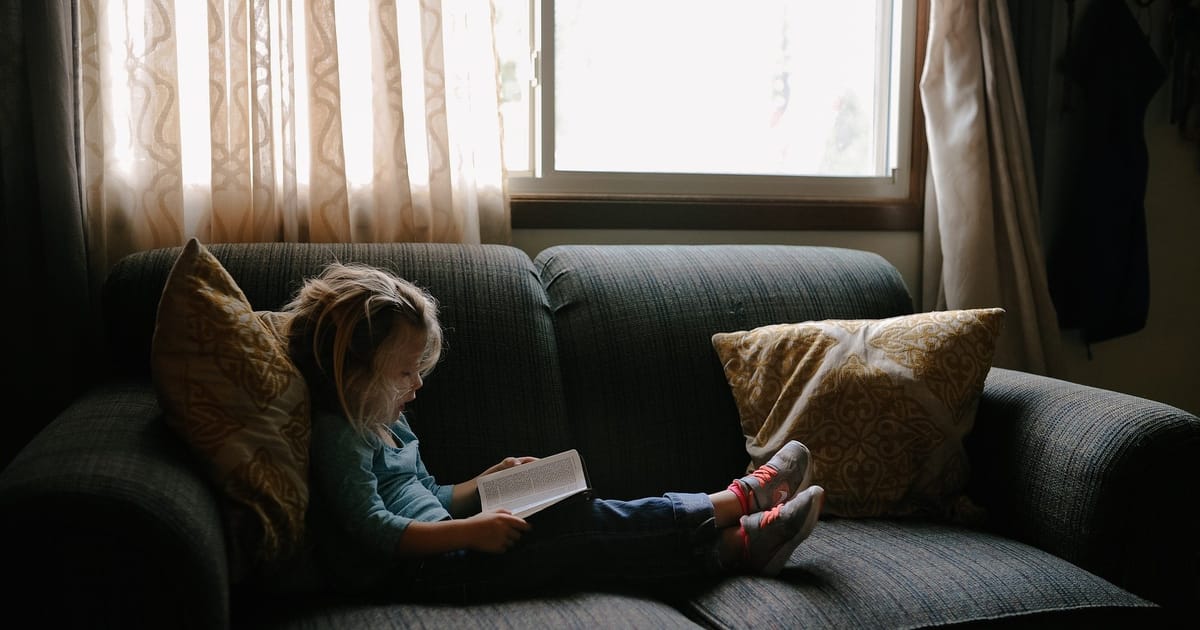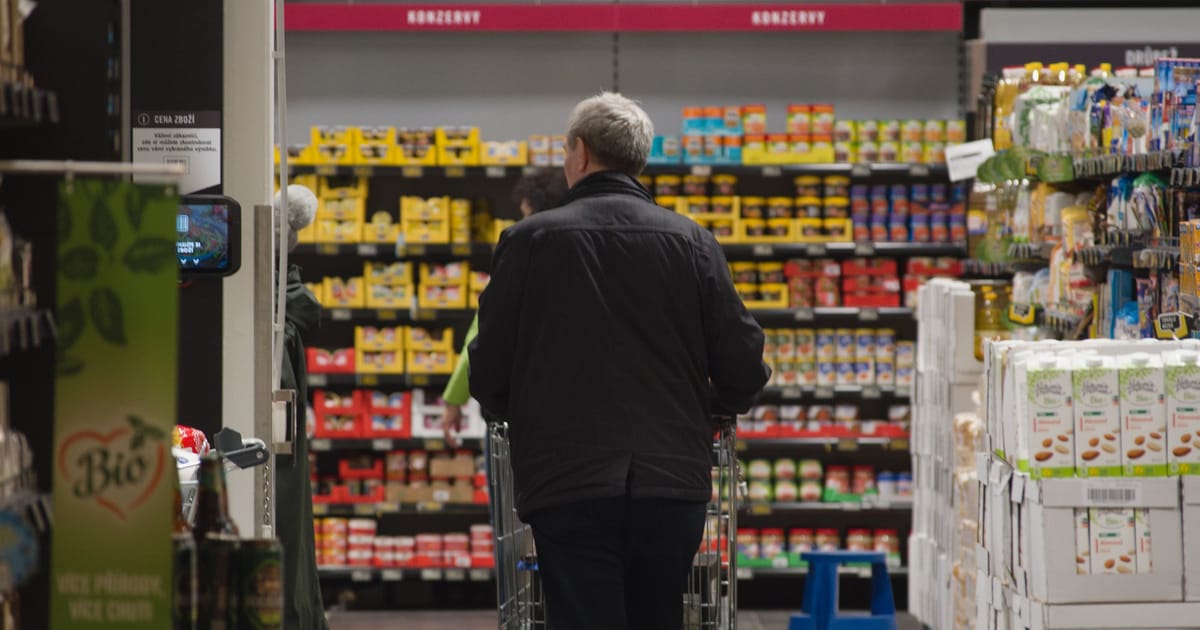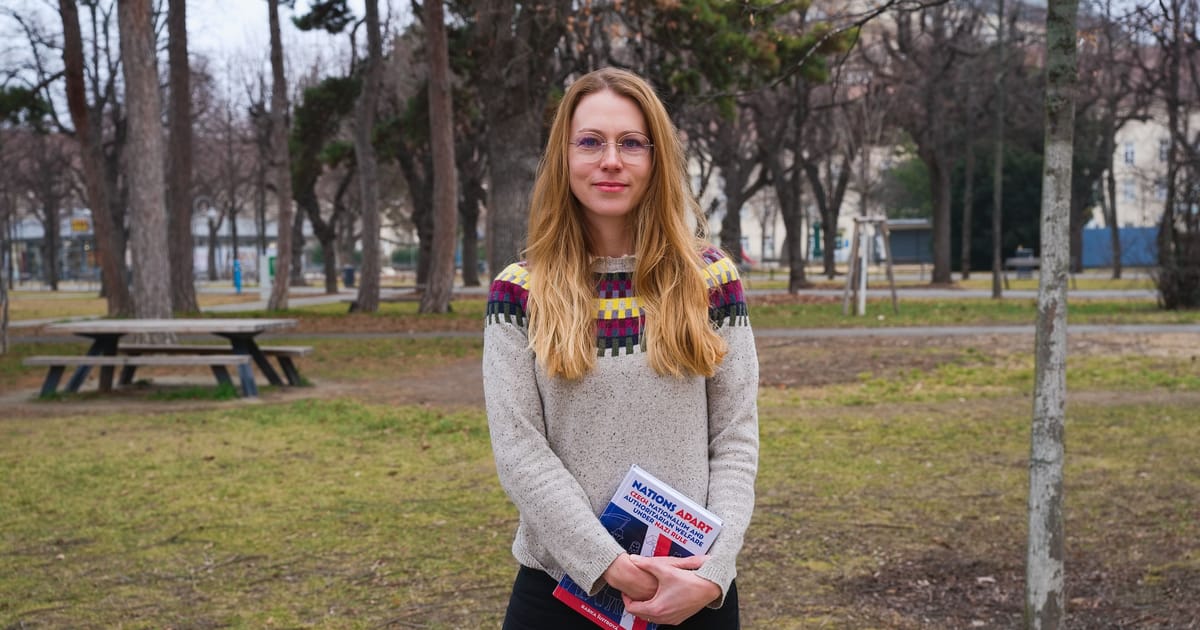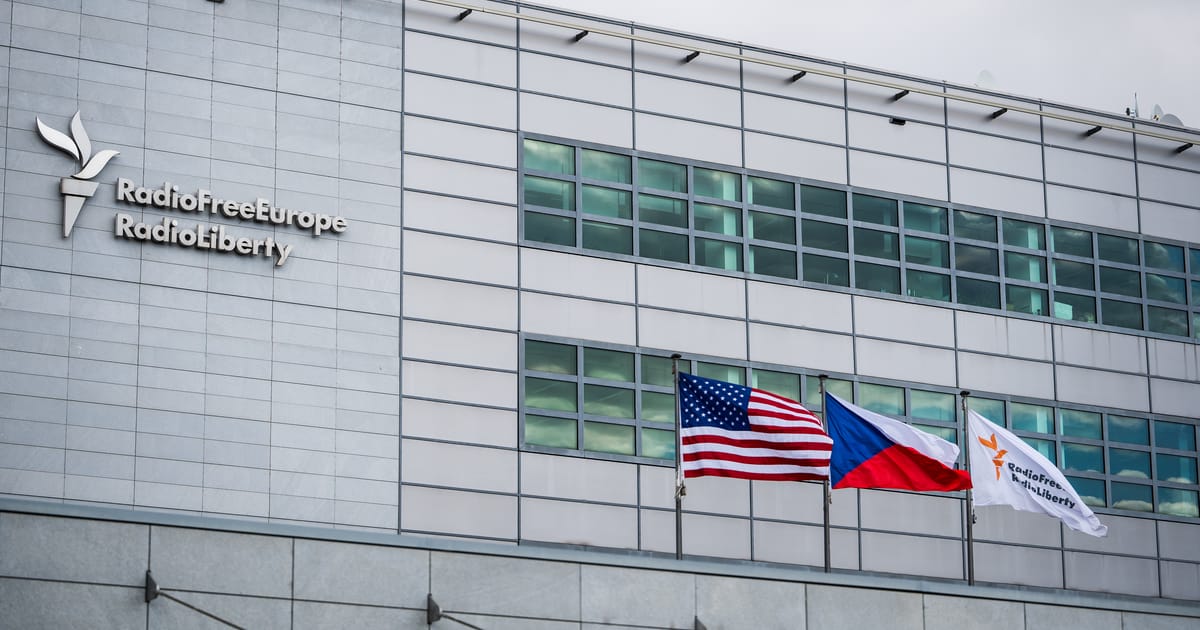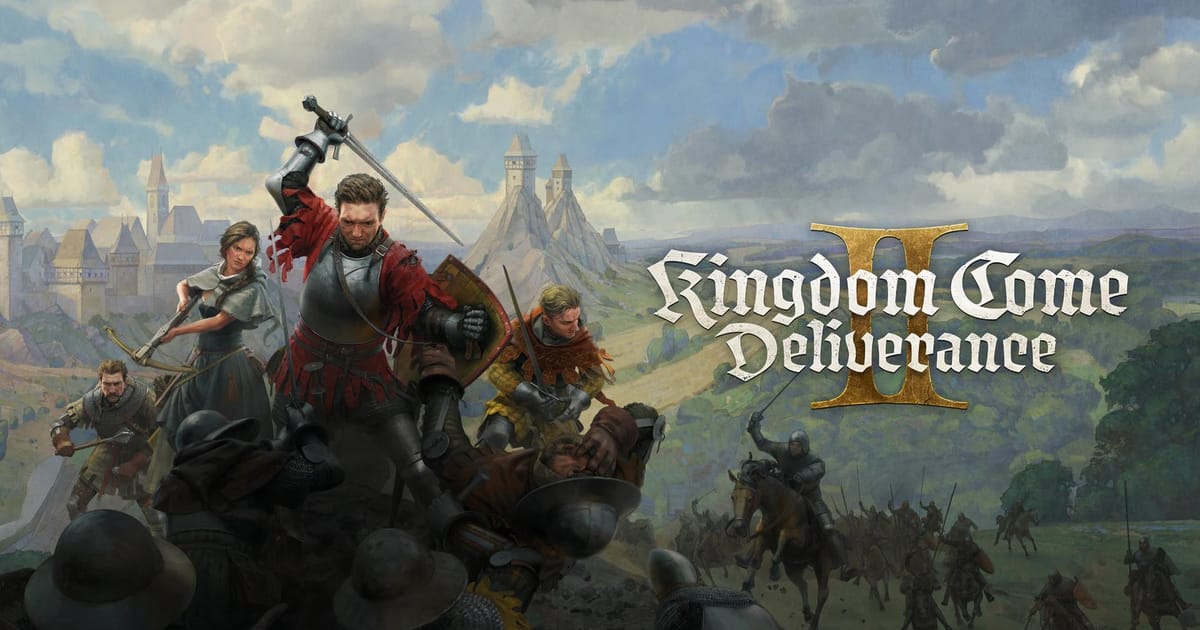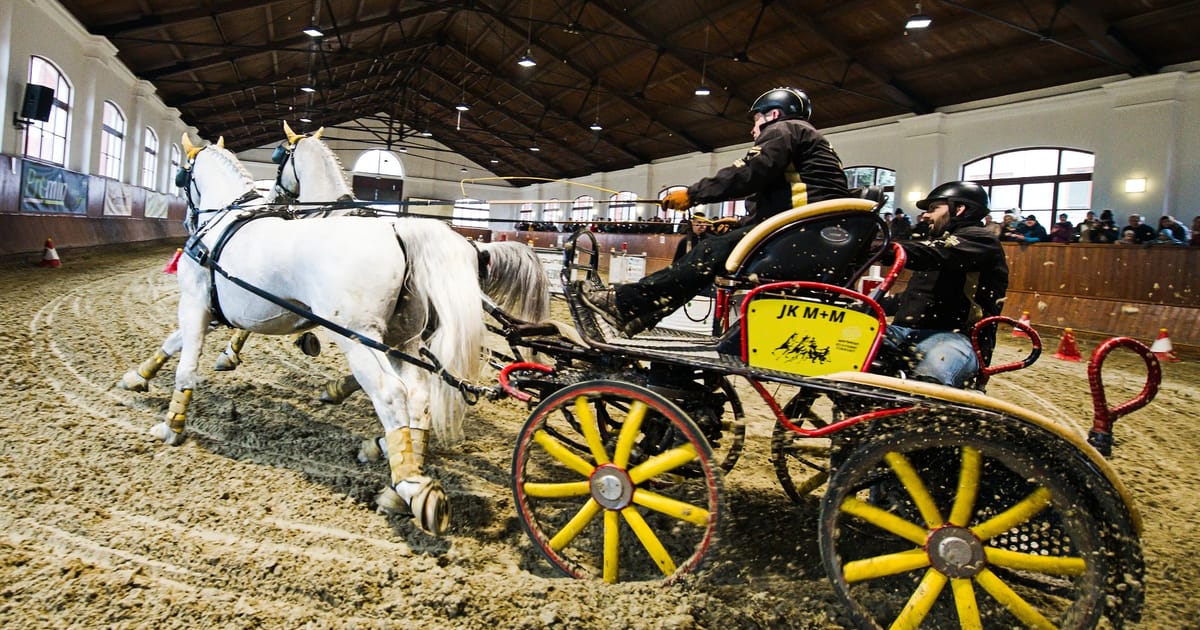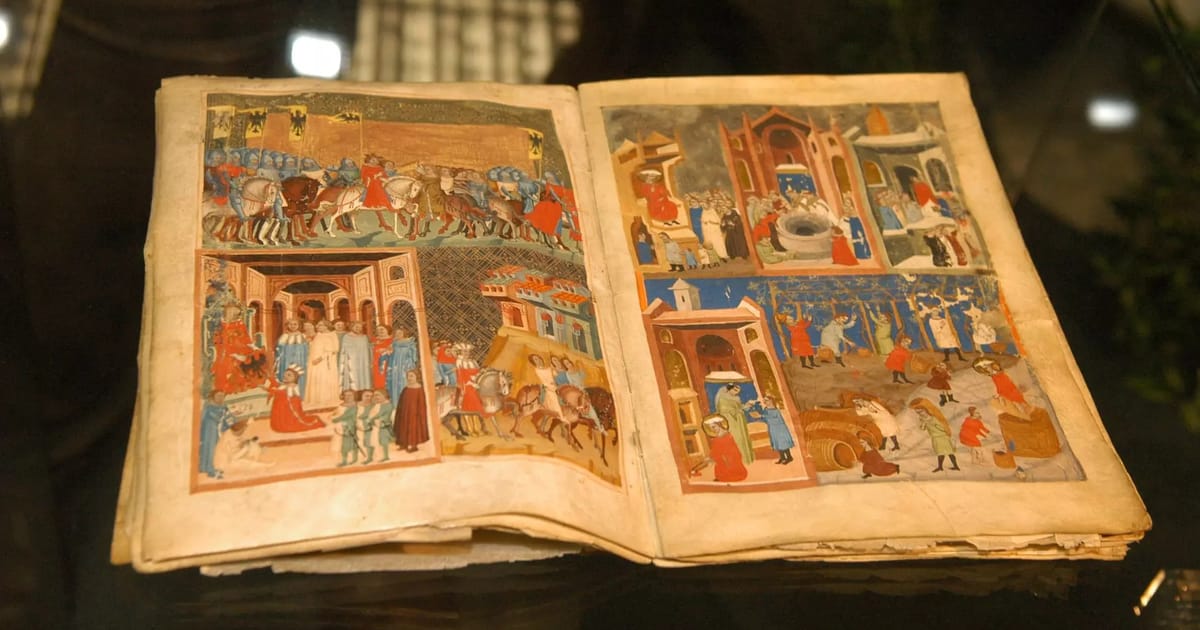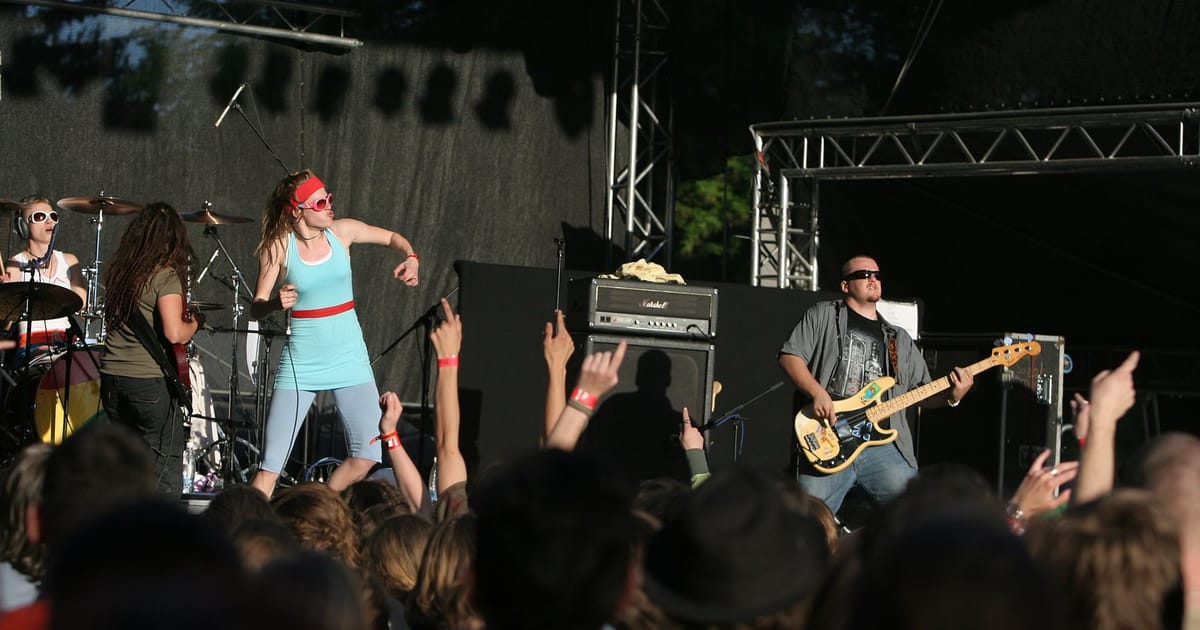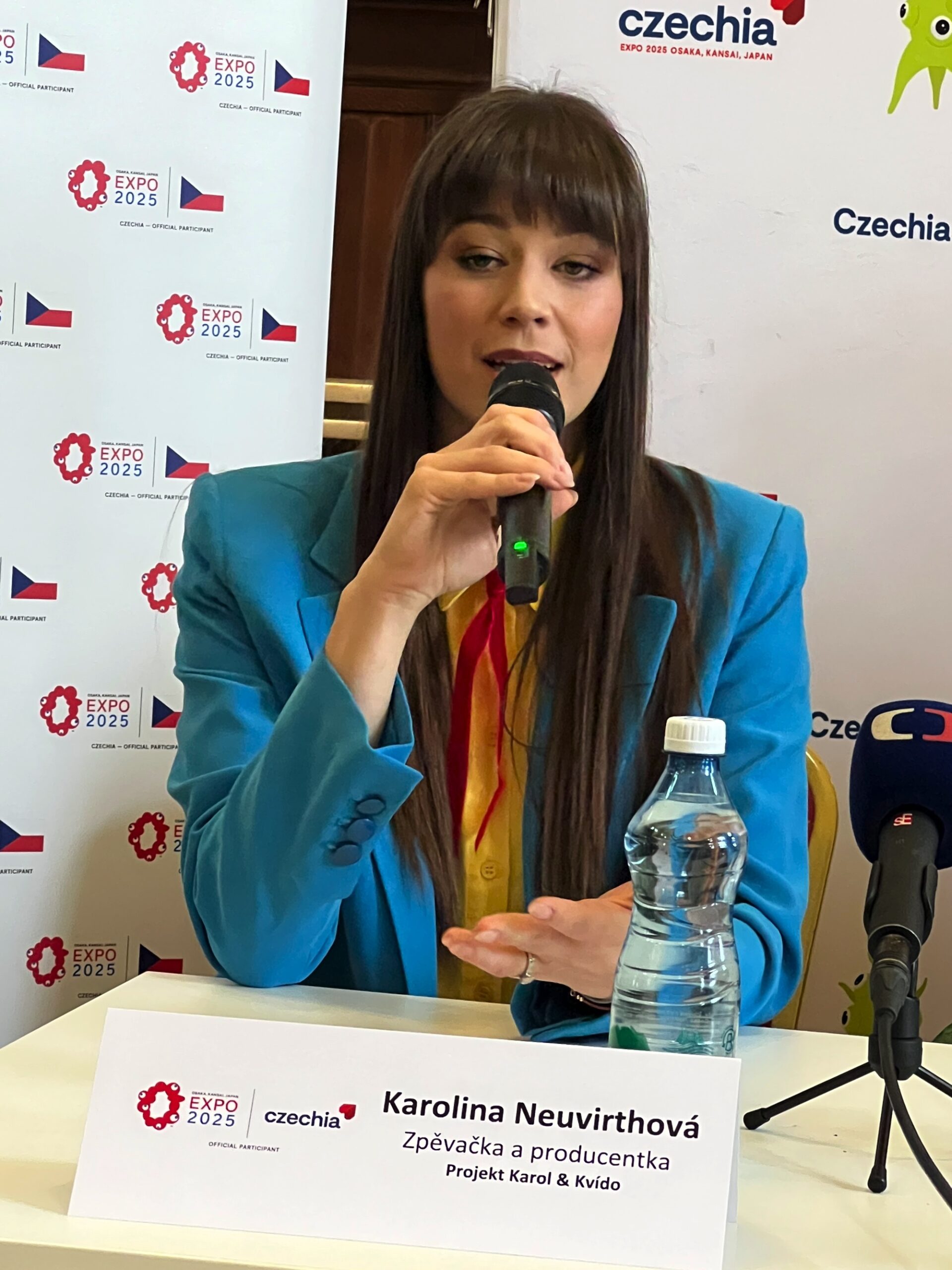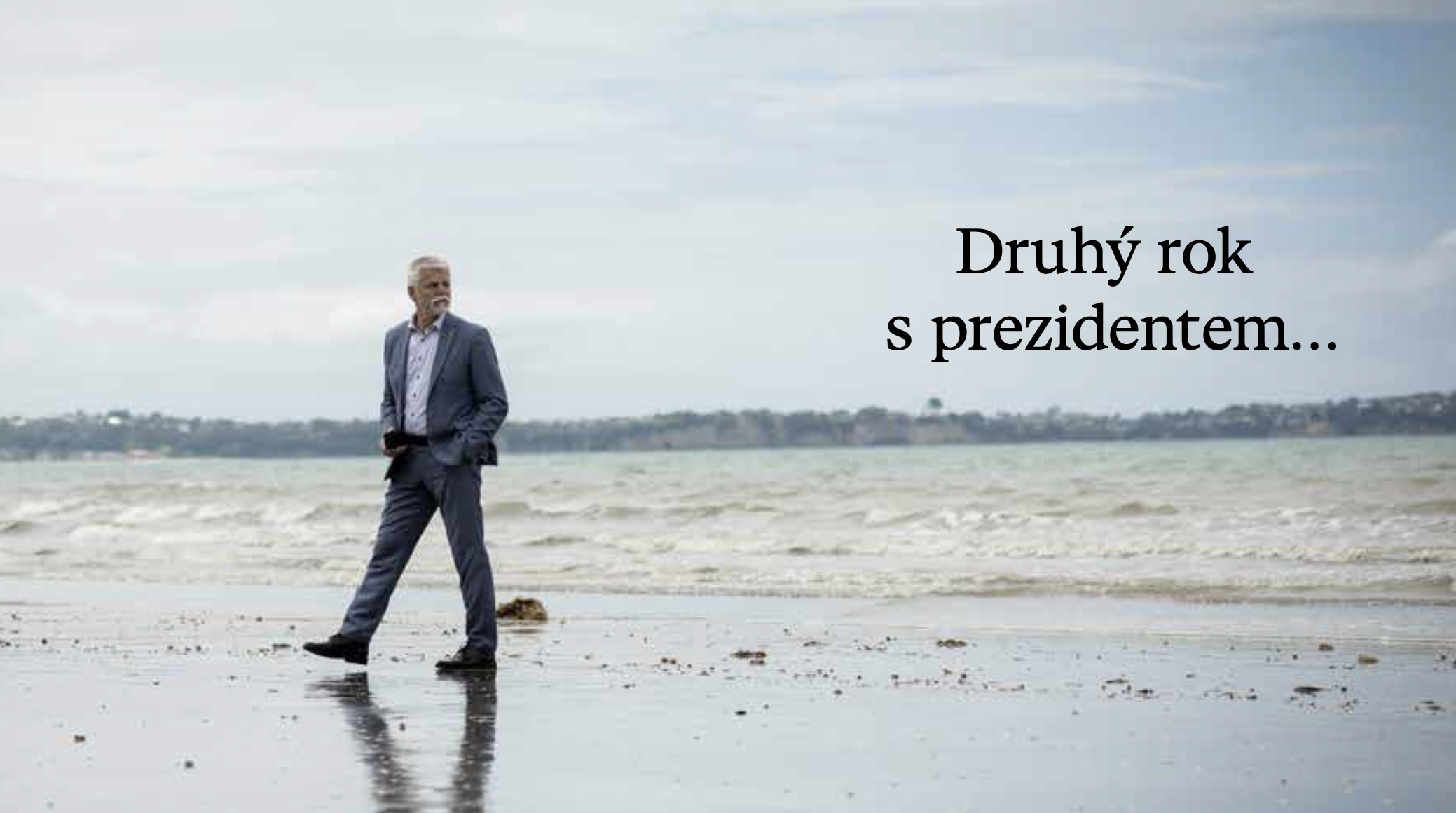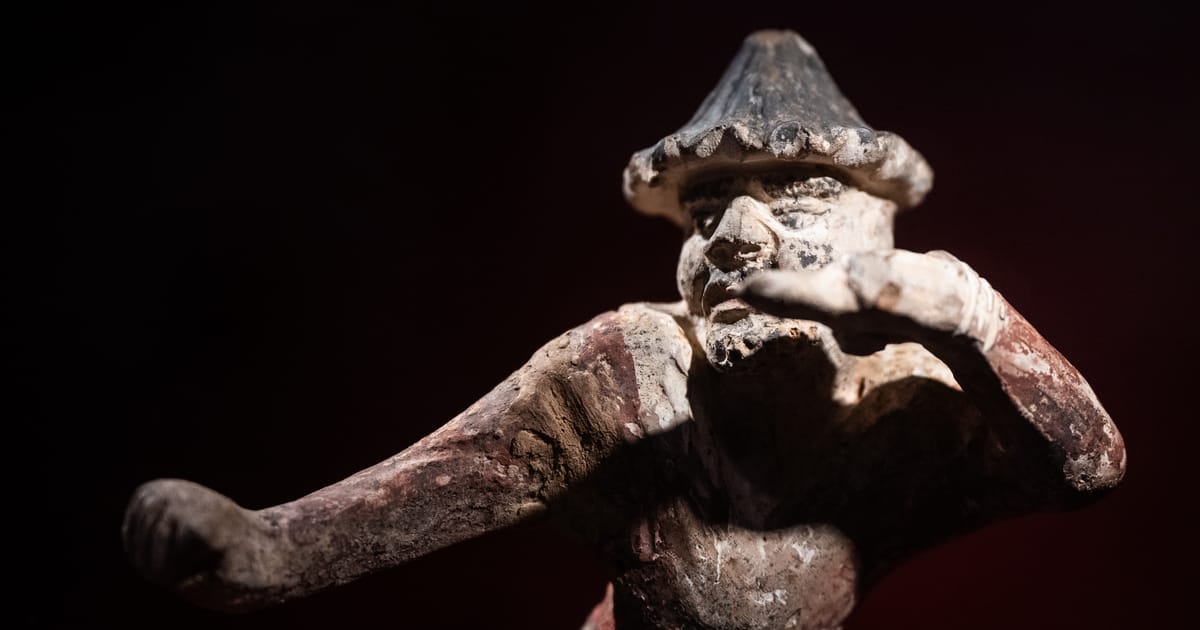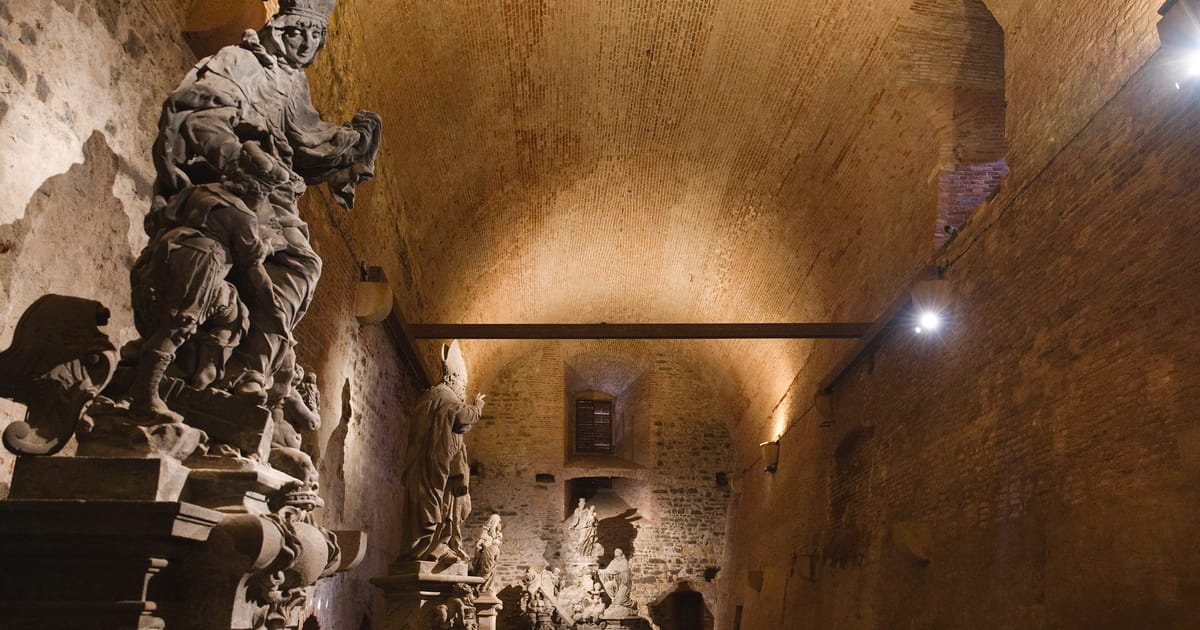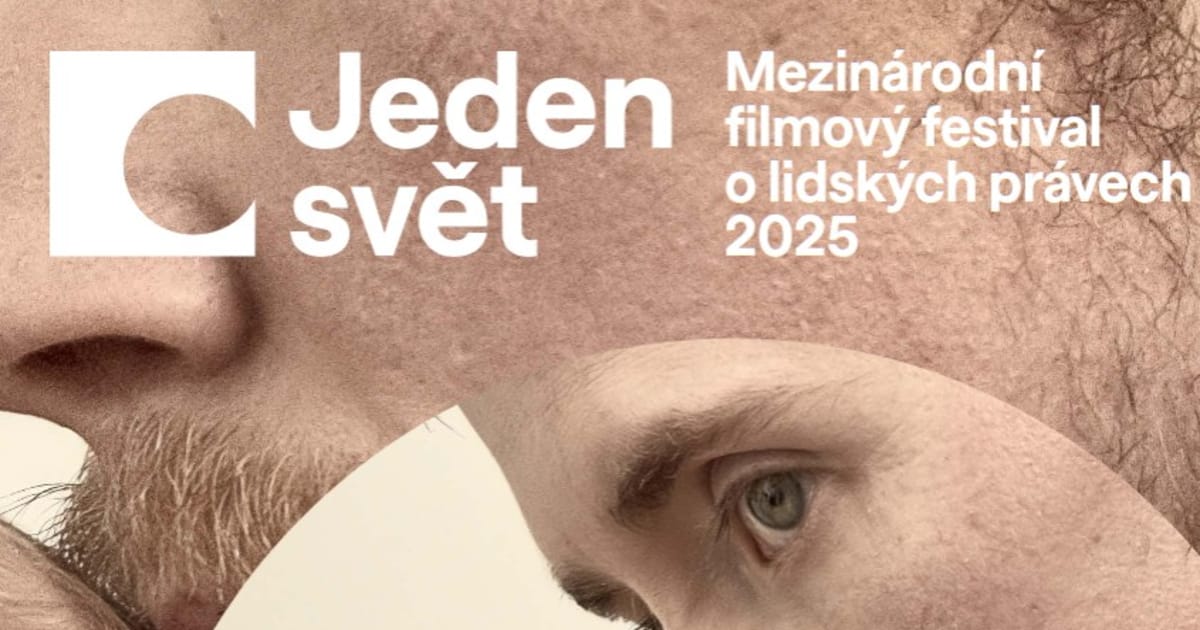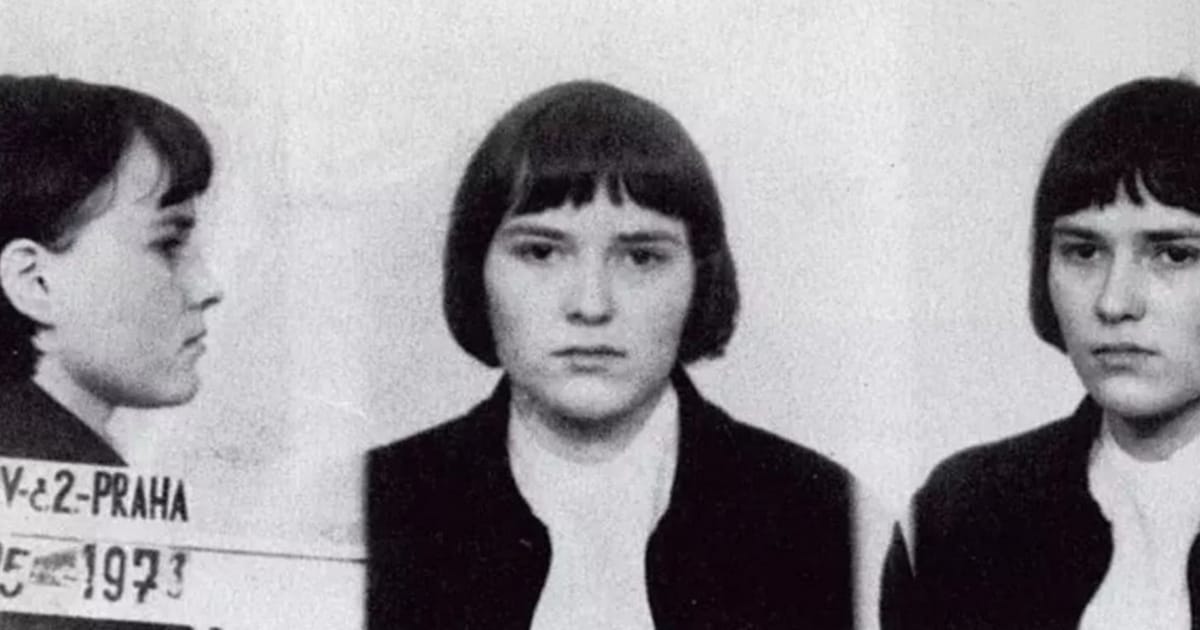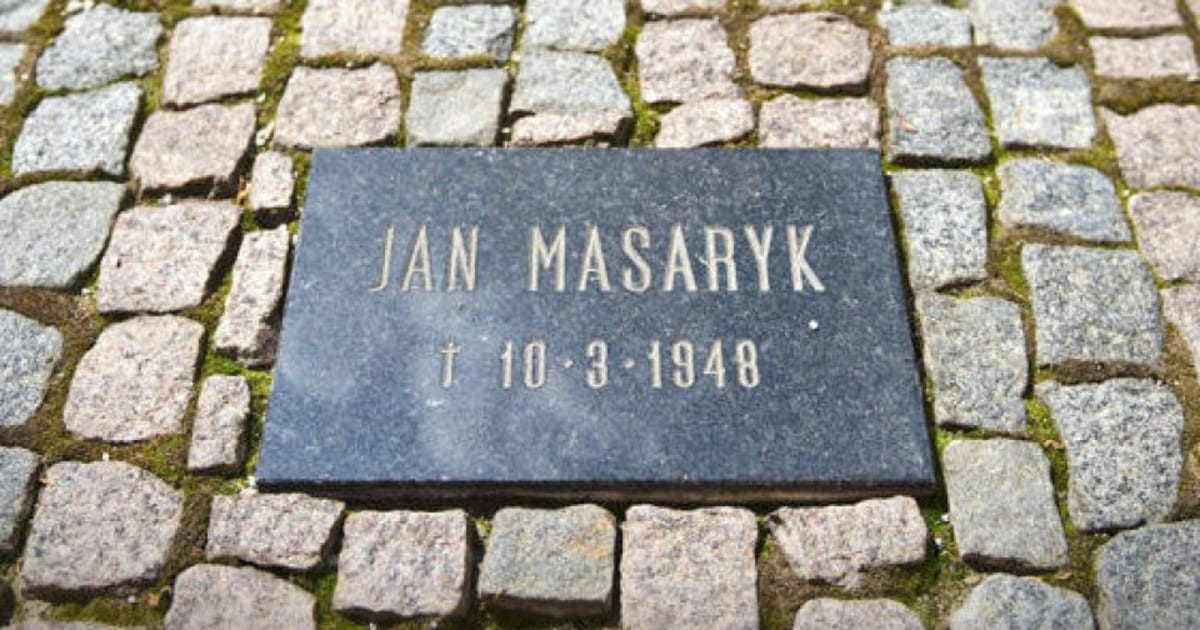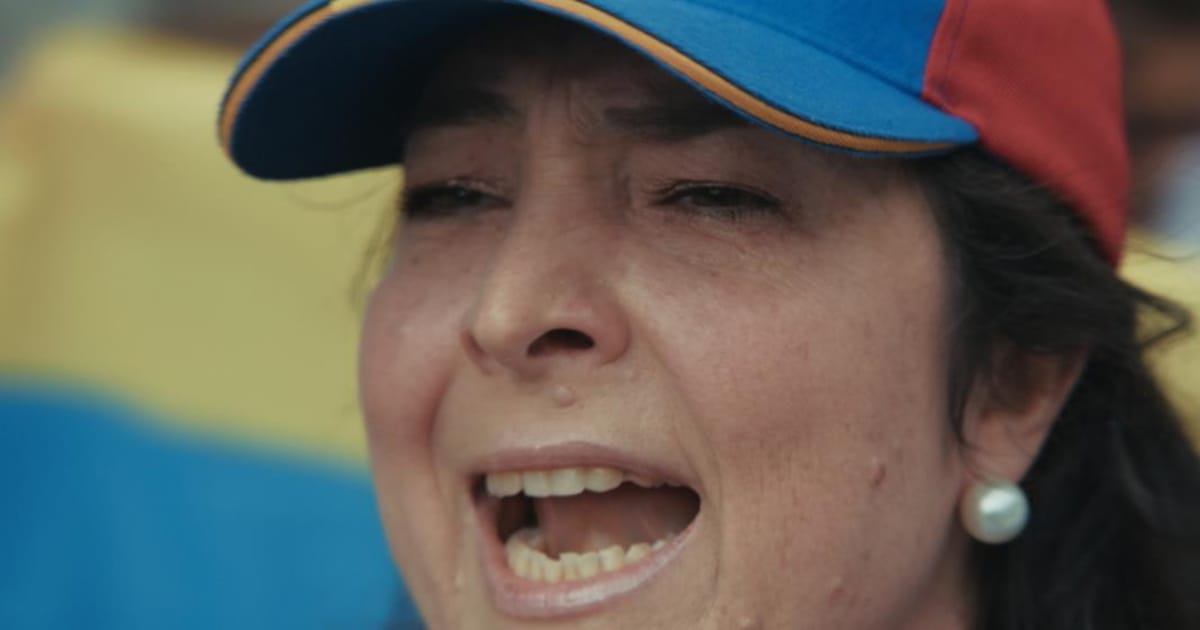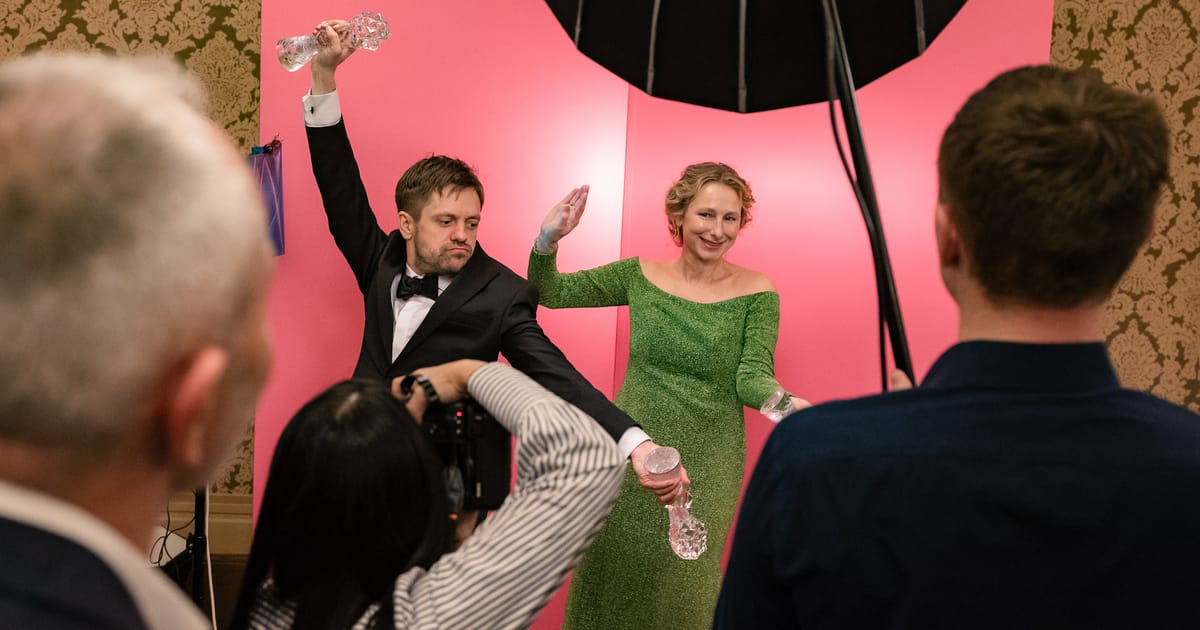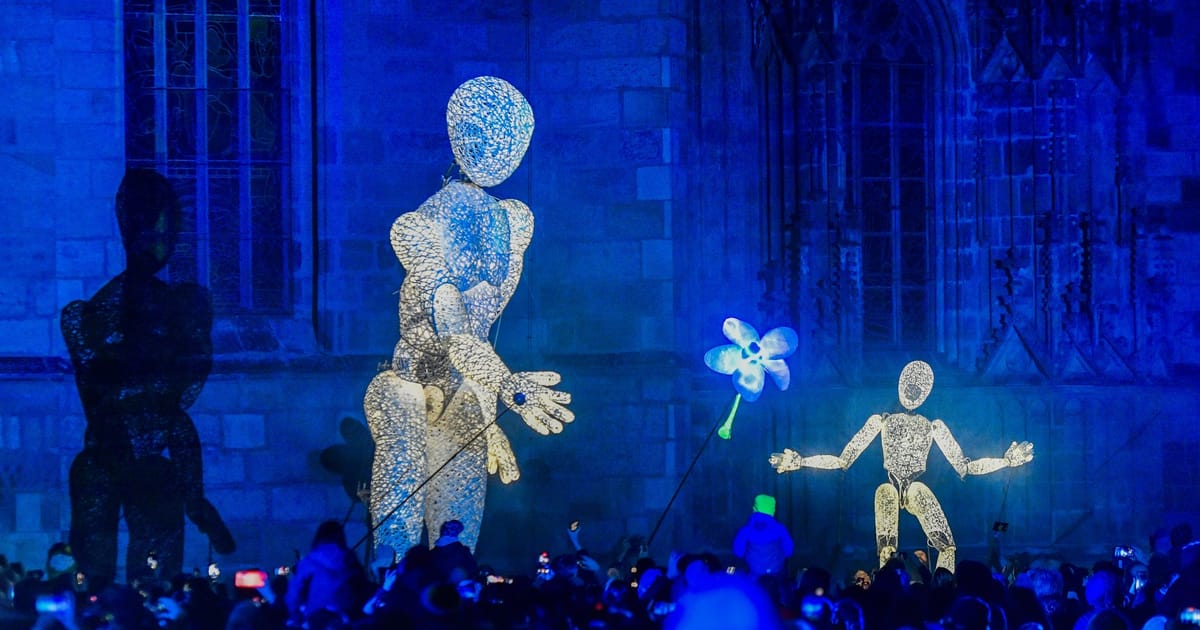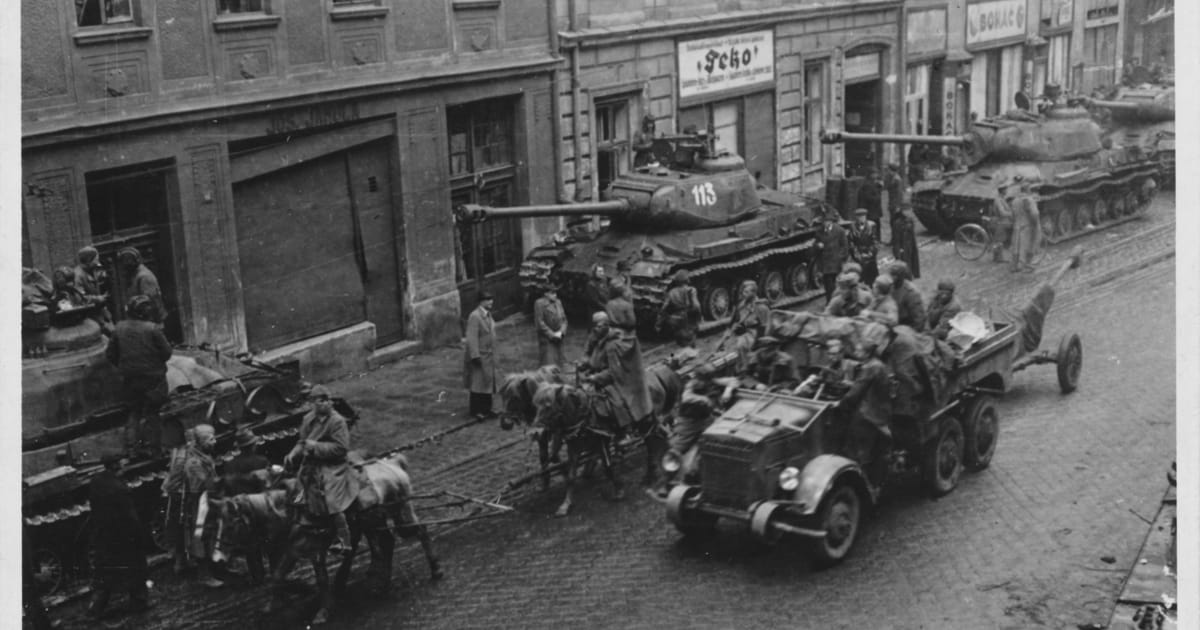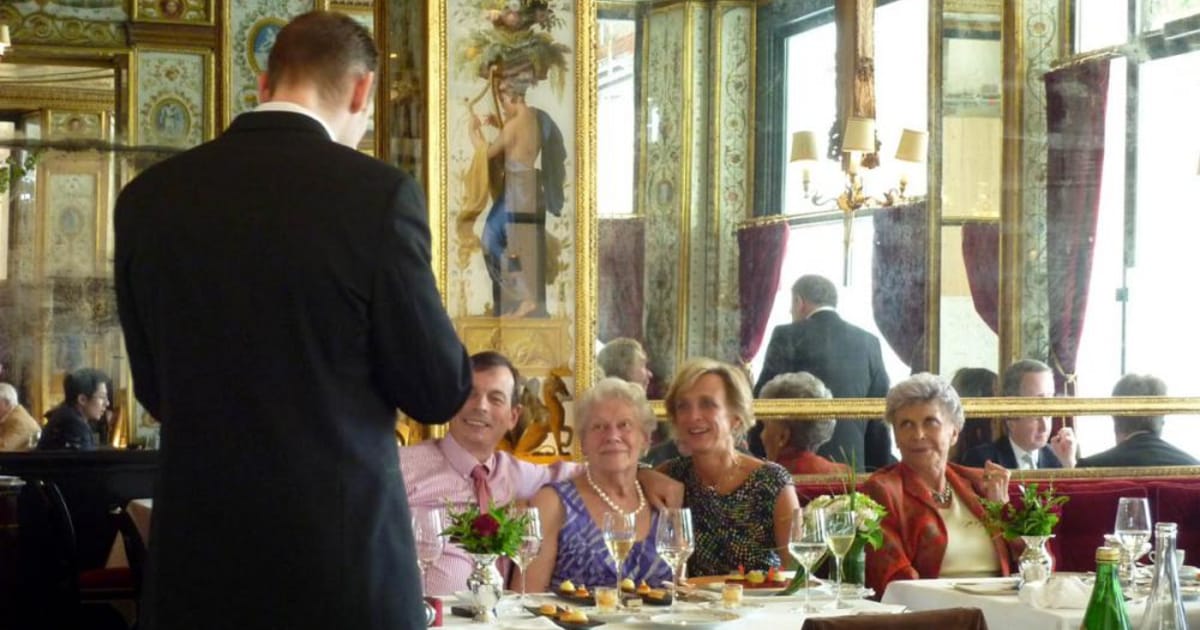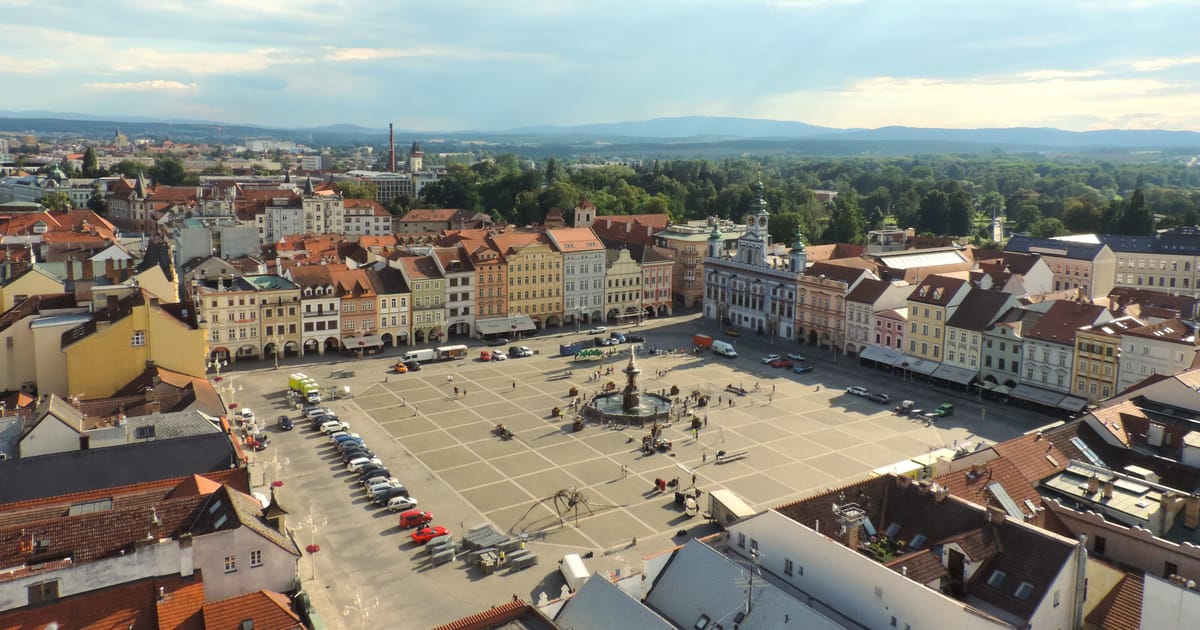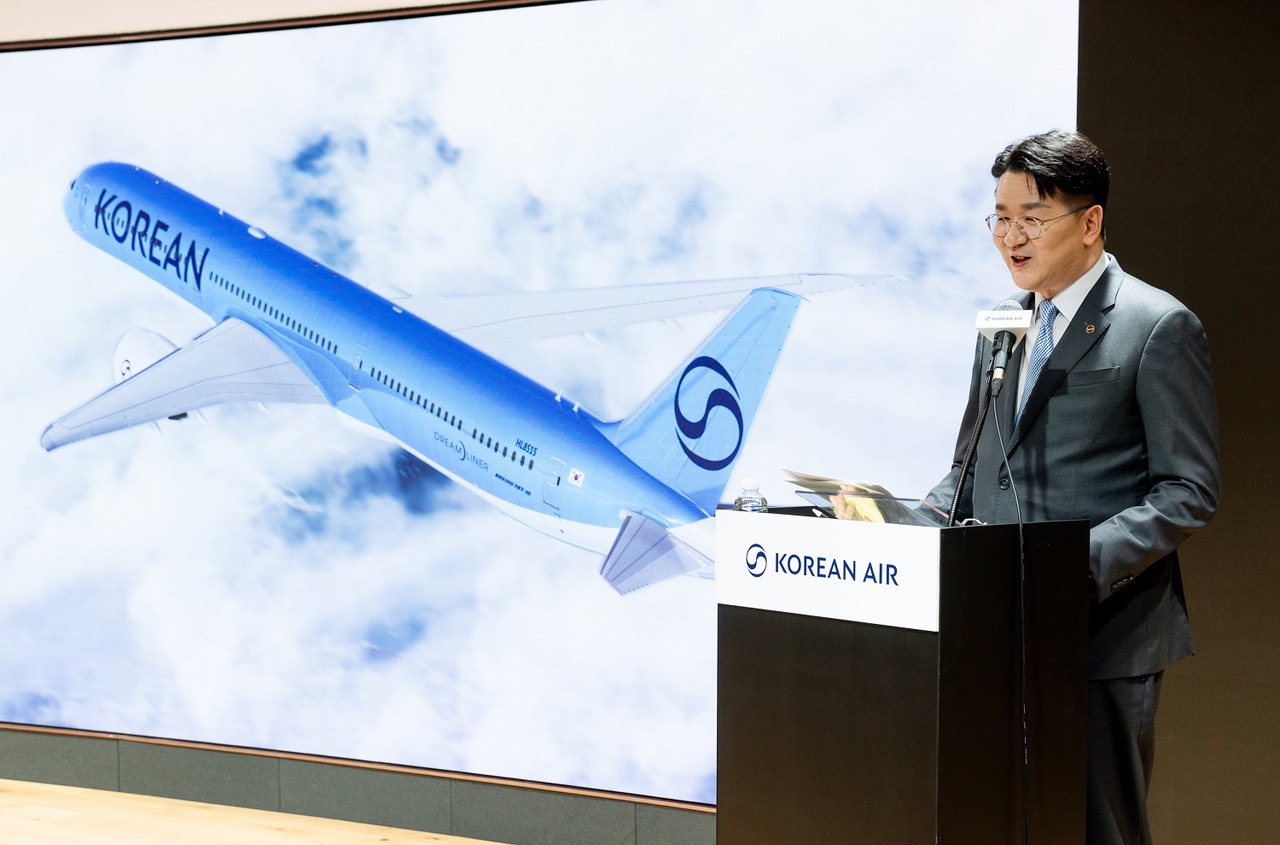
Korean Air has introduced its new corporate identity on March 11, revealing a modernized version of its signature Taegeuk symbol.
The unveiling took place at the airline’s headquarters hangar in Seoul during an exclusive event titled “Rising Night.” Approximately 1,000 guests, including employees, industry leaders and media representatives, attended the event.
The redesigned deep blue Taegeuk symbol, displayed prominently during the event, reflects Korean Air’s heritage while embracing contemporary aesthetics. The updated logo aligns with modern and global minimalist branding trends while preserving the airline’s distinct identity.

The accompanying logotype, “KOREAN AIR,” positioned next to the Taegeuk symbol, combines the airline’s national prestige with a refined visual identity. Featuring subtle brushstroke-inspired details, smooth curves and open connections, the design offers a modern interpretation of Korean elegance.
Adding to the excitement, Korean Air also unveiled its new aircraft livery. As the curtain lifted, a Boeing 787-10 featuring the new design was revealed. This aircraft, registered as HL8515, showcases the airline’s latest Prestige Suites 2.0 cabin interiors and is set to enter service on March 12, operating from Seoul Incheon to Tokyo Narita.
Korean Air’s new livery showcases a bold “KOREAN” logotype, symbolizing its confidence as South Korea’s flagship carrier. The modern design features an enlarged logo and symbol for greater visual impact while maintaining overall balance. While preserving its signature sky-blue color, the airline has introduced a newly developed paint for a metallic effect to enhance its premium image. The traditional cheatline has been removed, replaced by a smooth, flowing curve that sweeps across the fuselage, creating a more refined and contemporary look.

During his address, Walter Cho, Chairman and CEO of Hanjin Group and Korean Air, shared his vision for the airline’s future. “As a unified Korean Air, we are committed to more than just transportation—we aim to connect people, cultures and the world through the skies. With this foundation, we will build an industry-leading safety system, elevate the customer experience and strengthen trust through open communication with all stakeholders. Together, we’ll create a more connected and better world.”
He continued, “With the full integration of Asiana Airlines, our role as Korea’s flagship carrier has grown even more significant. We will bring together our expertise, refine our strengths and unite cultures to create an innovative, unmatched airline experience.”
■ First logo change in 41 years: Honoring the Taegeuk legacy
Korean Air’s new logo integrates the Taegeuk symbol with the logotype “KOREAN AIR.” The symbol is rendered in dark blue, reinforcing the airline’s prestigious identity.
Korean Air’s New Corporate Identity (CI)
The new branding includes three variations: the full logo featuring both the Taeguk symbol and “KOREAN AIR,” a simplified version displaying only “KOREAN,” and a standalone Taegeuk symbol option.
To further enhance brand consistency, Korean Air introduced a three-dimensional (3D) motif inspired by the flowing curves of the Taegeuk design. The motif, featuring the airline’s signature light blue with accents of red, will appear on key customer touchpoints such as check-in screens, mobile SKYPASS cards and the airline’s website. Additionally, two-dimensional (2D) patterns, inspired by Korea’s landscapes, Taegeuk curves and traditional “Jogakbo” patchwork will be used on textiles and printed materials where 3D applications are not feasible.
Korean Air has also developed a proprietary typeface and iconography, reflecting the logotype’s design elements. These new visual assets will be gradually introduced across airport facilities, lounges and inflight environments.
This marks the first major brand update since 1984 when Korean Air introduced the Taegeuk symbol. Recognized globally, it remains a powerful representation of both the airline and the nation. The new corporate identity will be phased in across aircraft liveries, inflight services and key customer interaction points.

■ Elevating the inflight experience: New menus and upgraded services
Earlier today, Korean Air unveiled its newly upgraded inflight meals at Grand Hyatt Incheon. Designed to align with the airline’s new corporate identity, these enhancements aim to elevate the premium travel experience through refined dining and service offerings.
Korean Air has collaborated with Chef Seakyeong Kim, owner of Cesta in Seoul, to curate an exclusive selection of fine-dining-inspired meals. Featuring seasonal ingredients and innovative culinary techniques, these new dishes bring a gourmet experience to the skies.
For premium classes, expanded selections of amuse-bouche and appetizers create a more immersive tasting experience, while newly introduced main courses and desserts—such as Papillote and Petit Four—add both culinary sophistication and visual appeal.
Highlighting Korean culinary heritage, the airline has also developed signature dishes such as octopus nurungji rice, beef brisket bibimbap, abalone rice and royal hot pot (Shinseollo).

Economy-class meals options have been also expanded beyond the traditional beef bibimbap to include salmon bibimbap and spicy stir-fried octopus with pork. Reflecting global culinary trends, the menu now features dishes such as tofu pad thai, spicy eggplant stir-fry and rosé pasta, providing passengers greater variety.
To complement the elevated dining experience, Korean Air has partnered with luxury brands for its premium tableware. First-class passengers will dine on Bernardaud china with Christofle cutlery and Riedel glassware, while Prestige class will feature Armani/Casa dishware and glassware.
For enhanced comfort, first-class bedding will feature premium materials from Italian luxury brand Frette, accompanied by an innovative Air Coil mattress from Eco World. First-class passengers will also receive Frette loungewear for a more relaxing onboard experience.
Premium-class amenity kits, created in exclusive collaboration with British luxury brand Graff, consist of elegant pouches containing skincare products including perfume.
The upgraded inflight dining and service offerings will debut on March 12 across 10 major long-haul routes, including flights to New York, Paris and London. By June, these enhancements will be available on all long-haul routes, followed by a rollout to medium- and short-haul routes starting in September.

About Korean Air
Serving the world for more than 55 years, Korean Air is one of the world’s top 20 airlines, carrying more than 27 million passengers in 2019, pre-COVID. With its global hub at Incheon International Airport (ICN), the airline serves 116 cities in 40 countries on five continents with a modern fleet of 161 aircraft and over 20,000 professional employees.
Korean Air’s outstanding performance and commitment to the highest level of safety and customer service has widely been recognized. The airline has been granted numerous awards including a 5-star airline rating from Skytrax as well as Air Transport World’s Airline of the Year and Cargo Operator of the Year awards.
Korean Air is a founding member of the SkyTeam airline alliance, and has grown into one of the largest transpacific airlines through its joint venture with Delta Air Lines.
Korean Air has four weekly direct flights between Prague and Seoul-Incheon during the summer flight schedule and three weekly flights during the winter flight schedule
